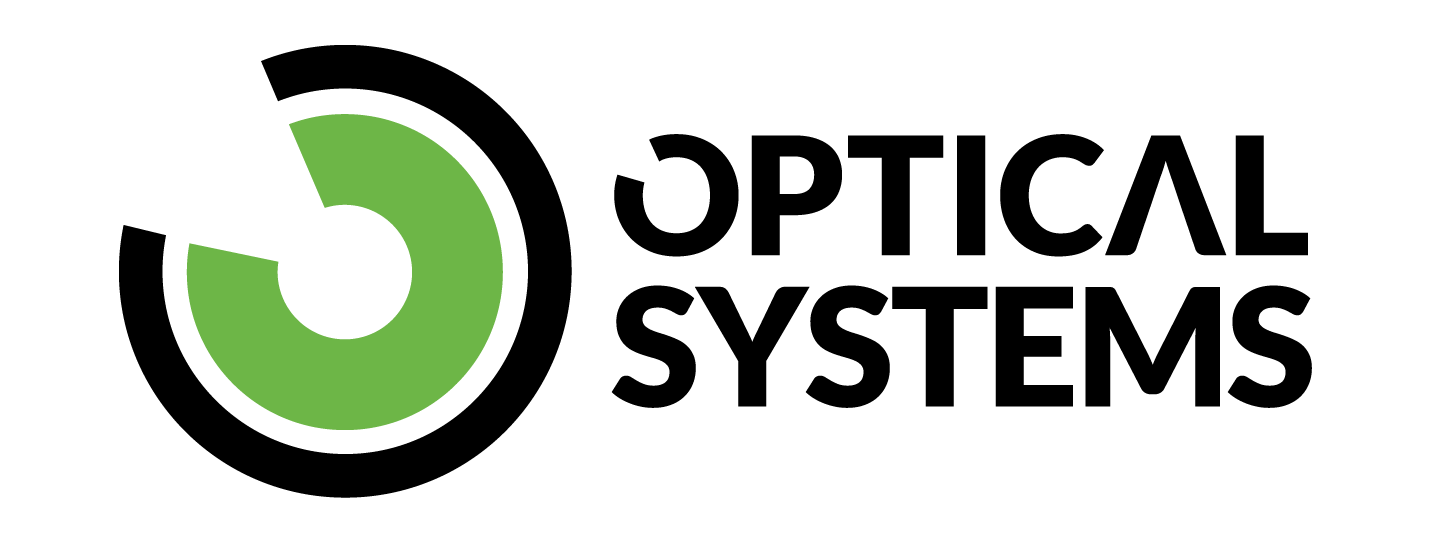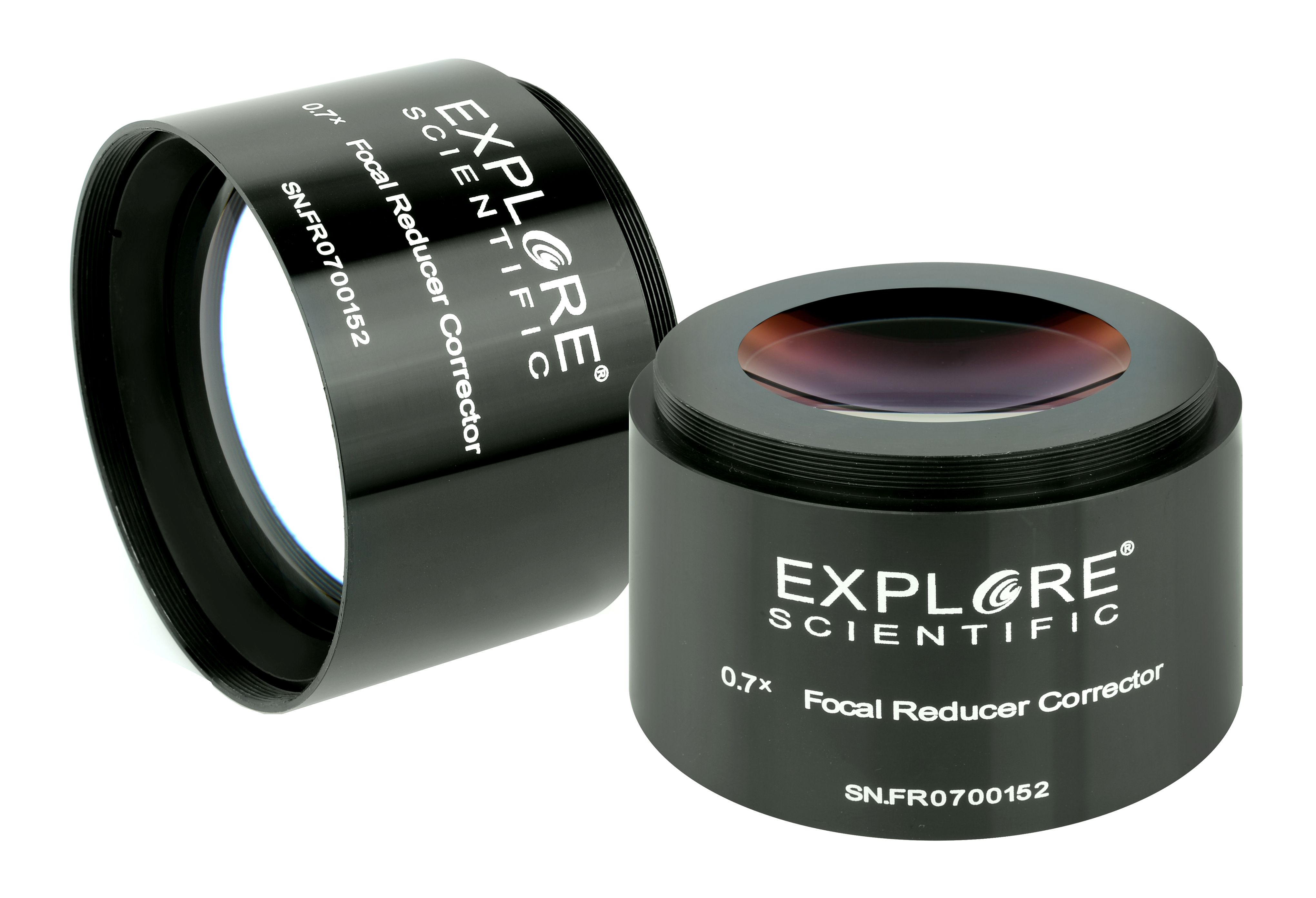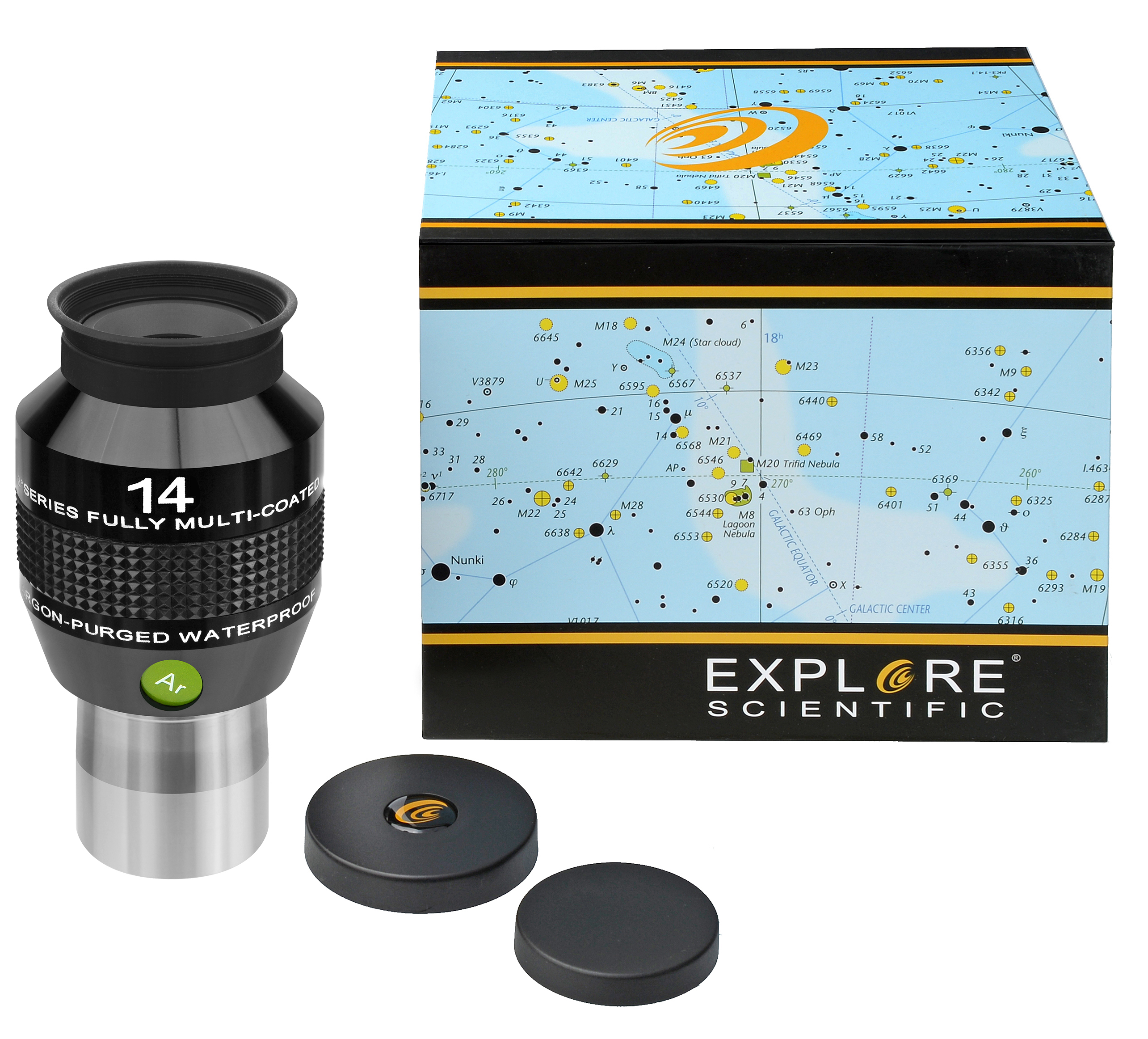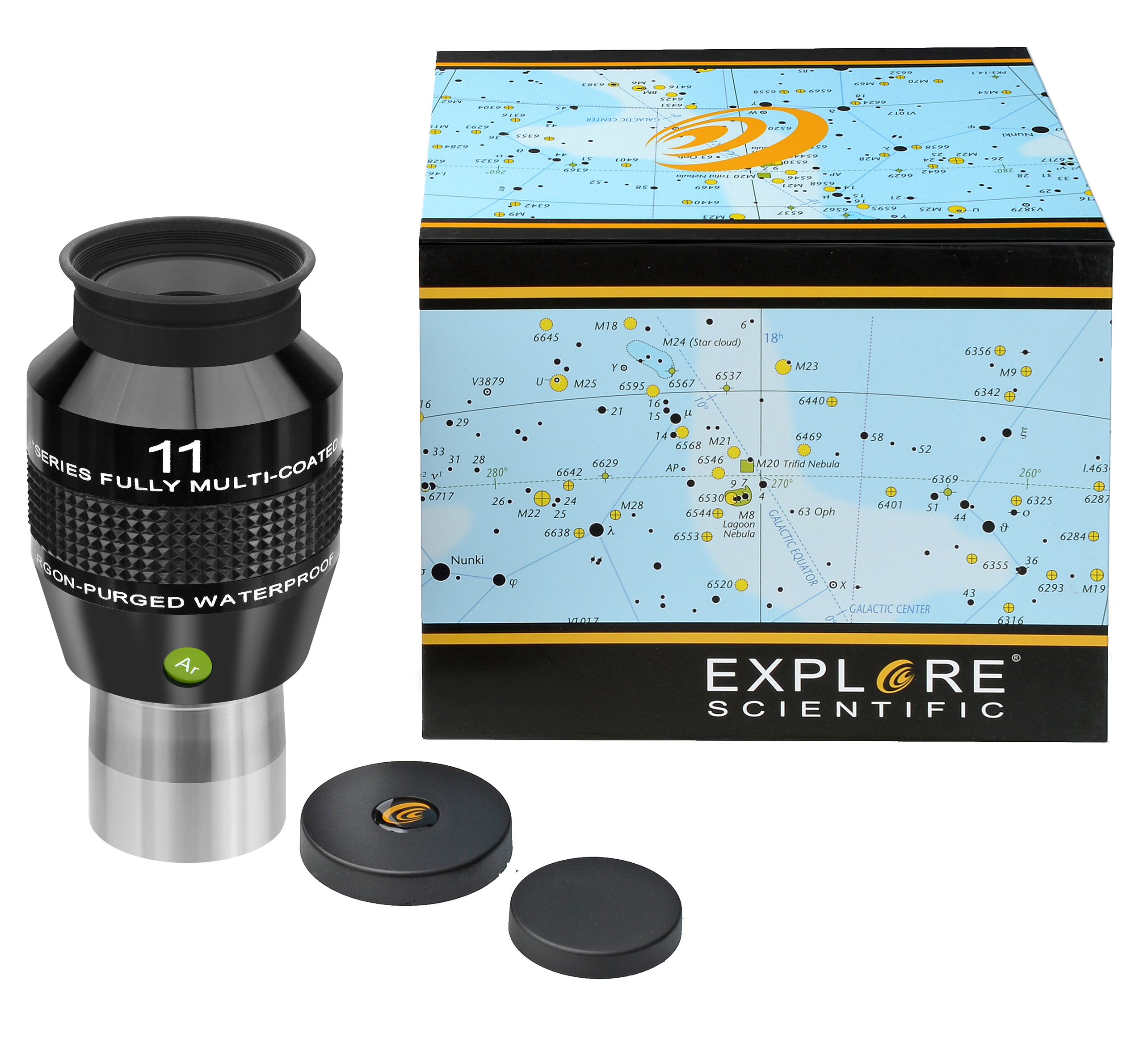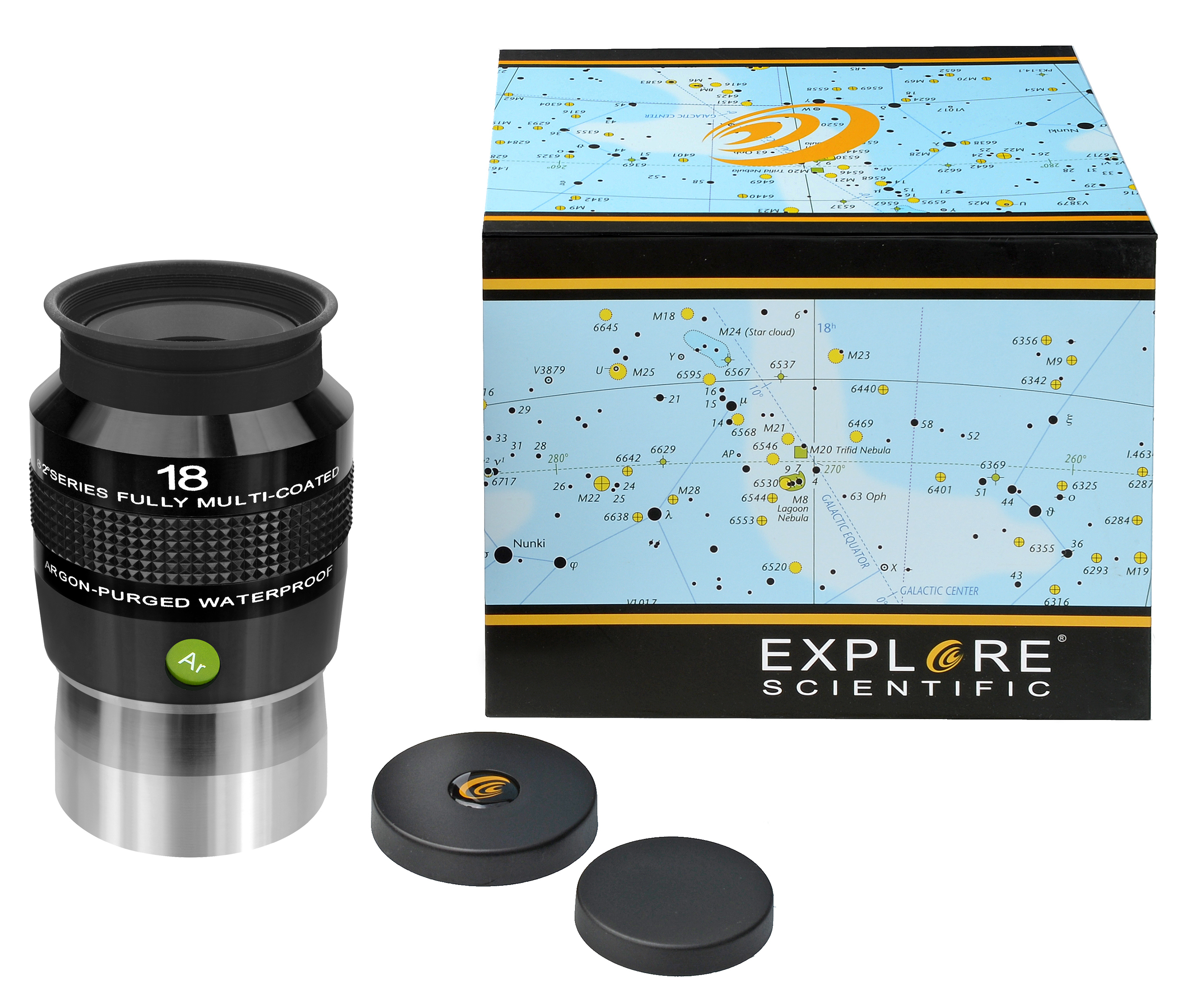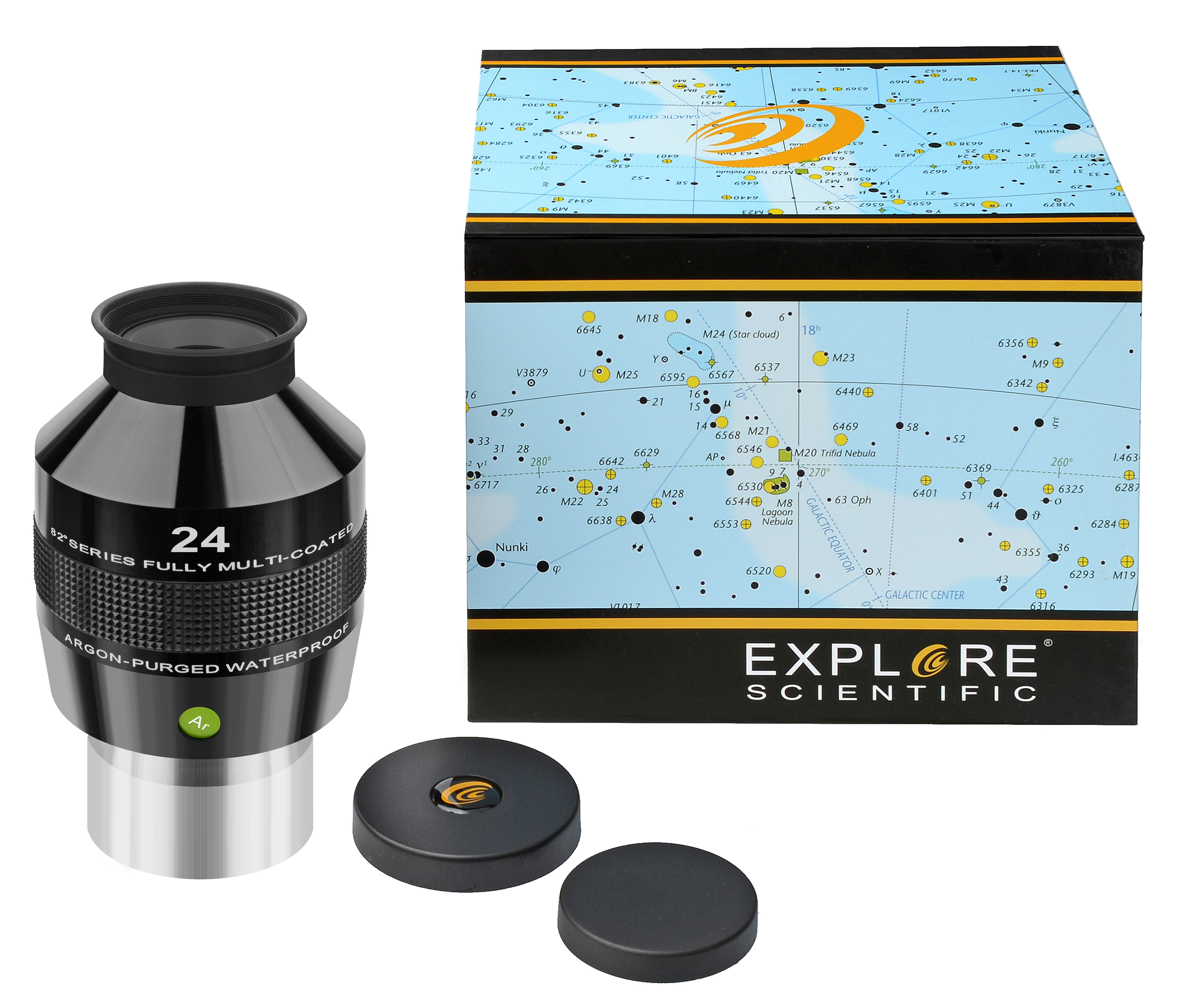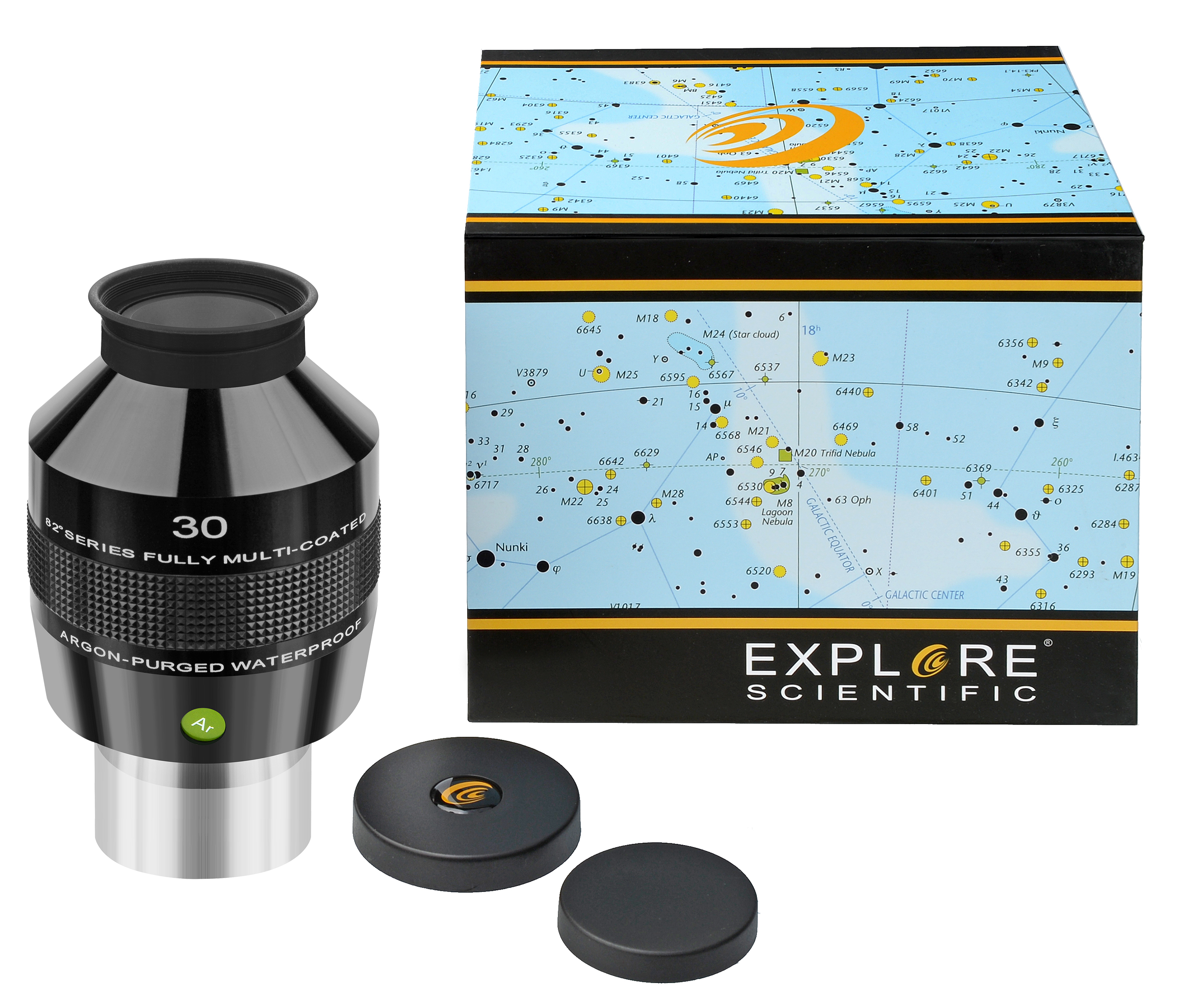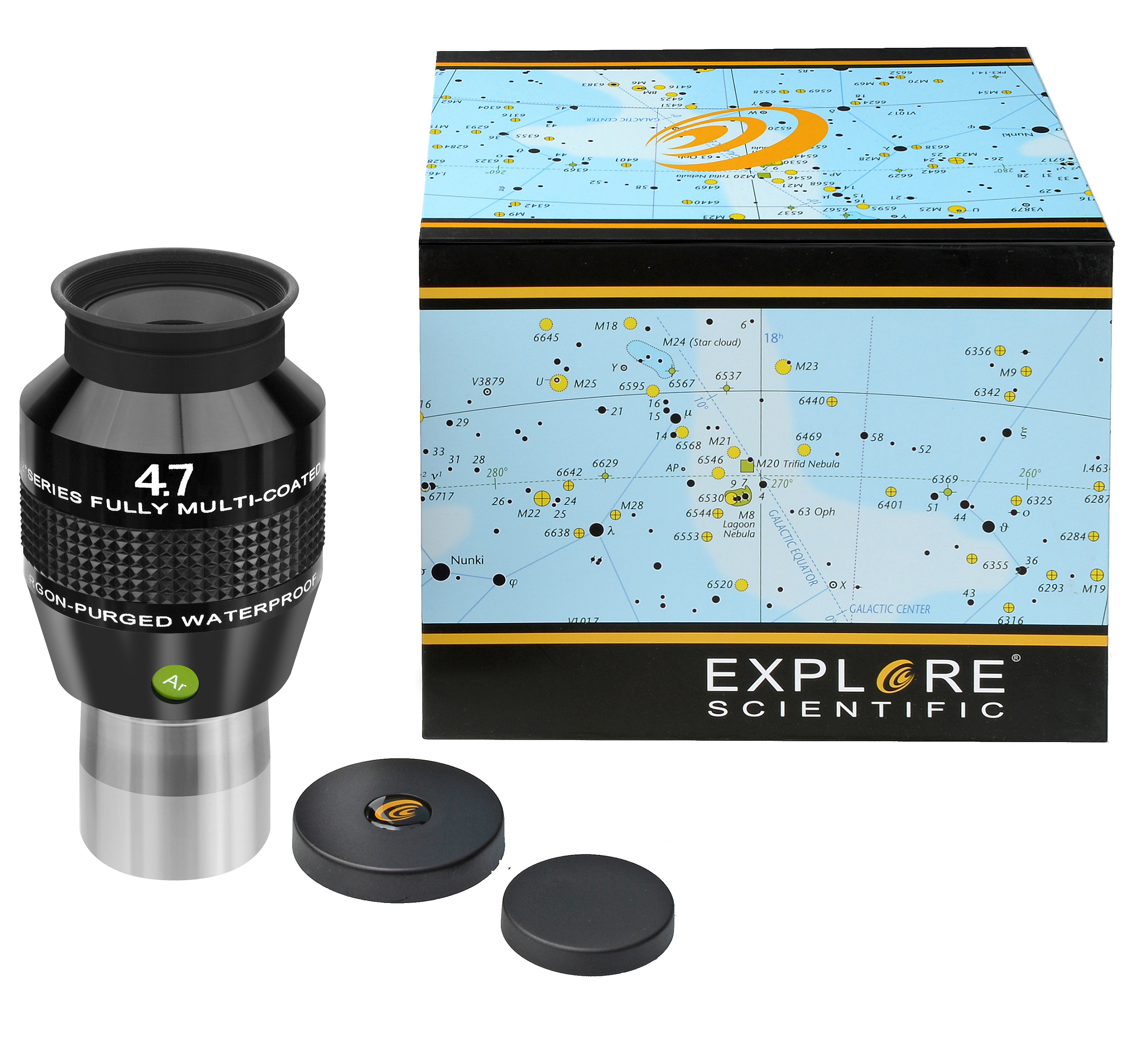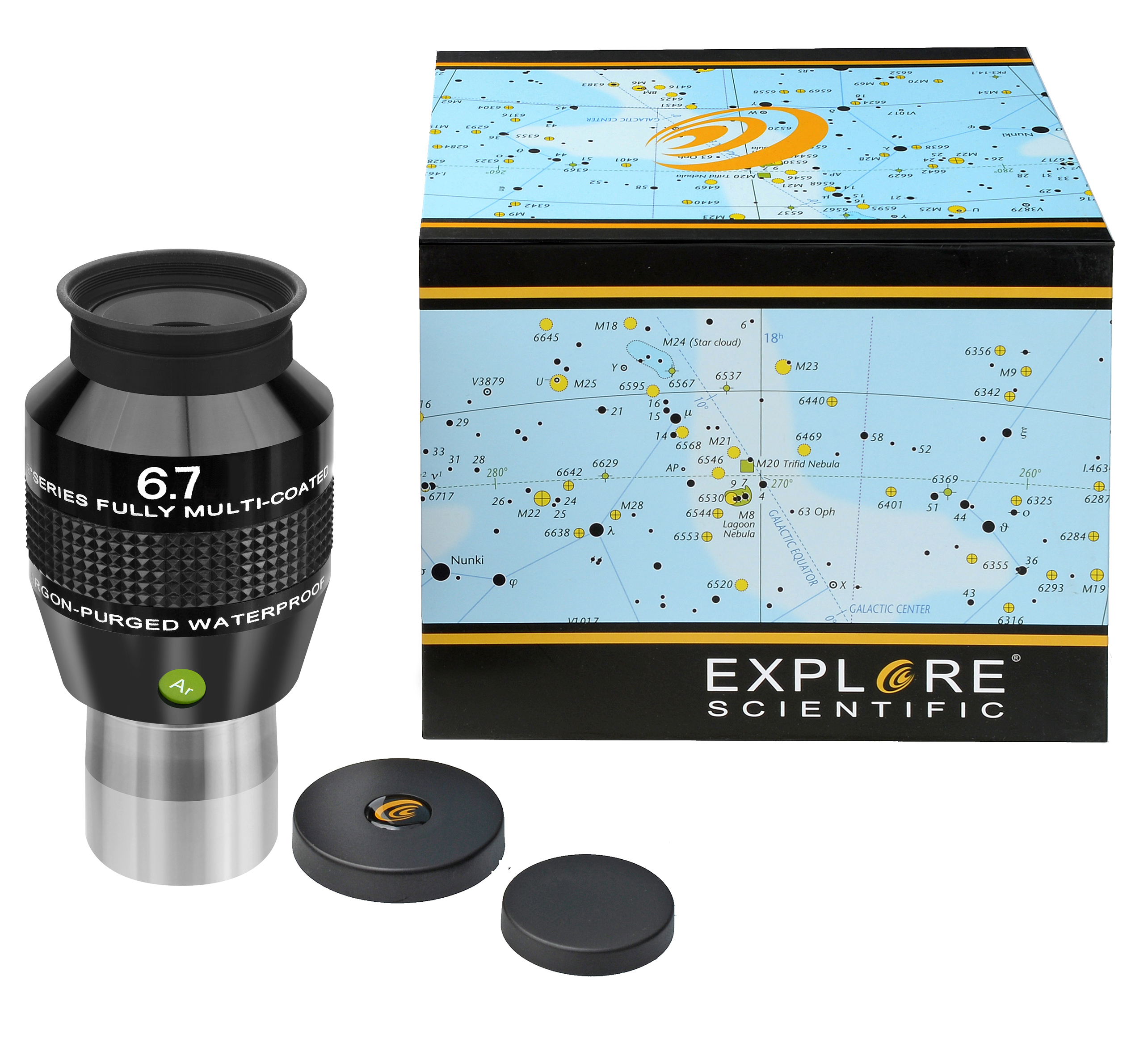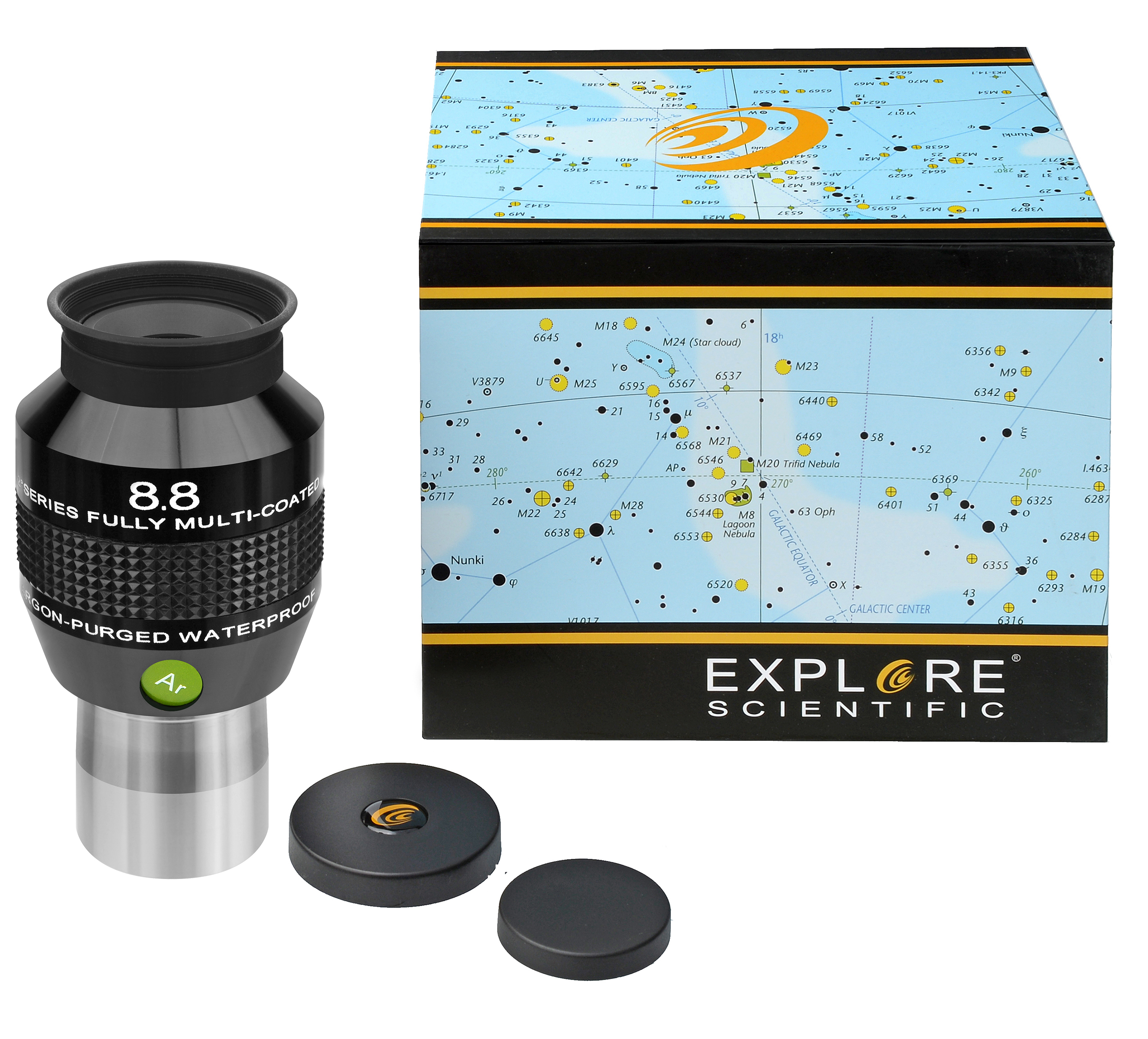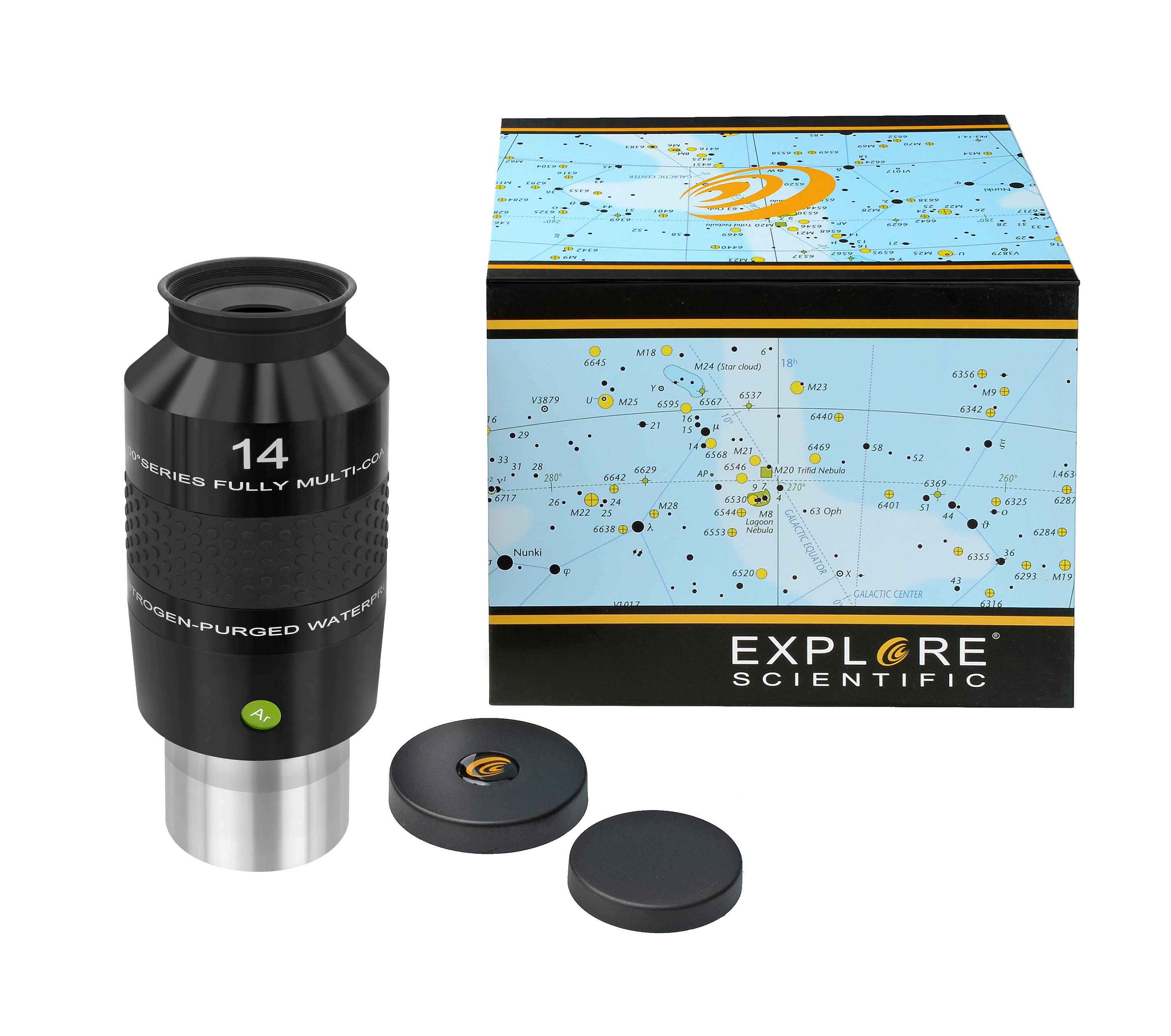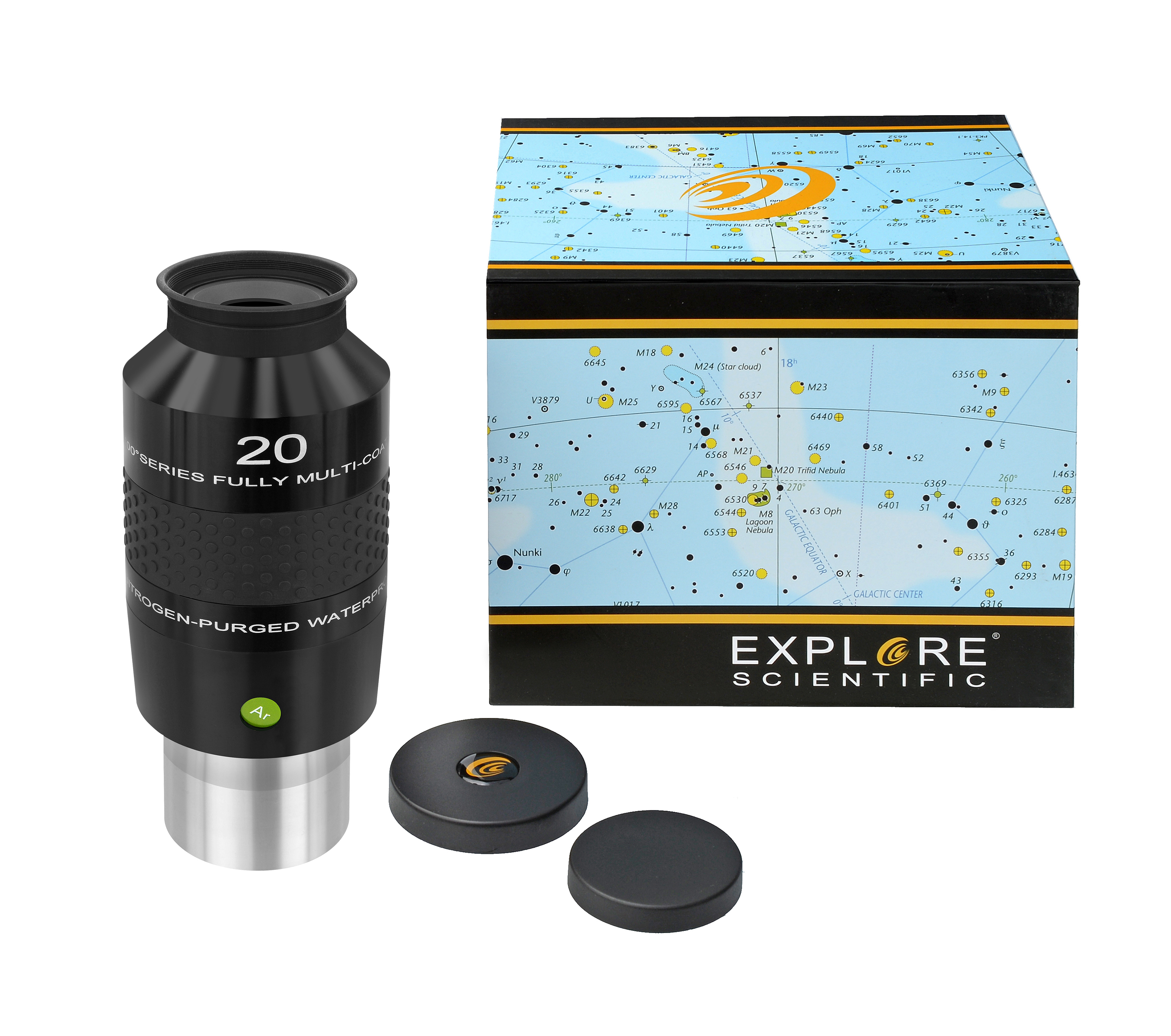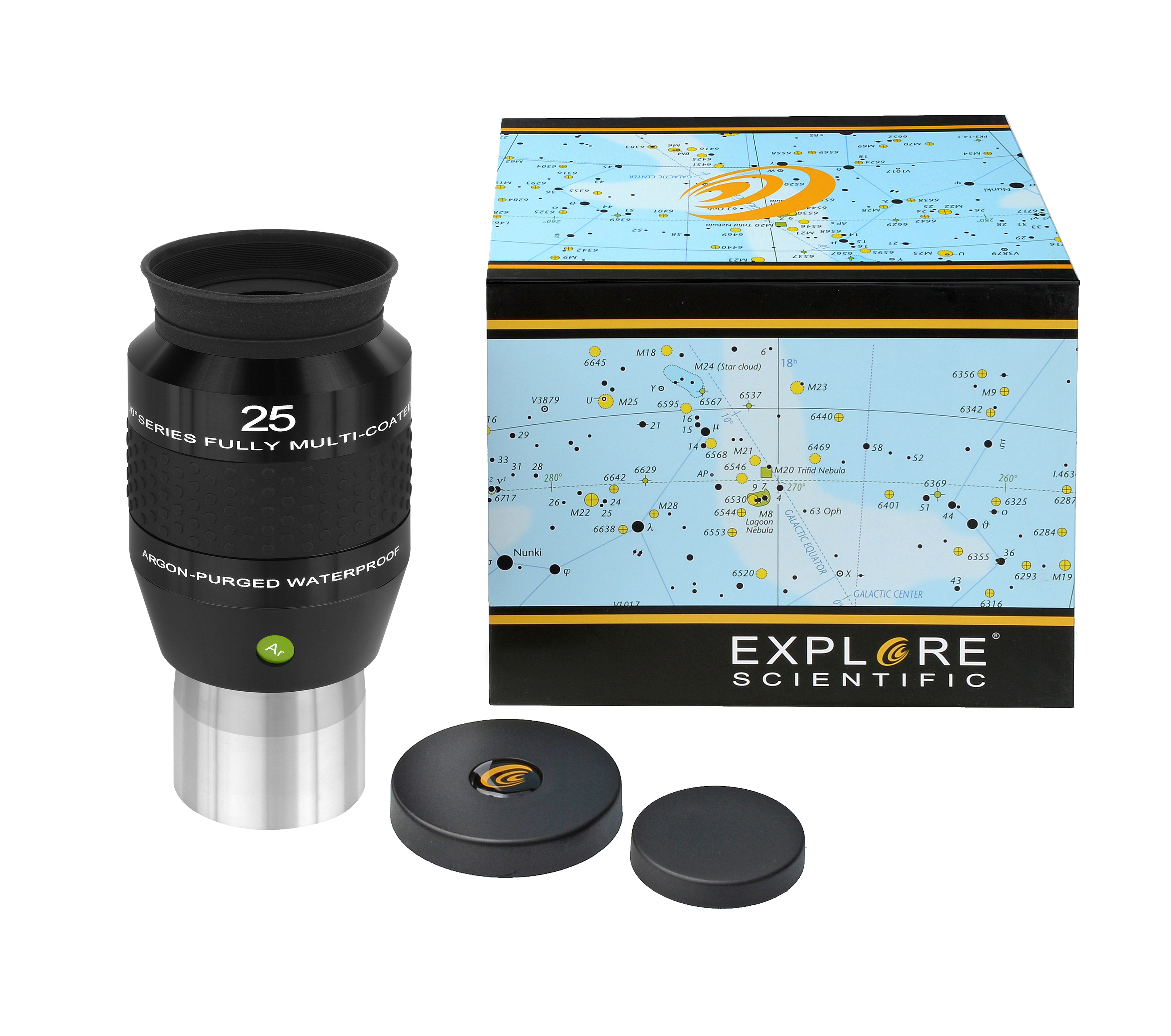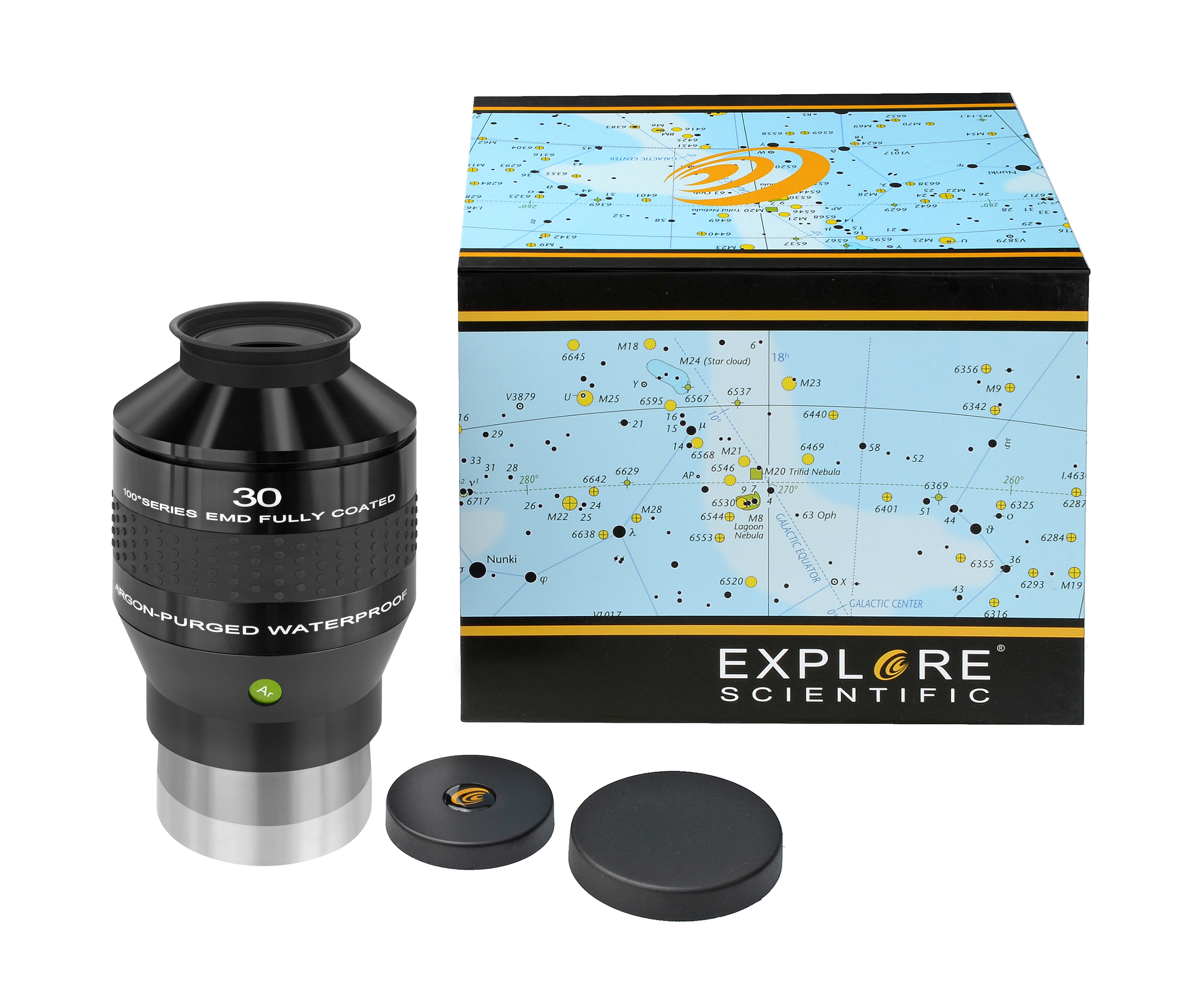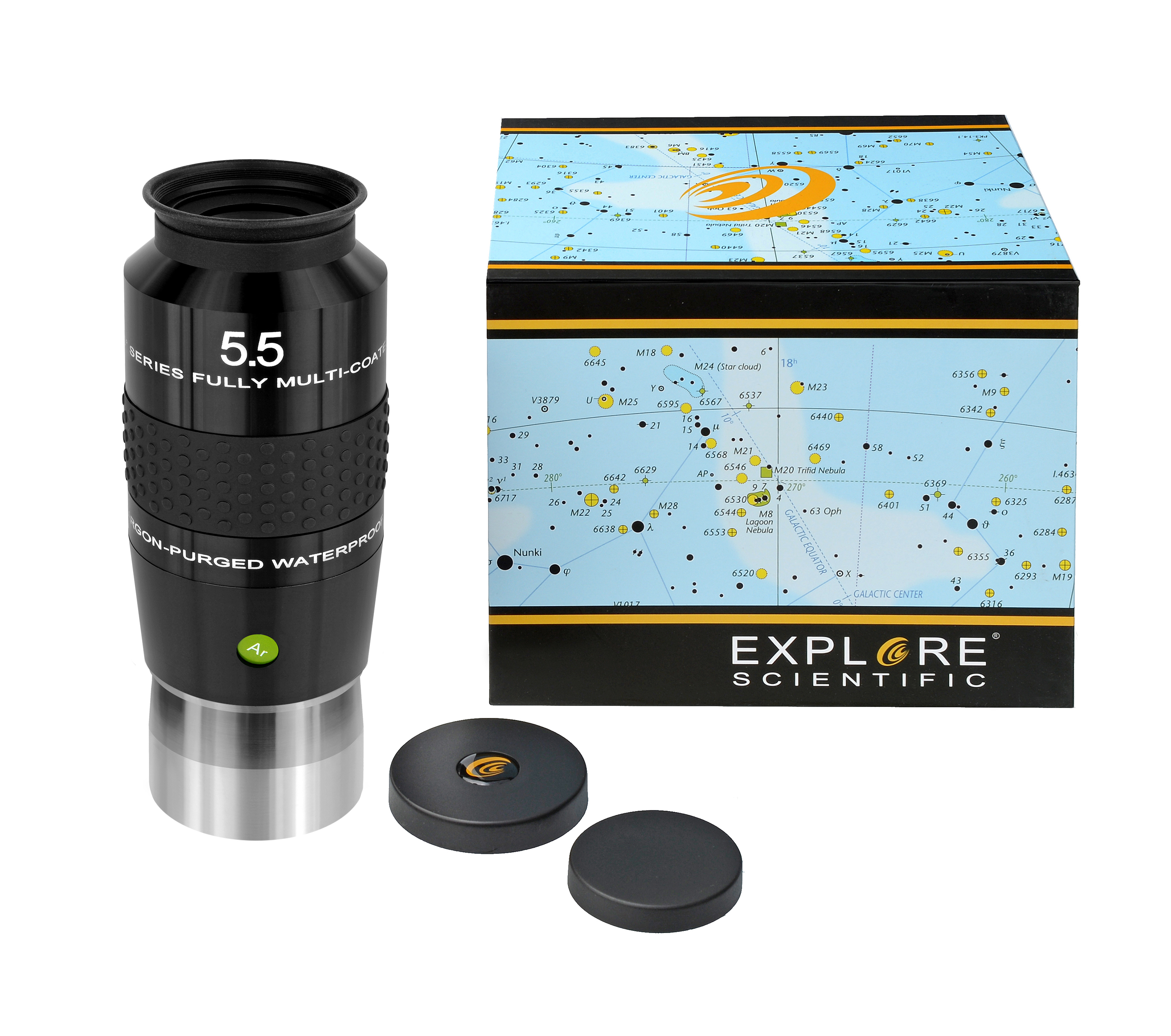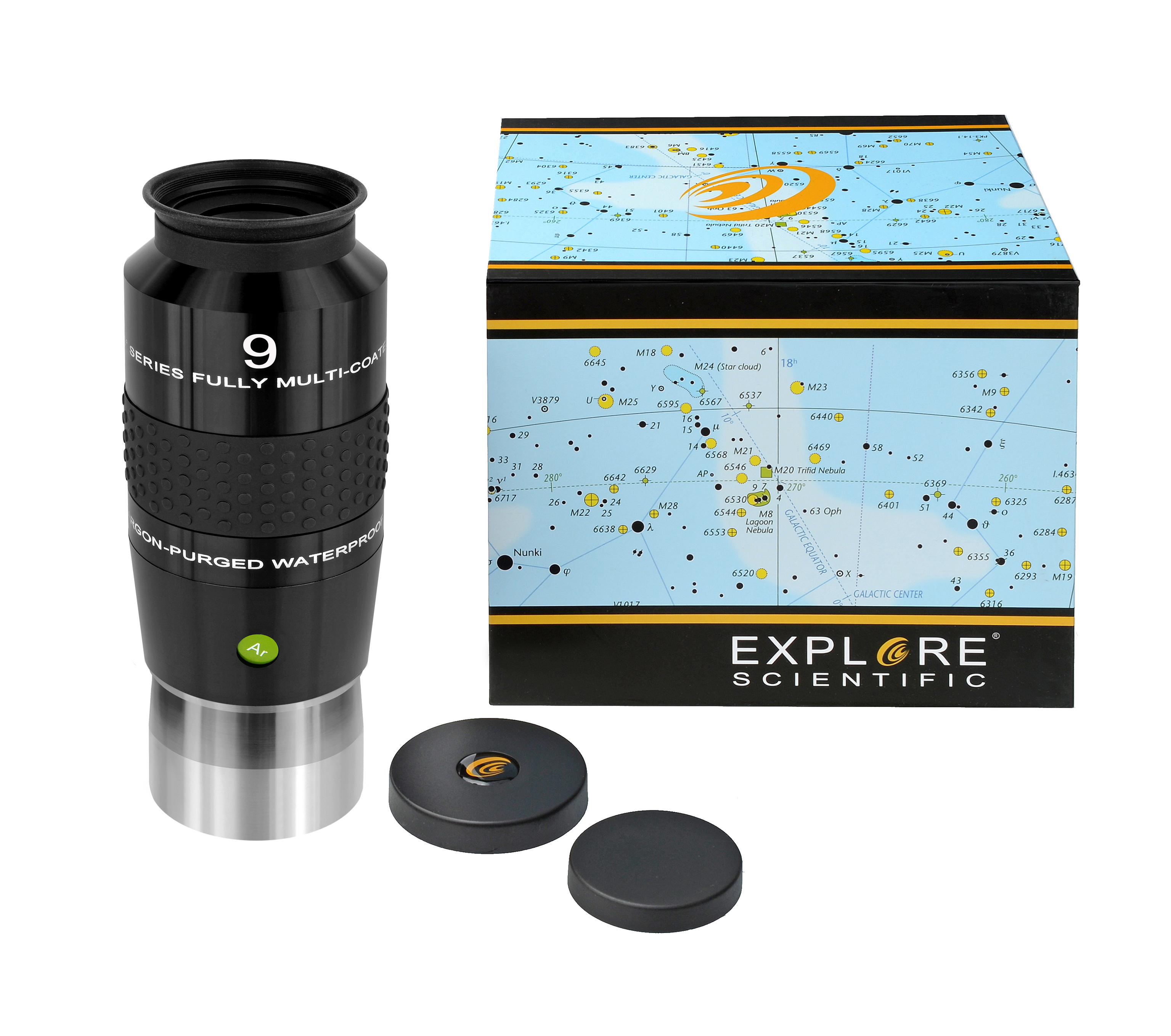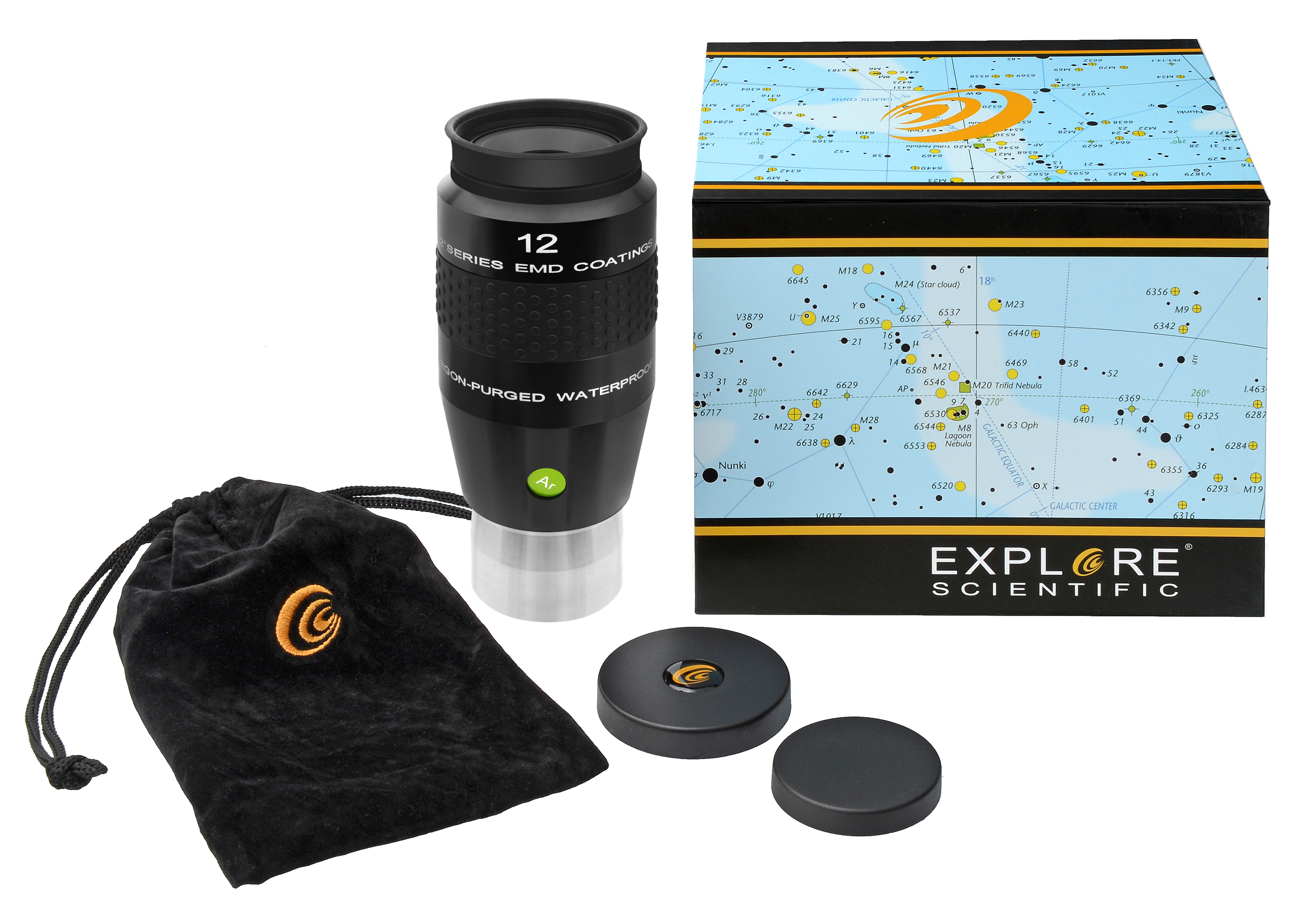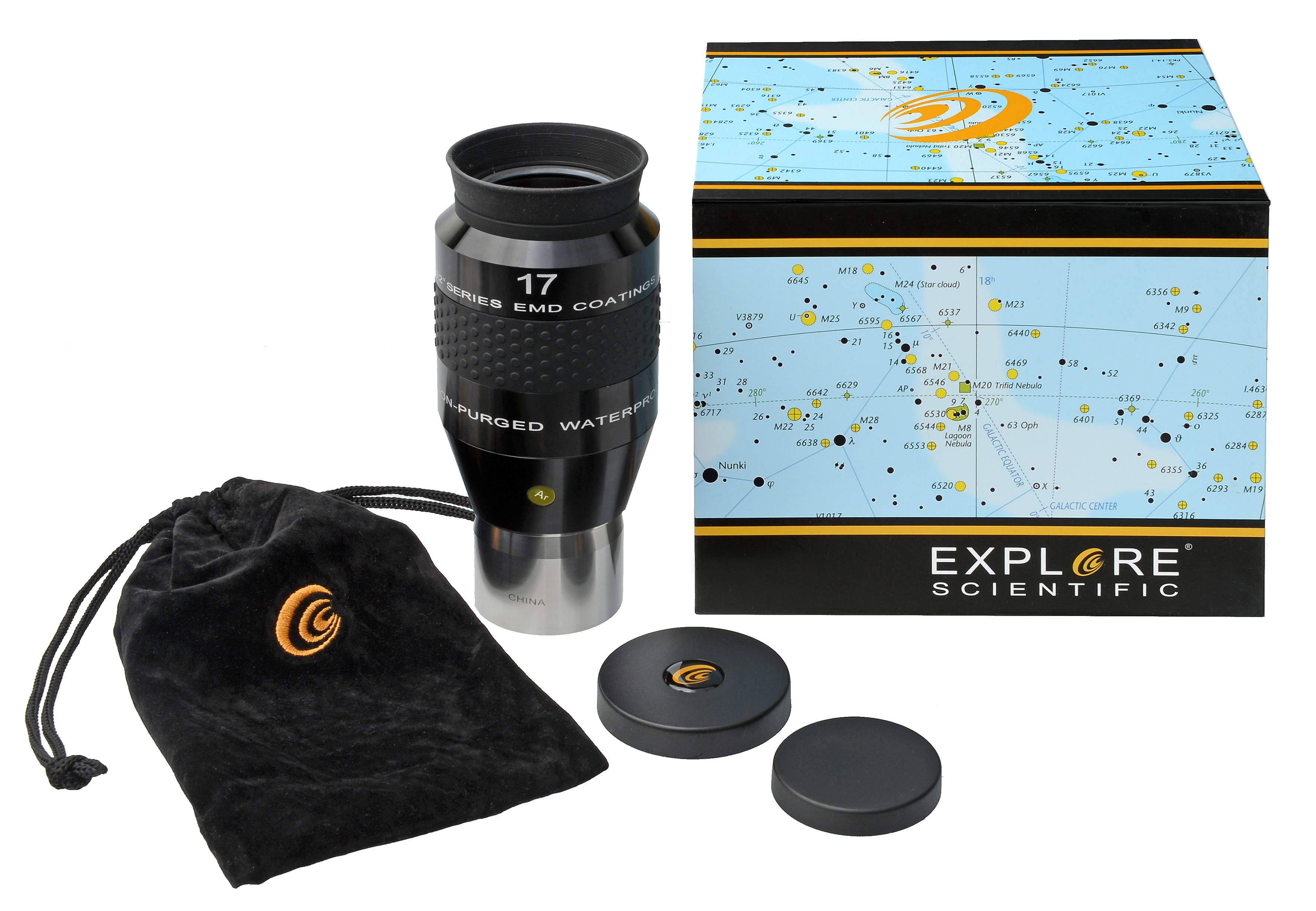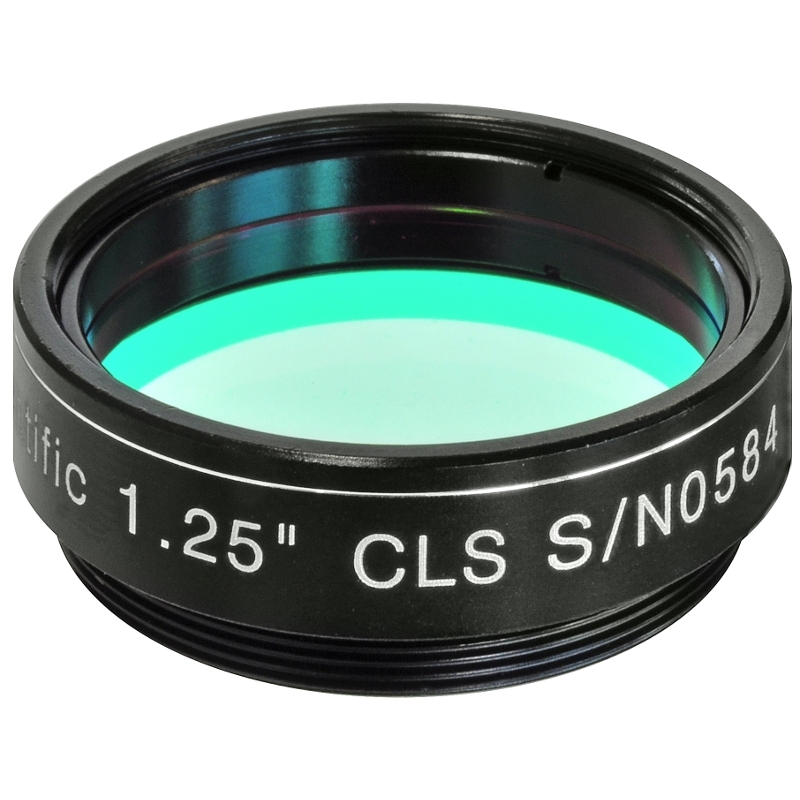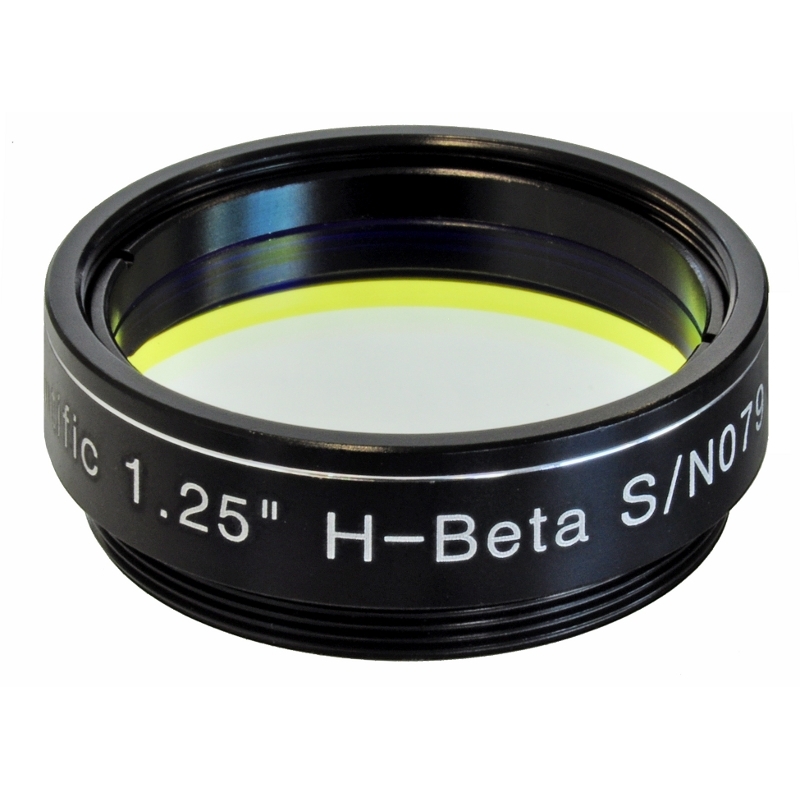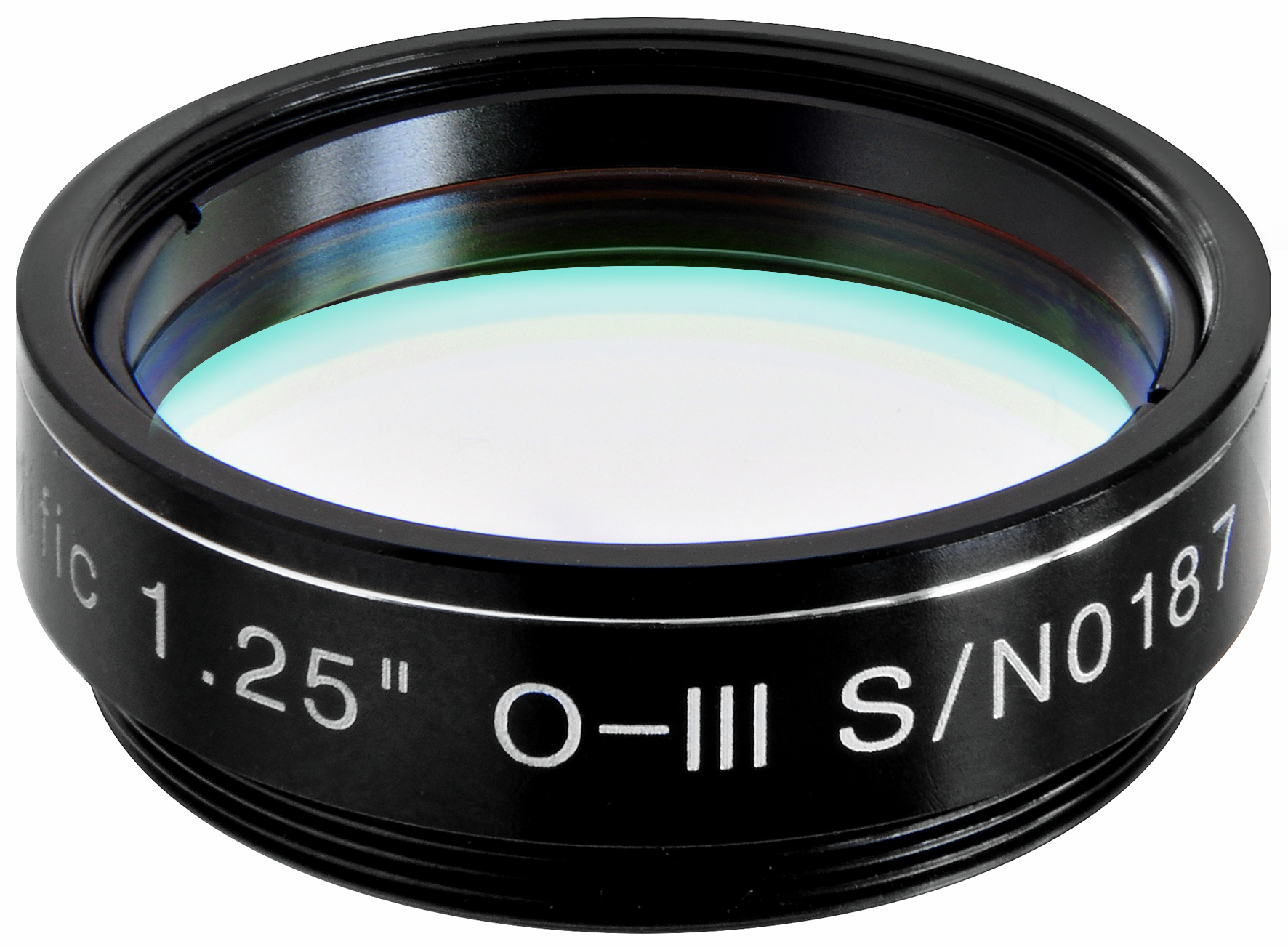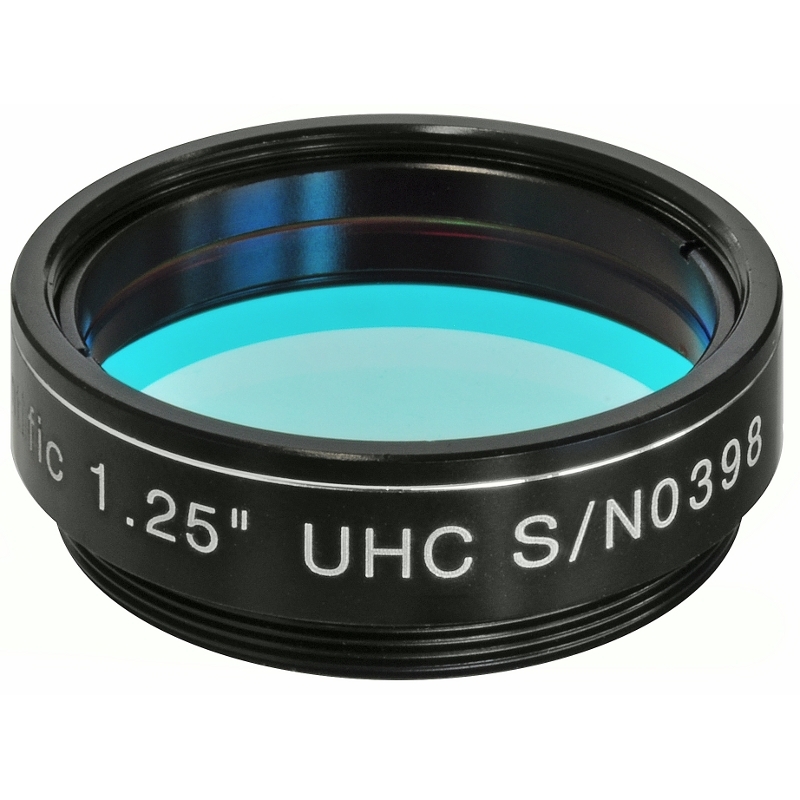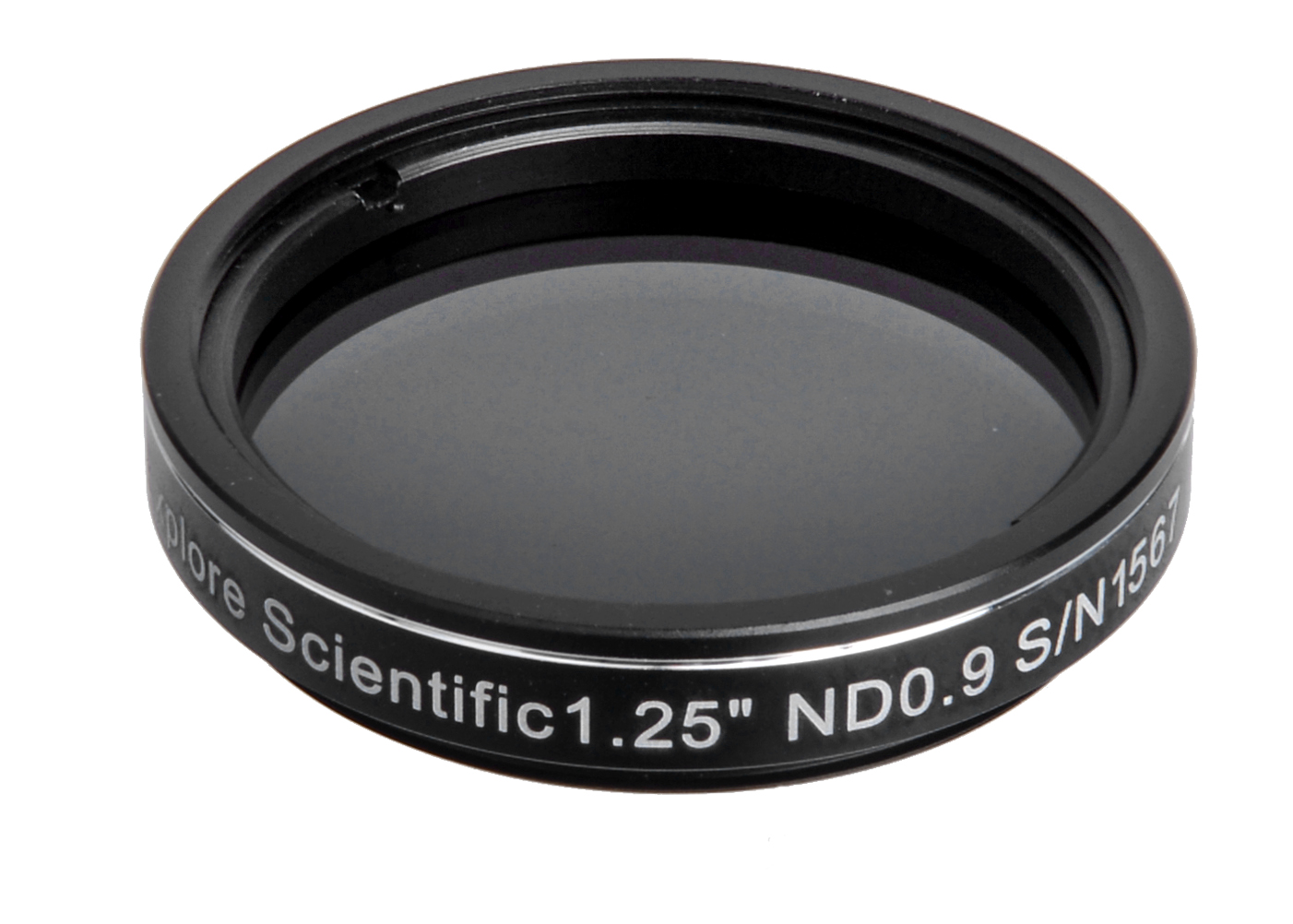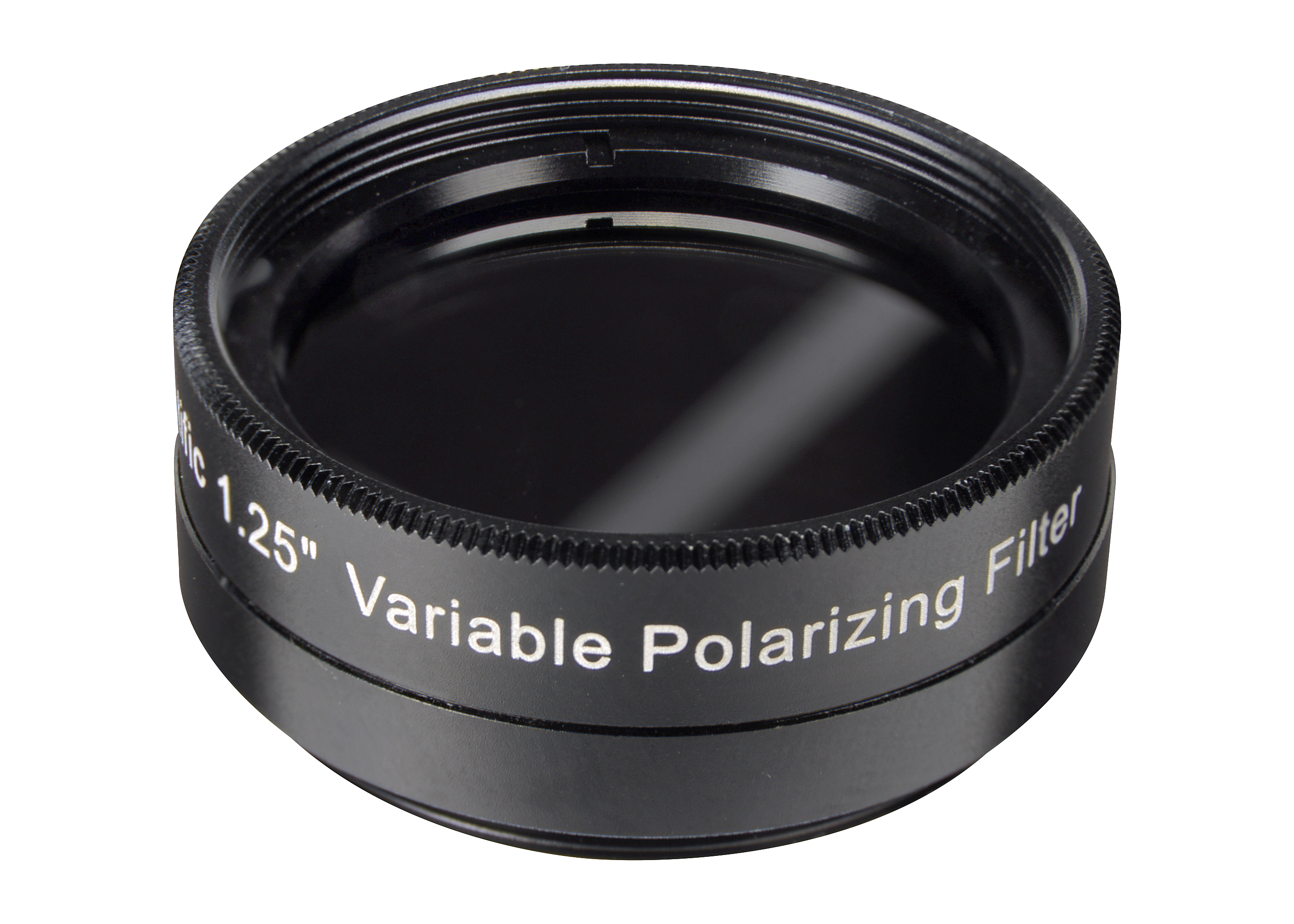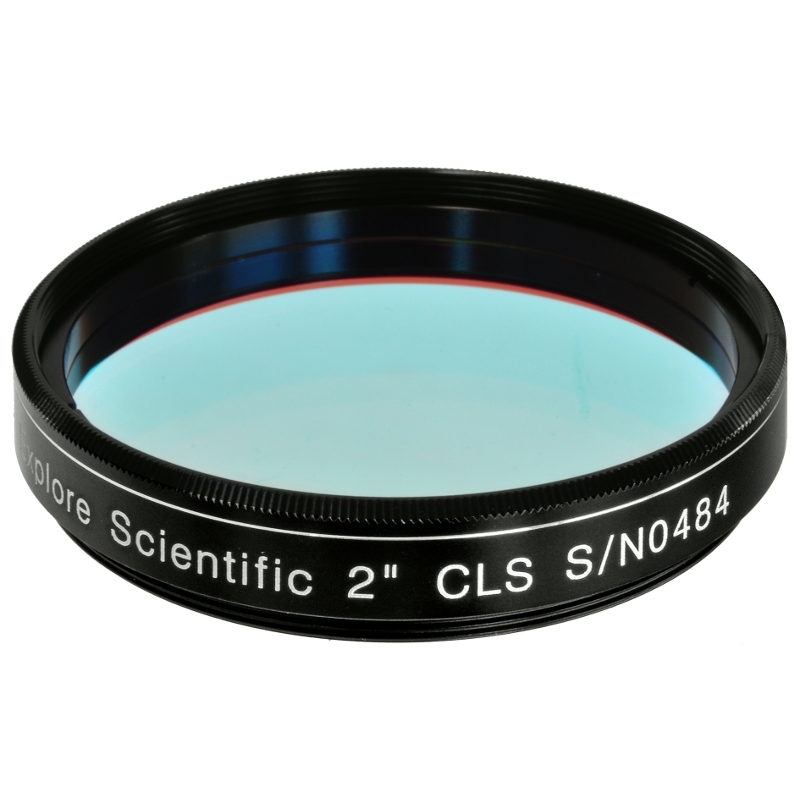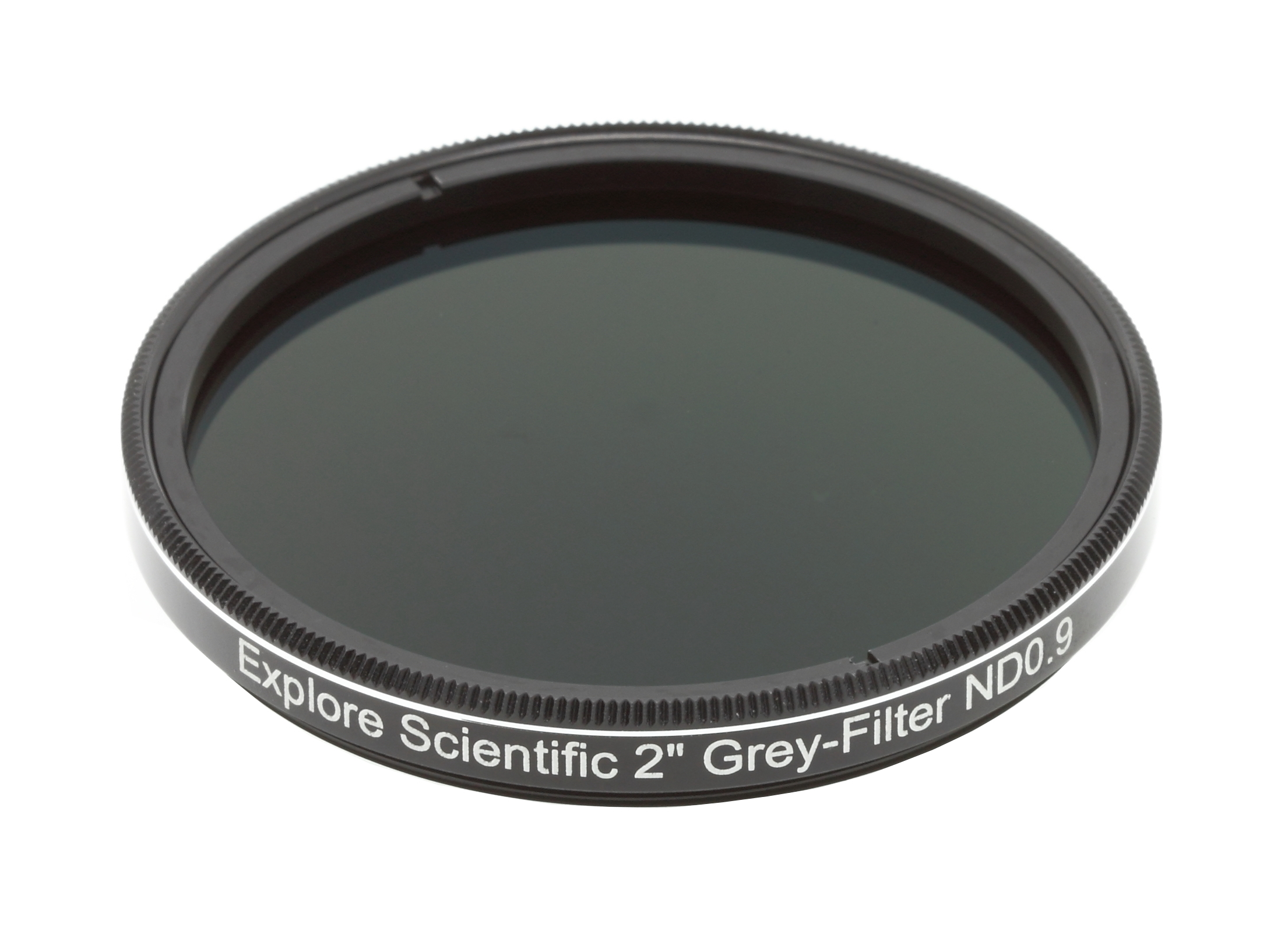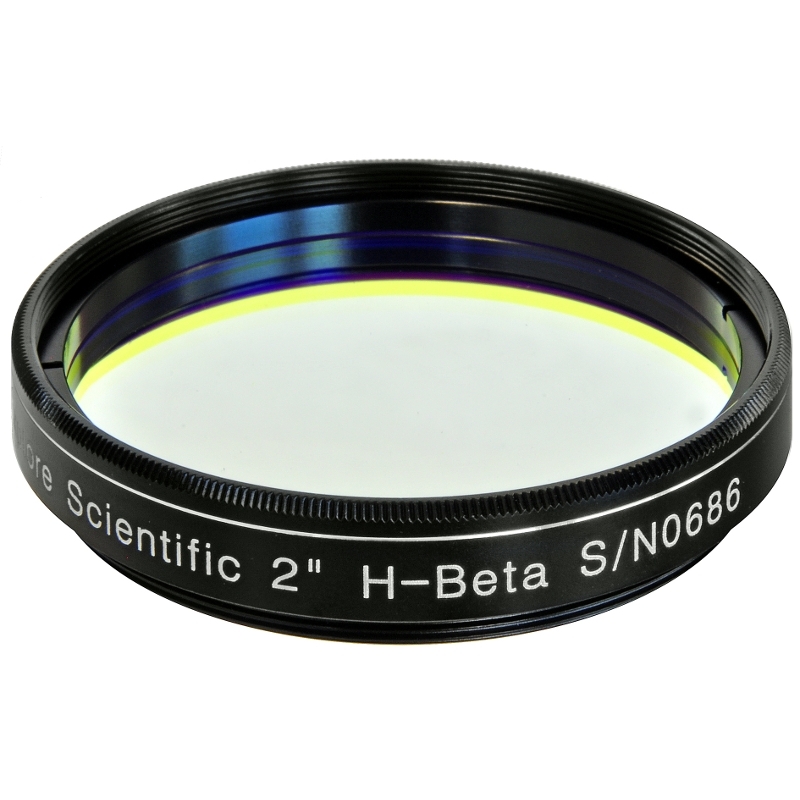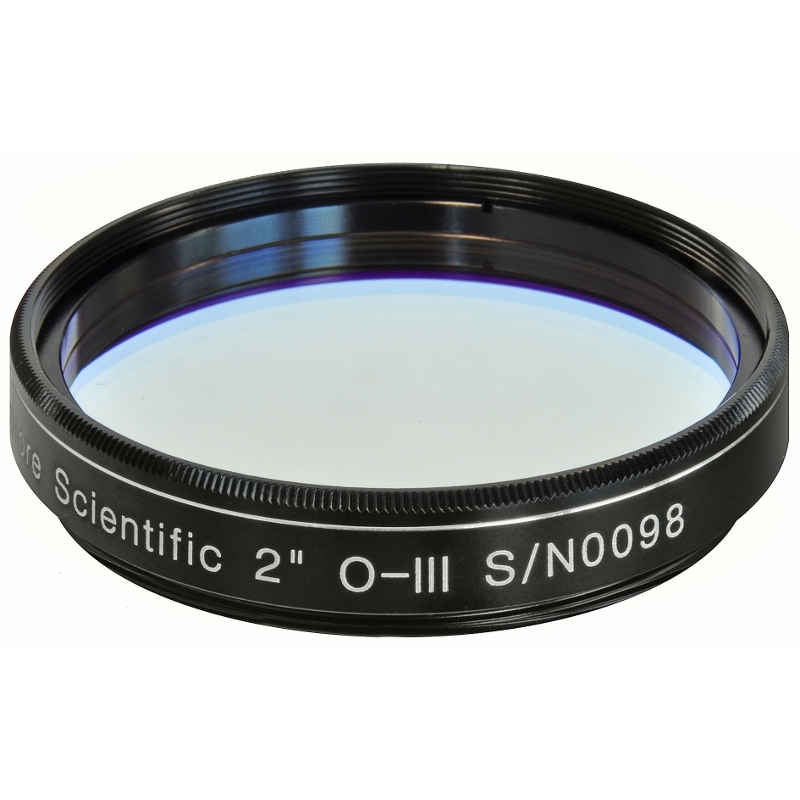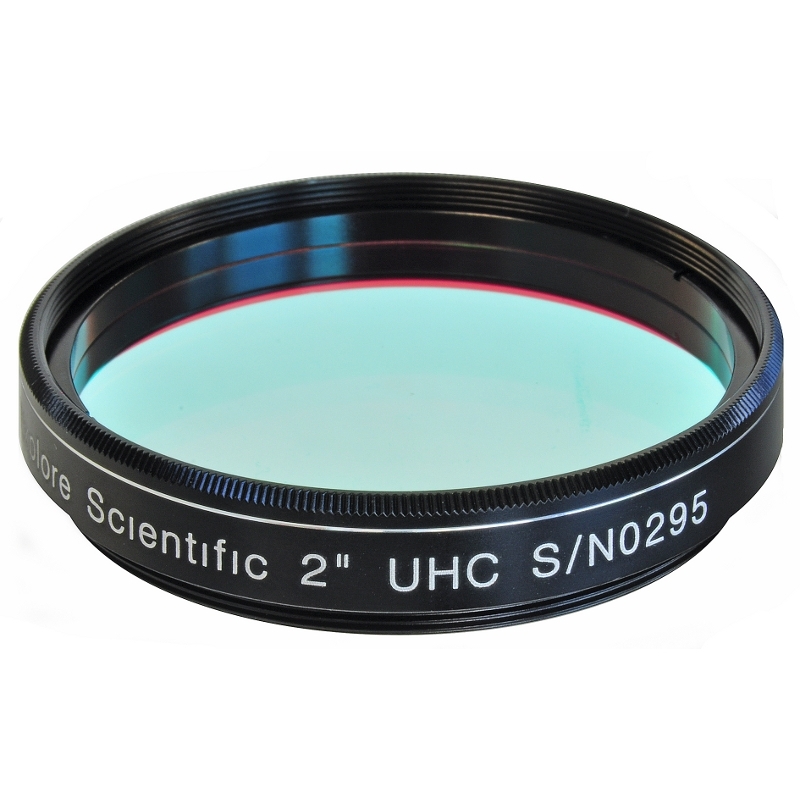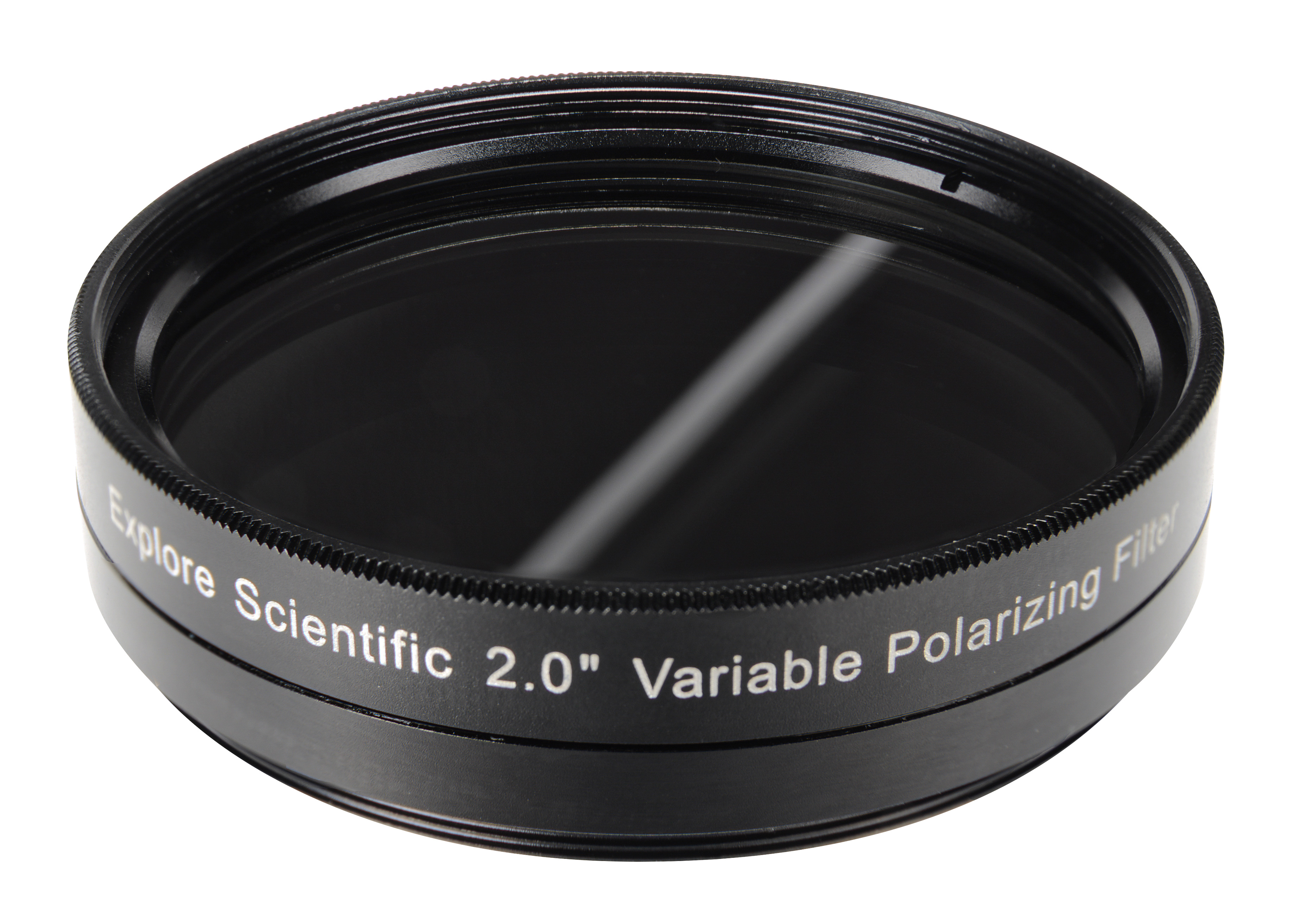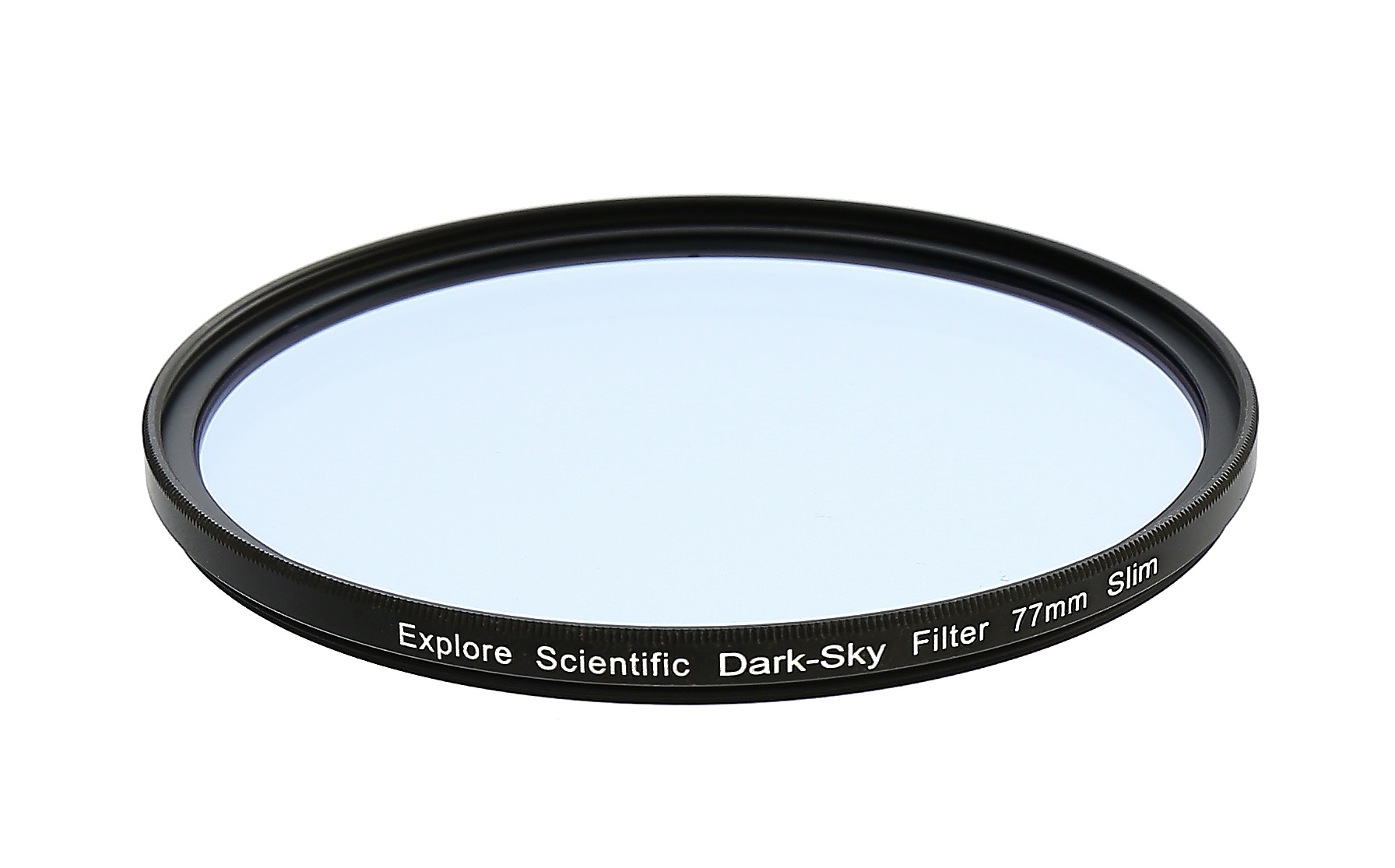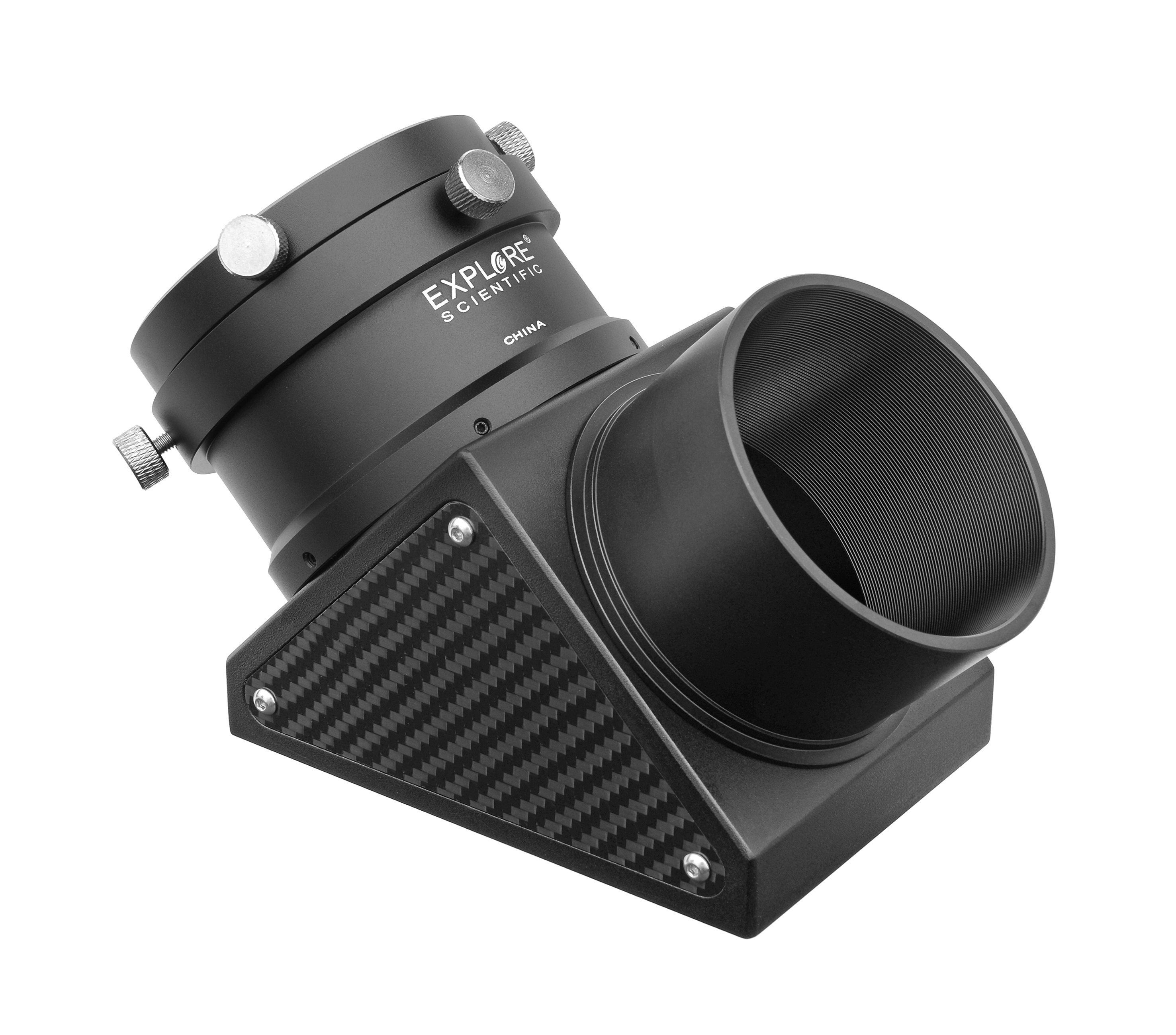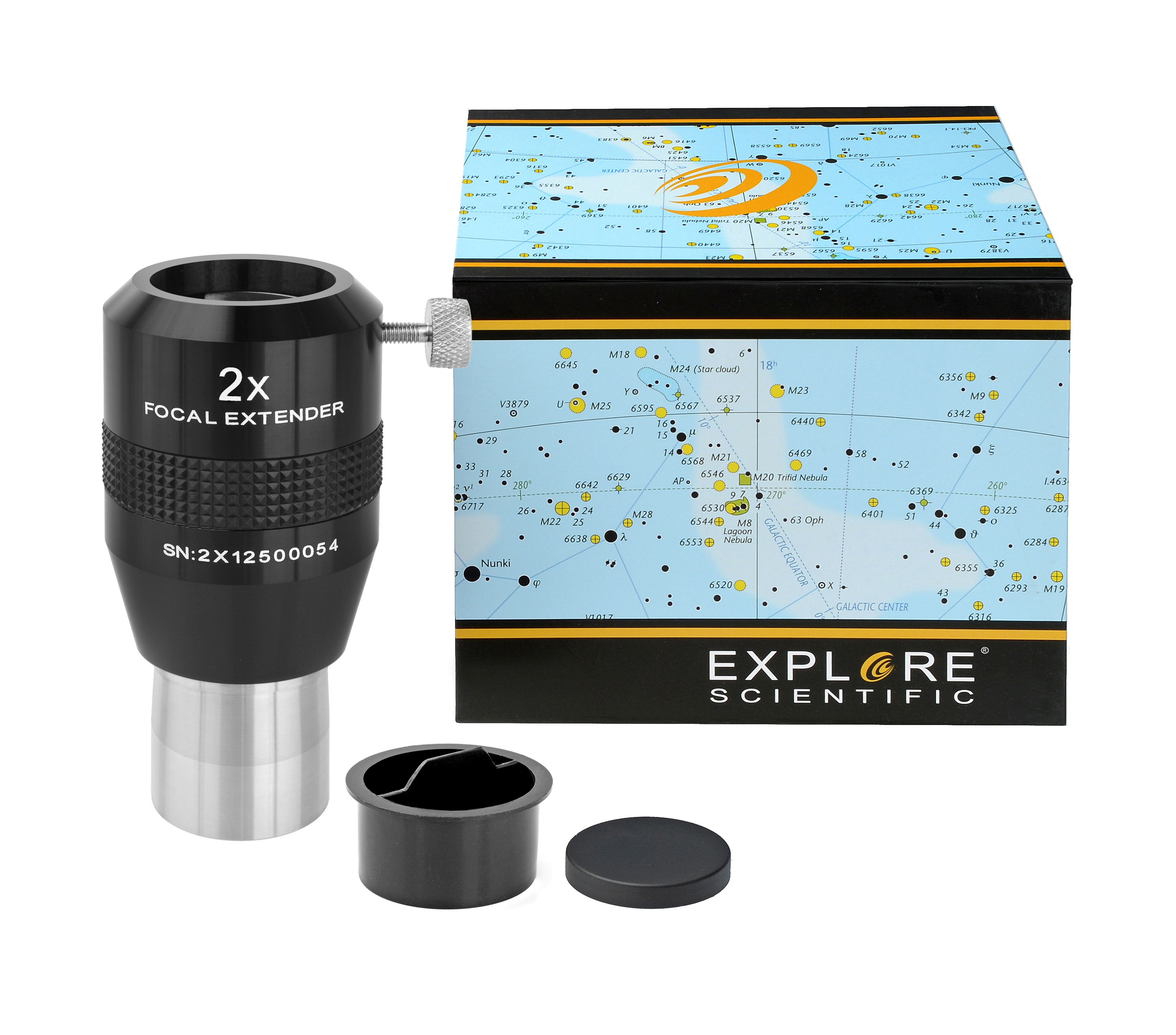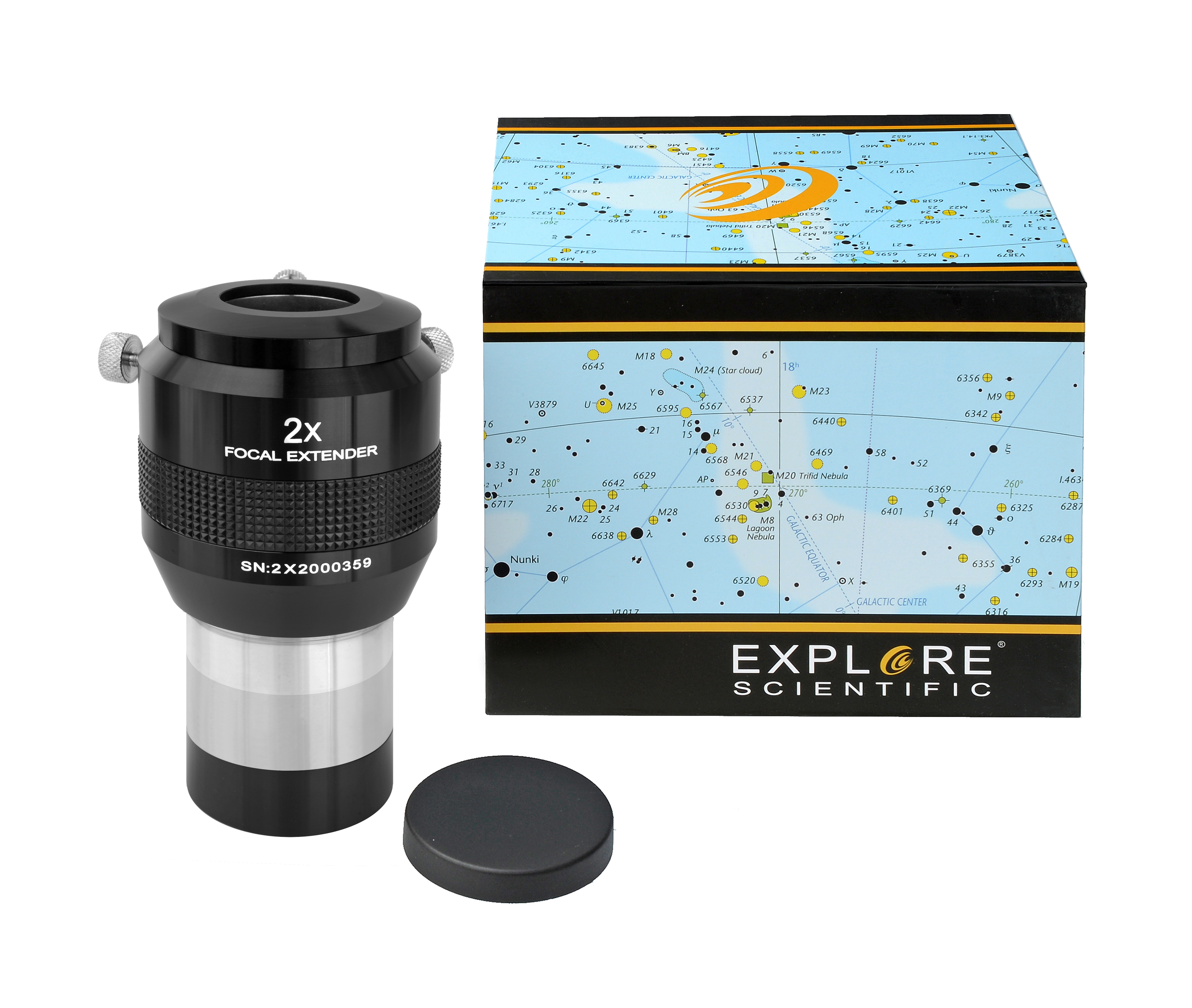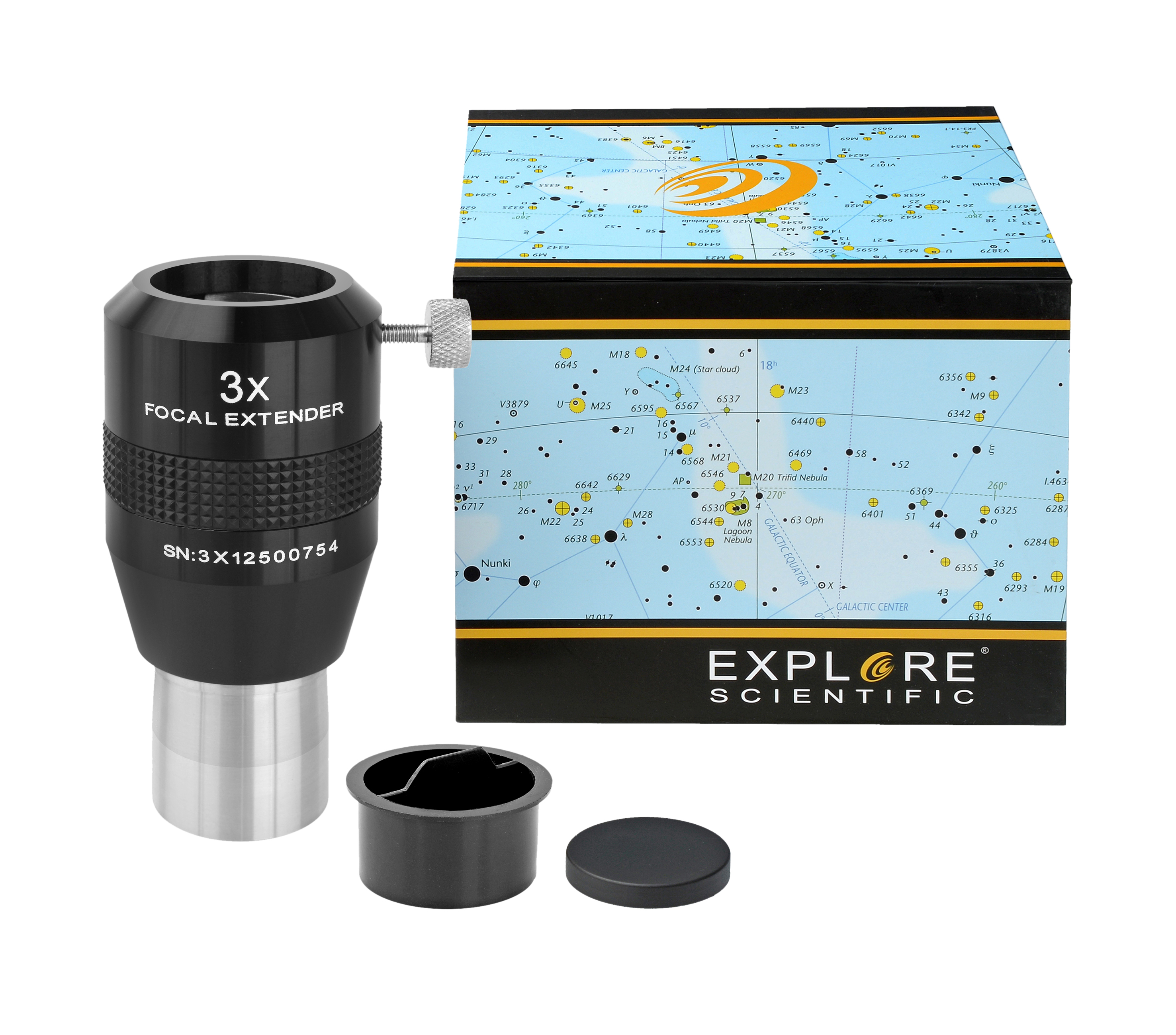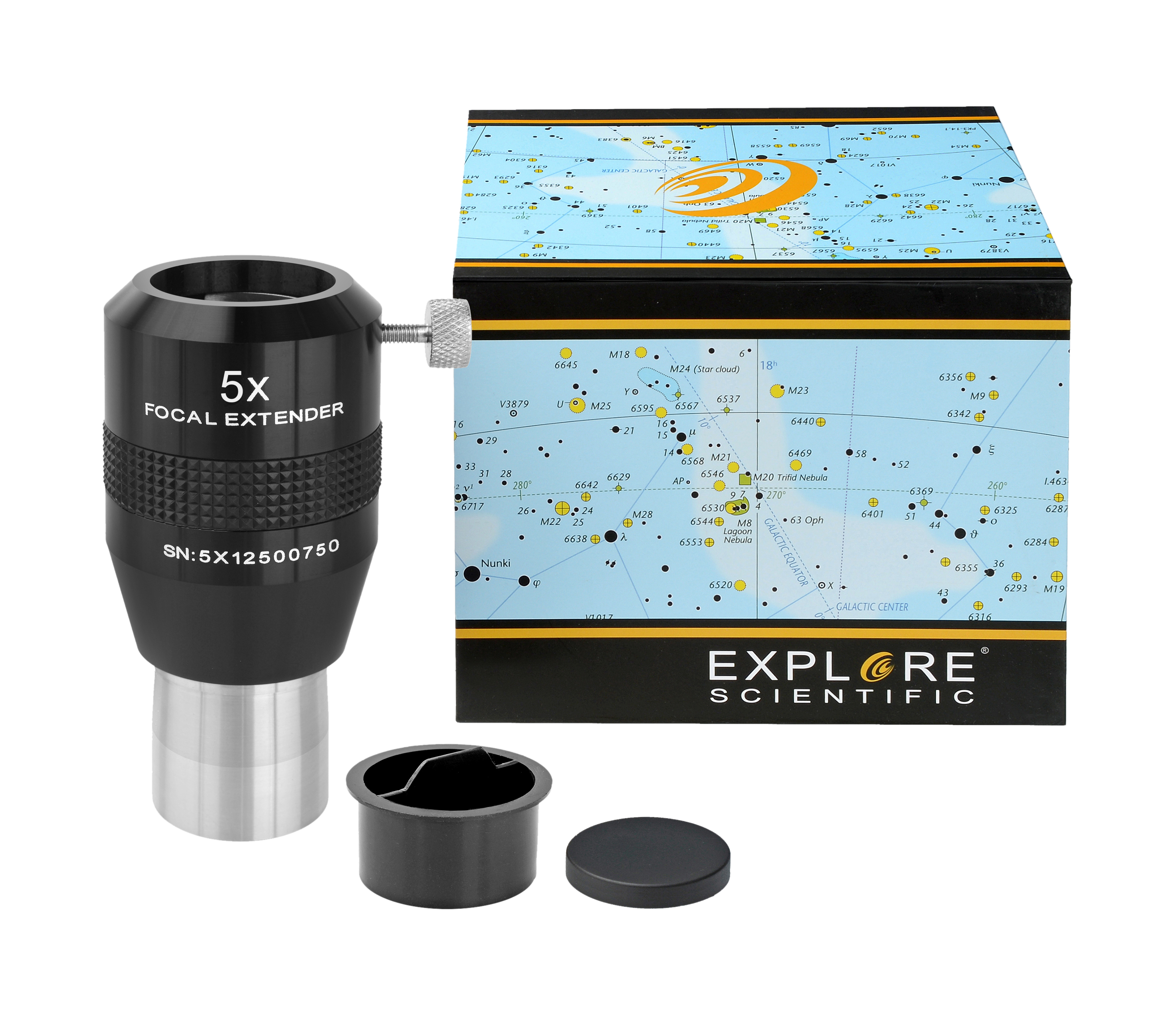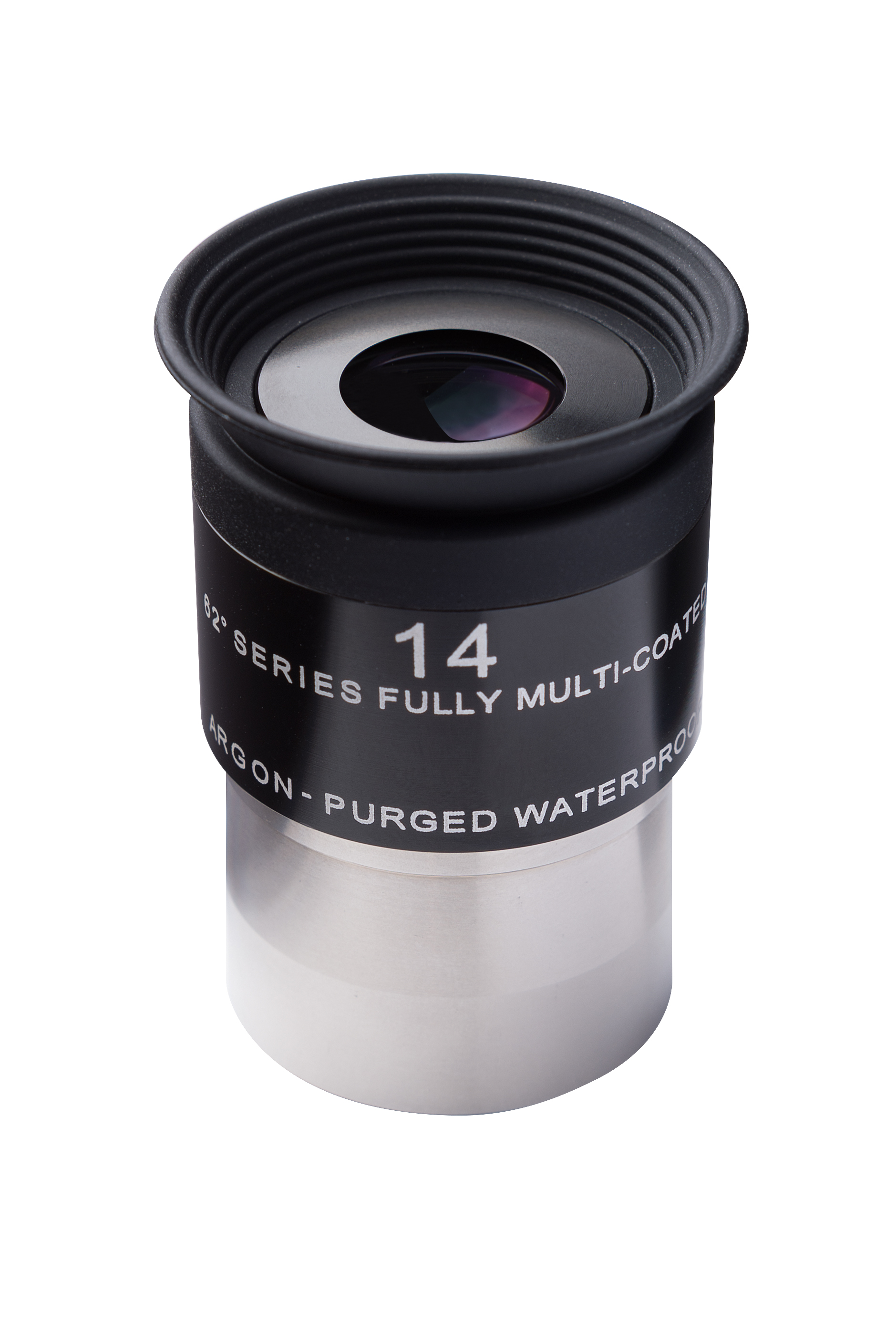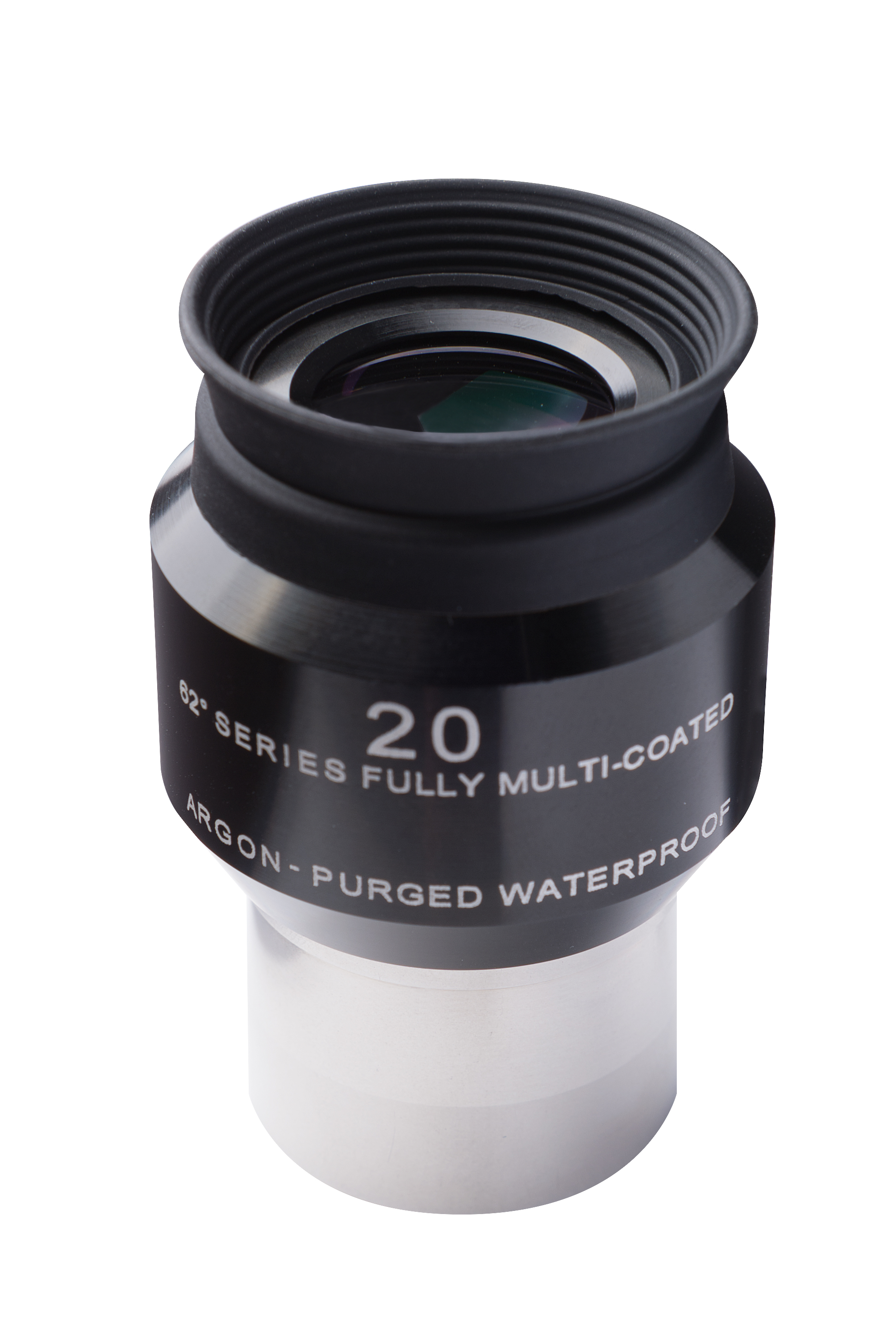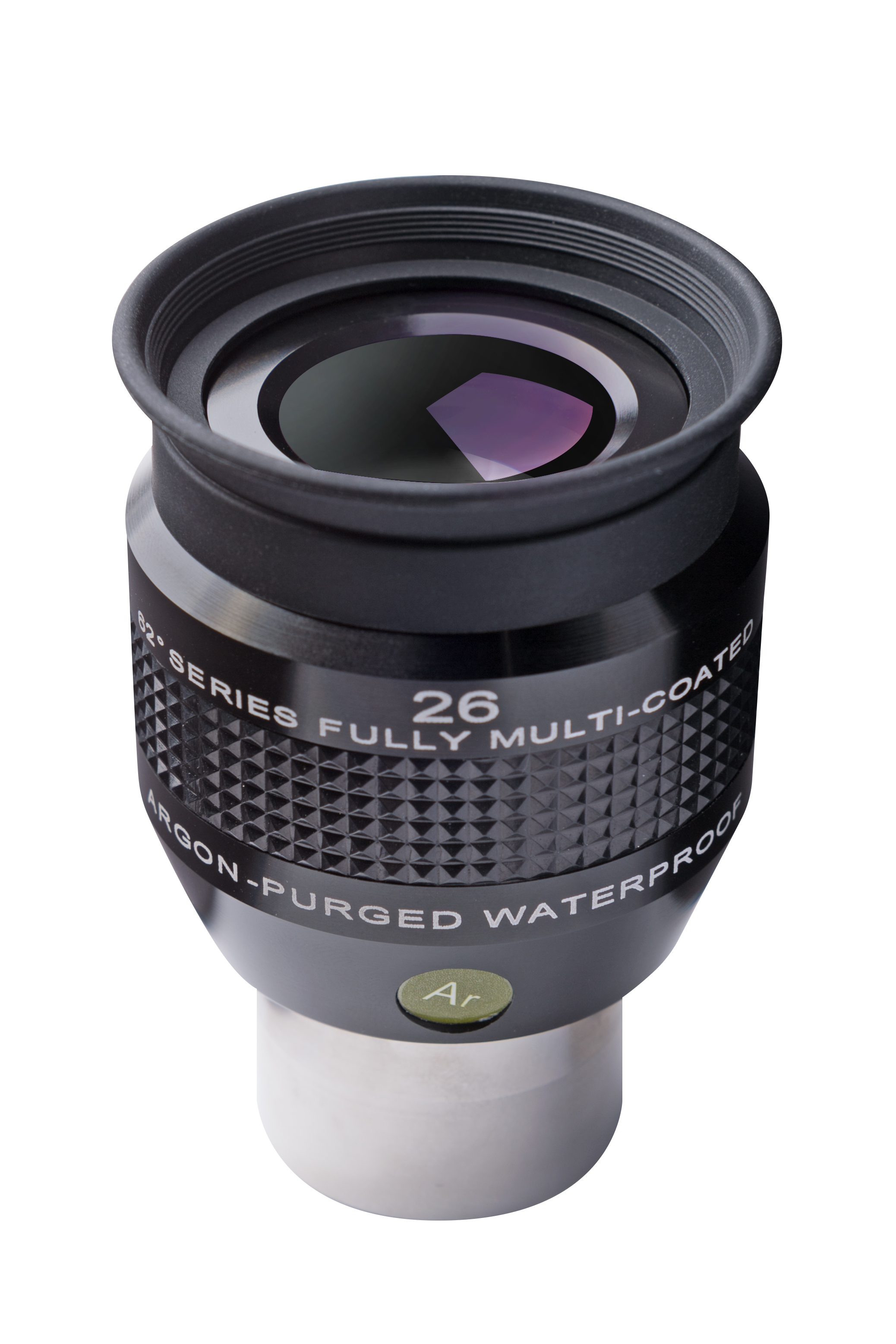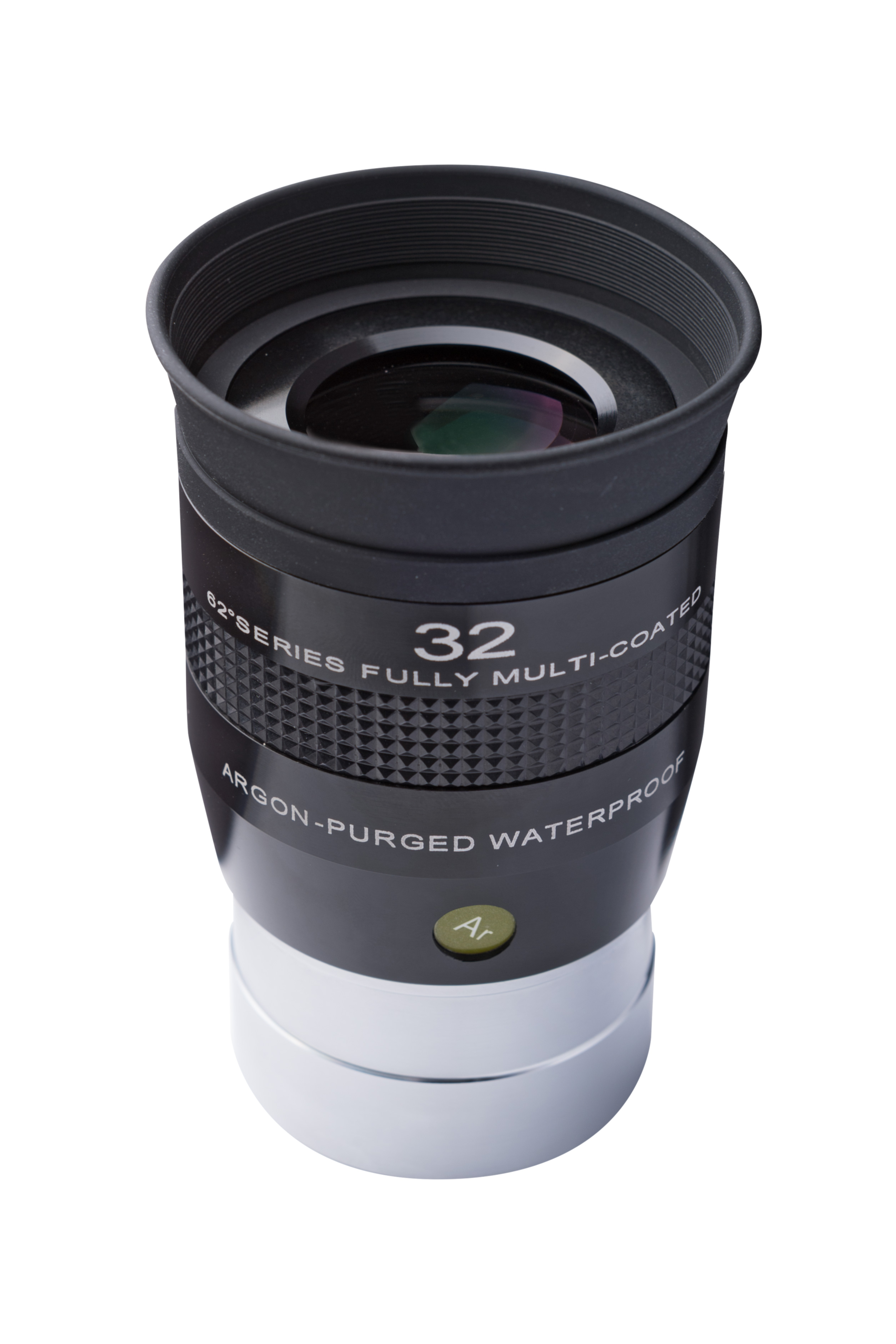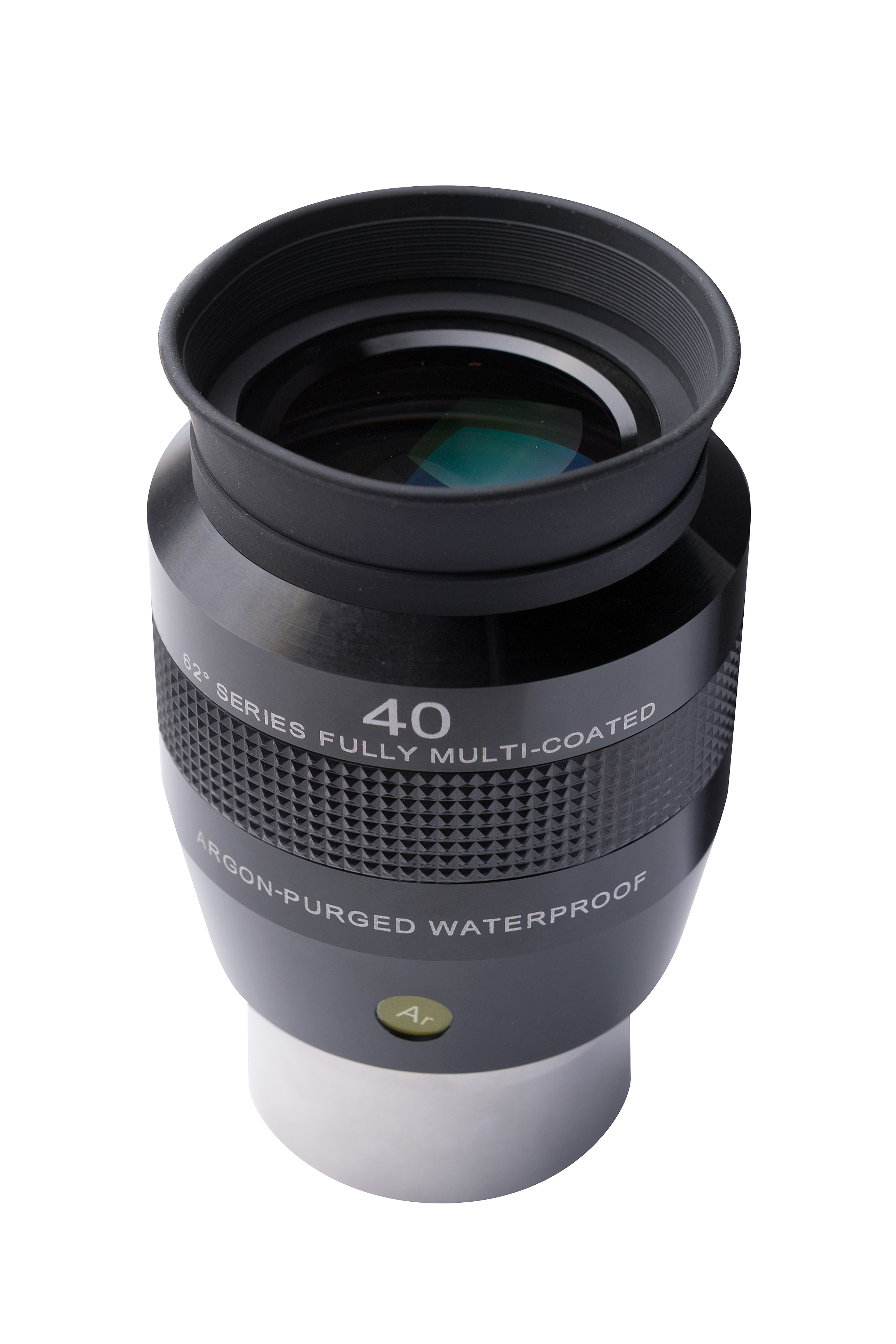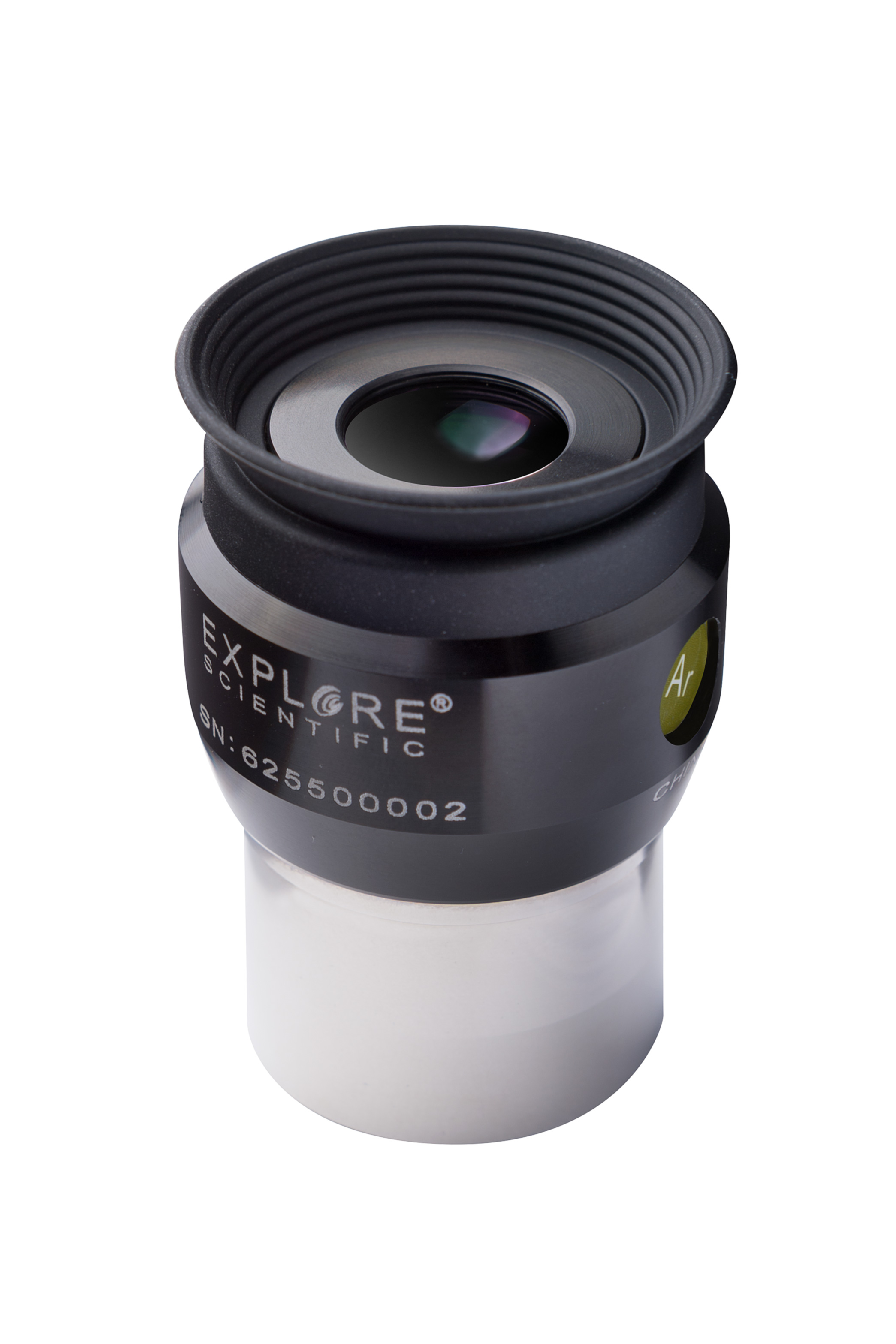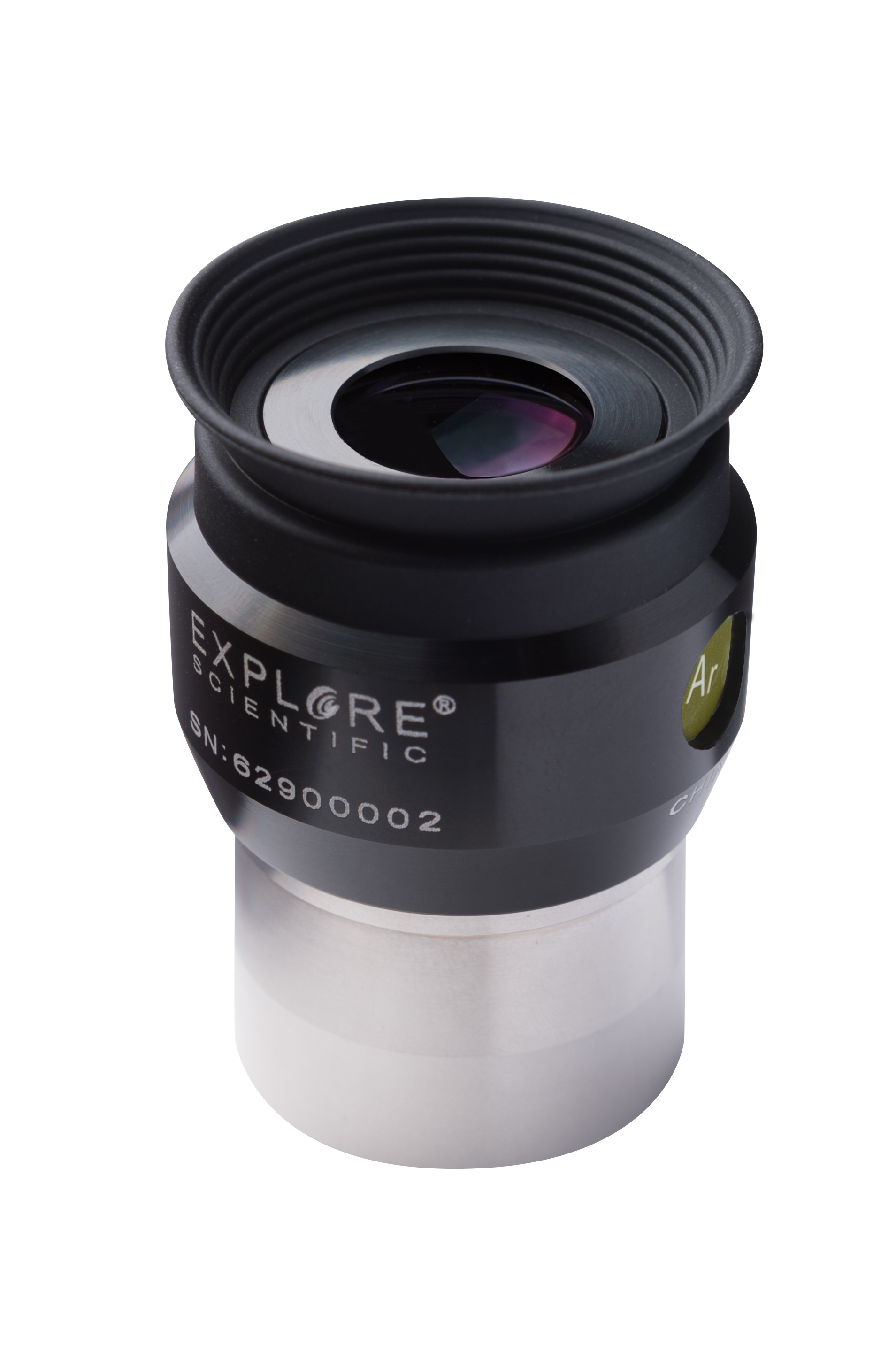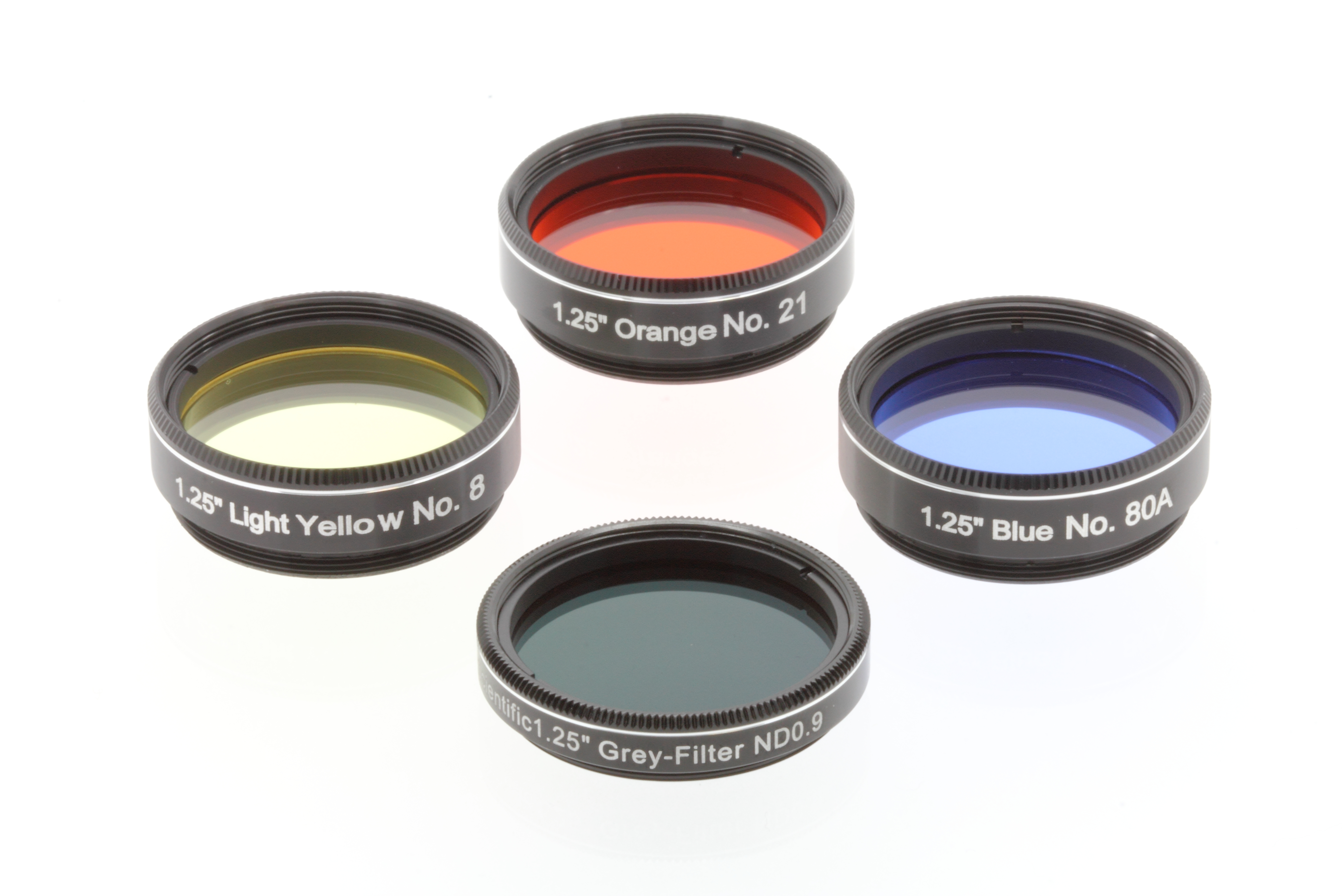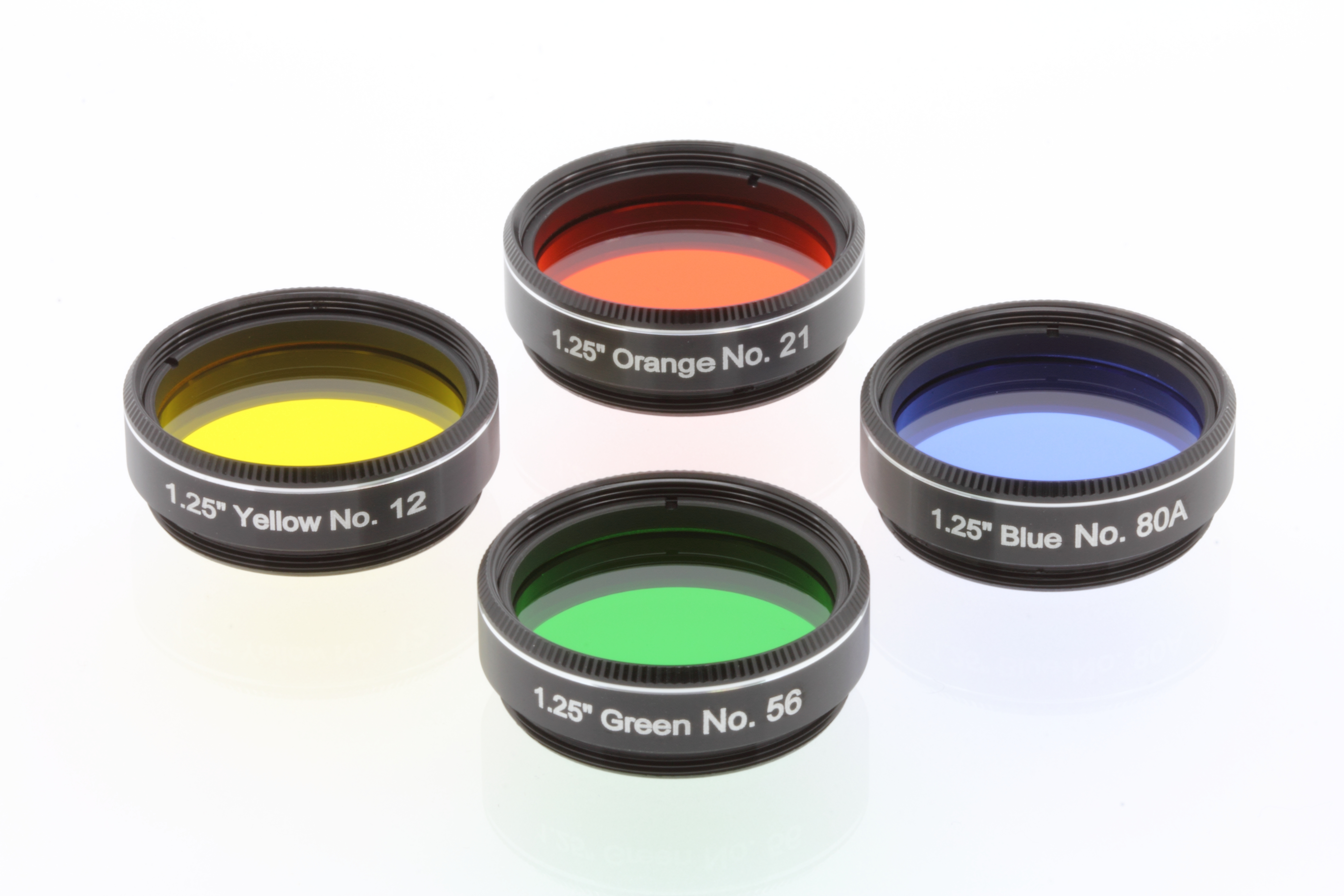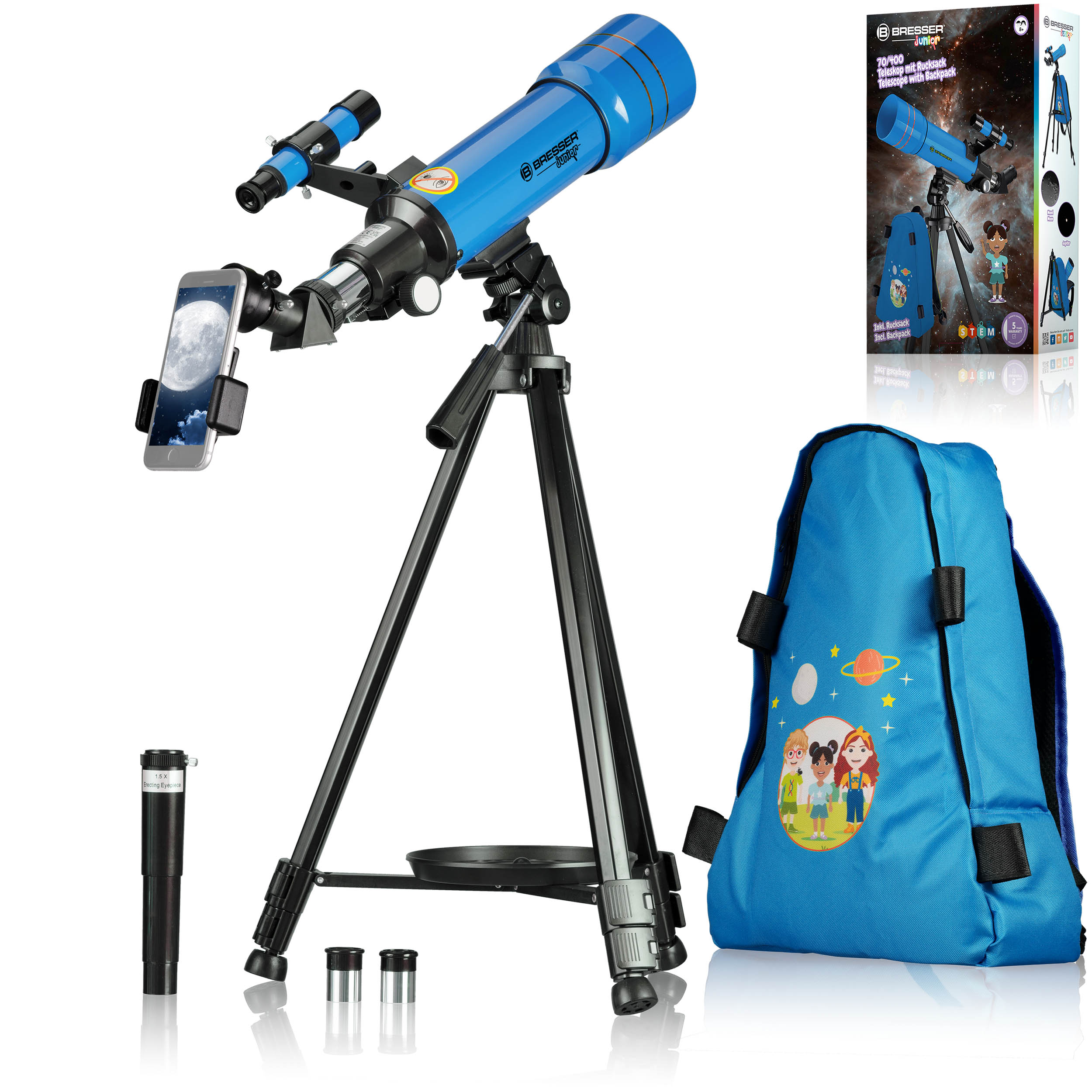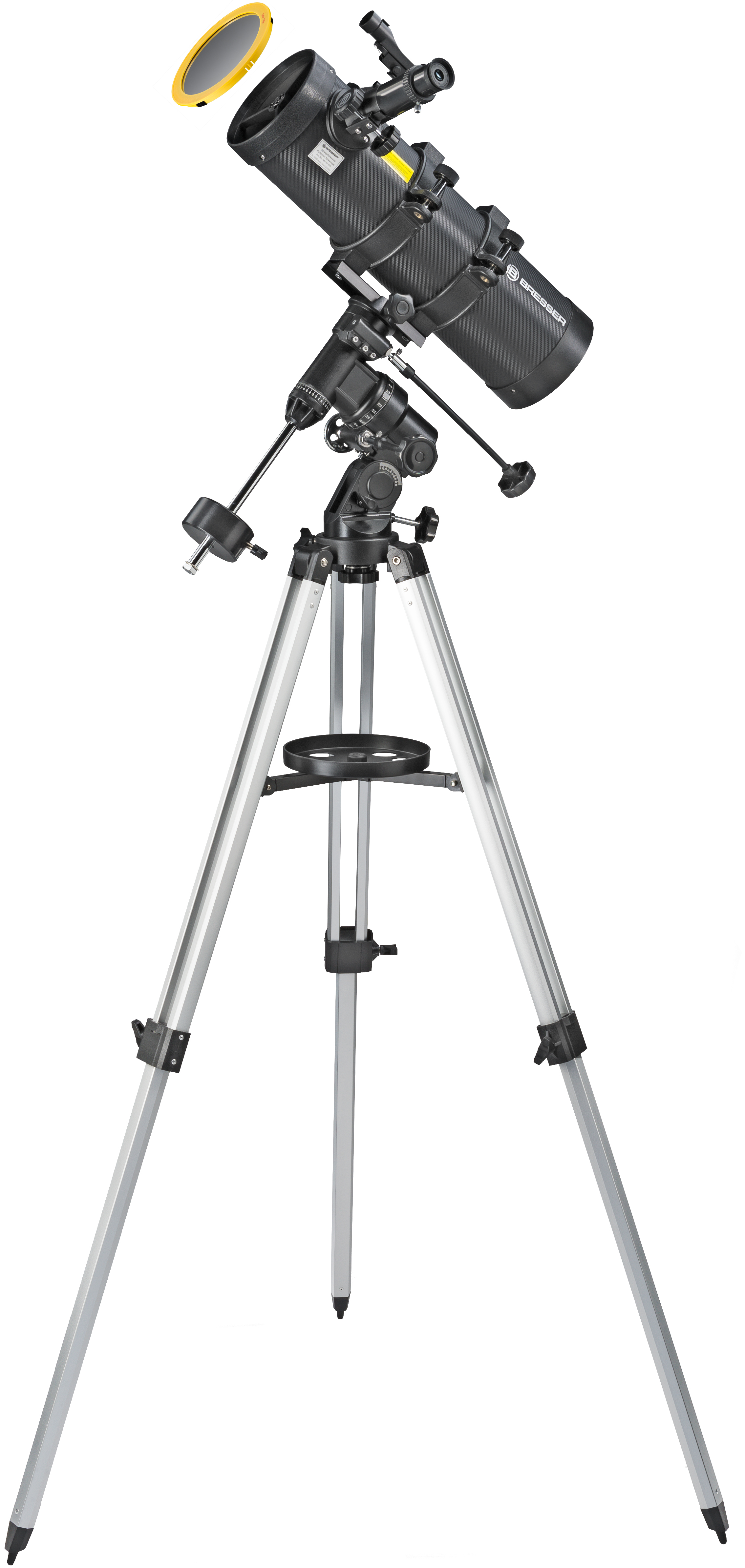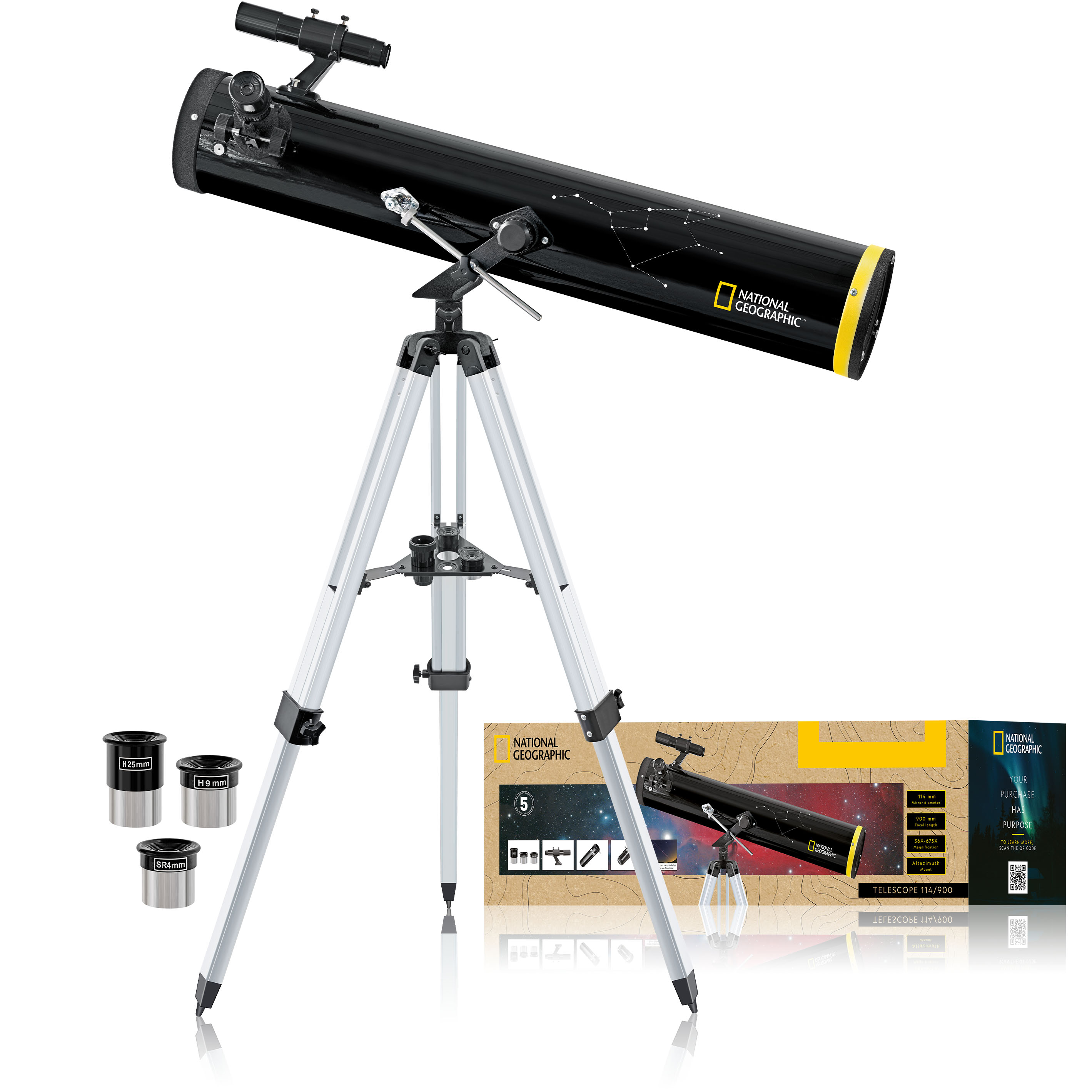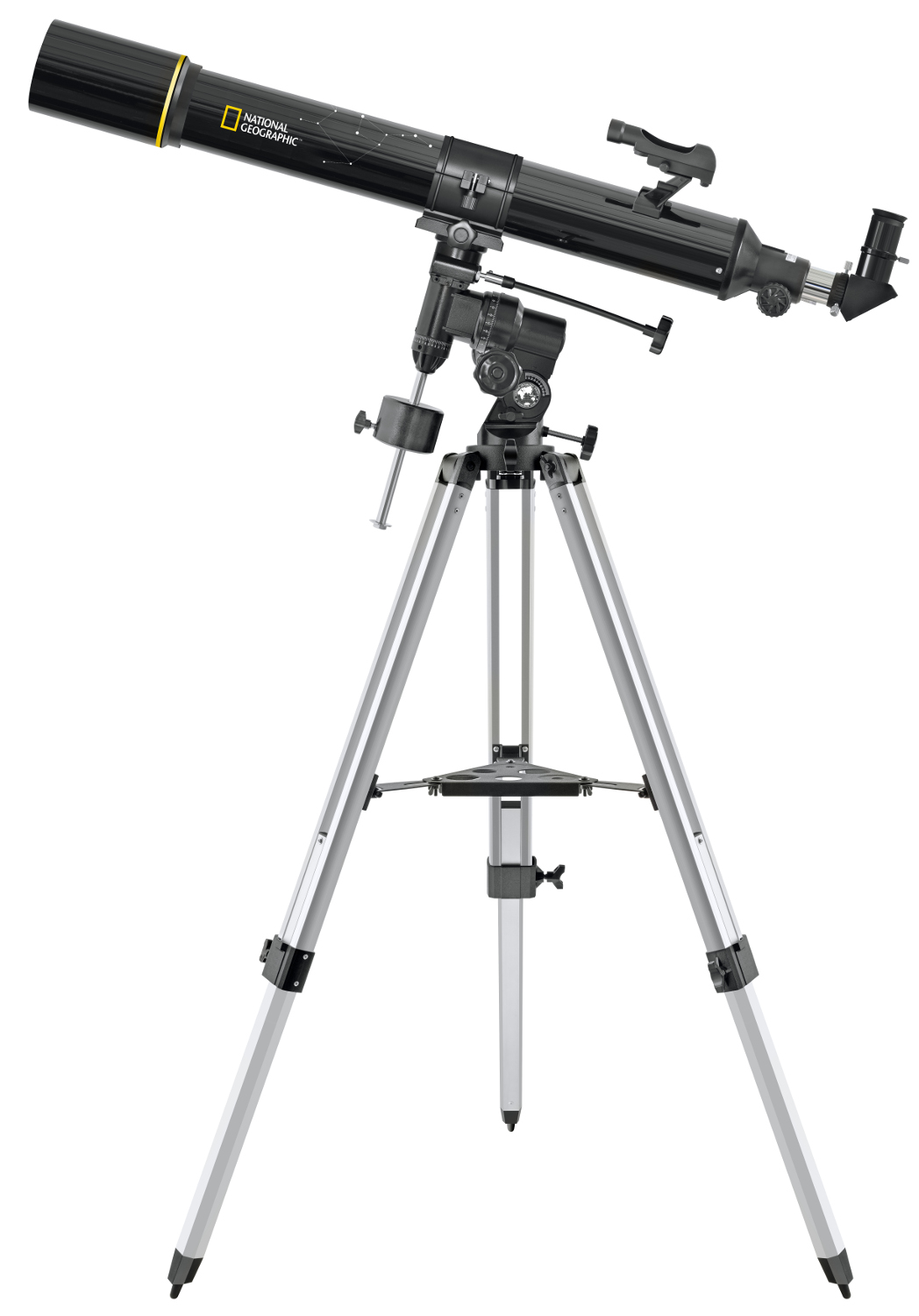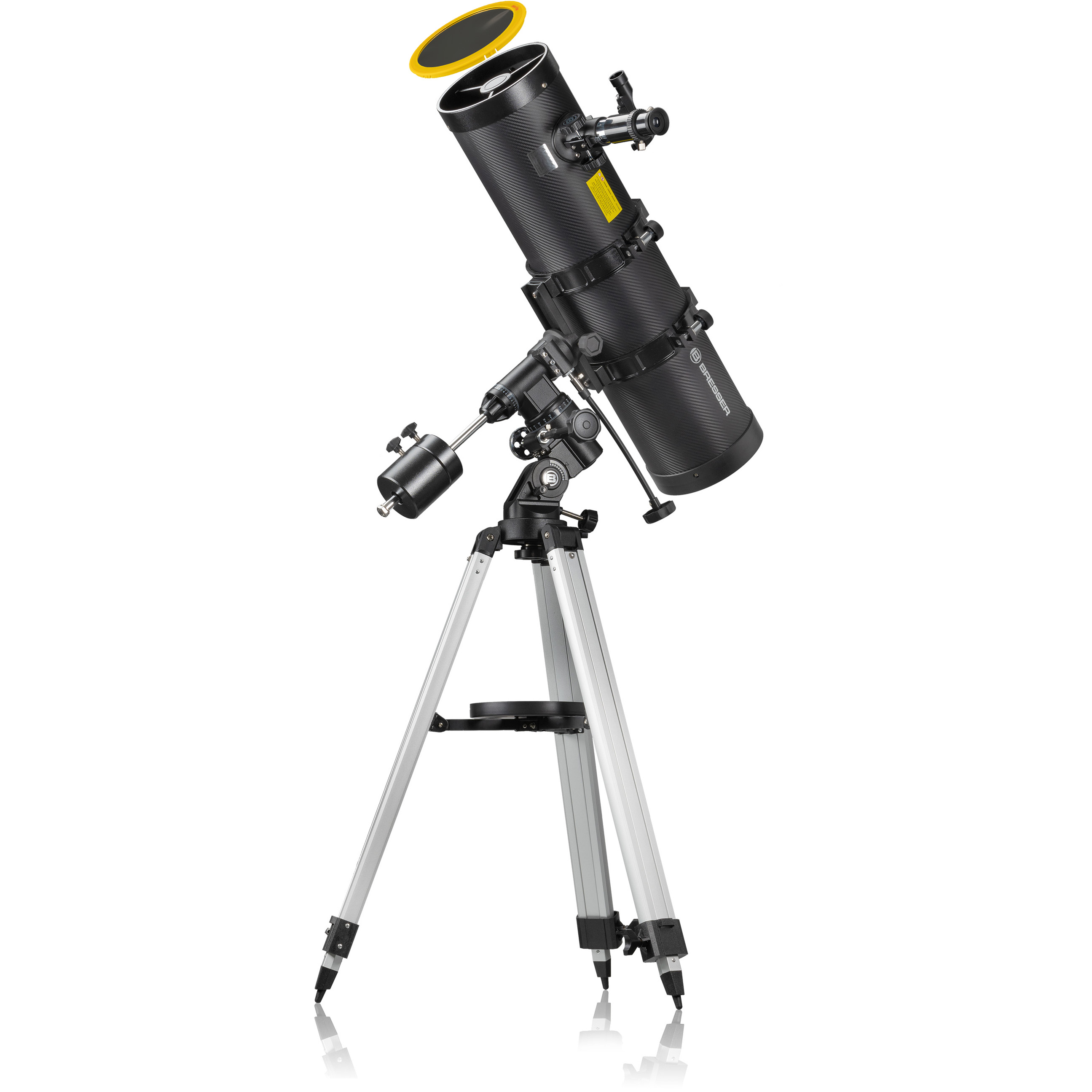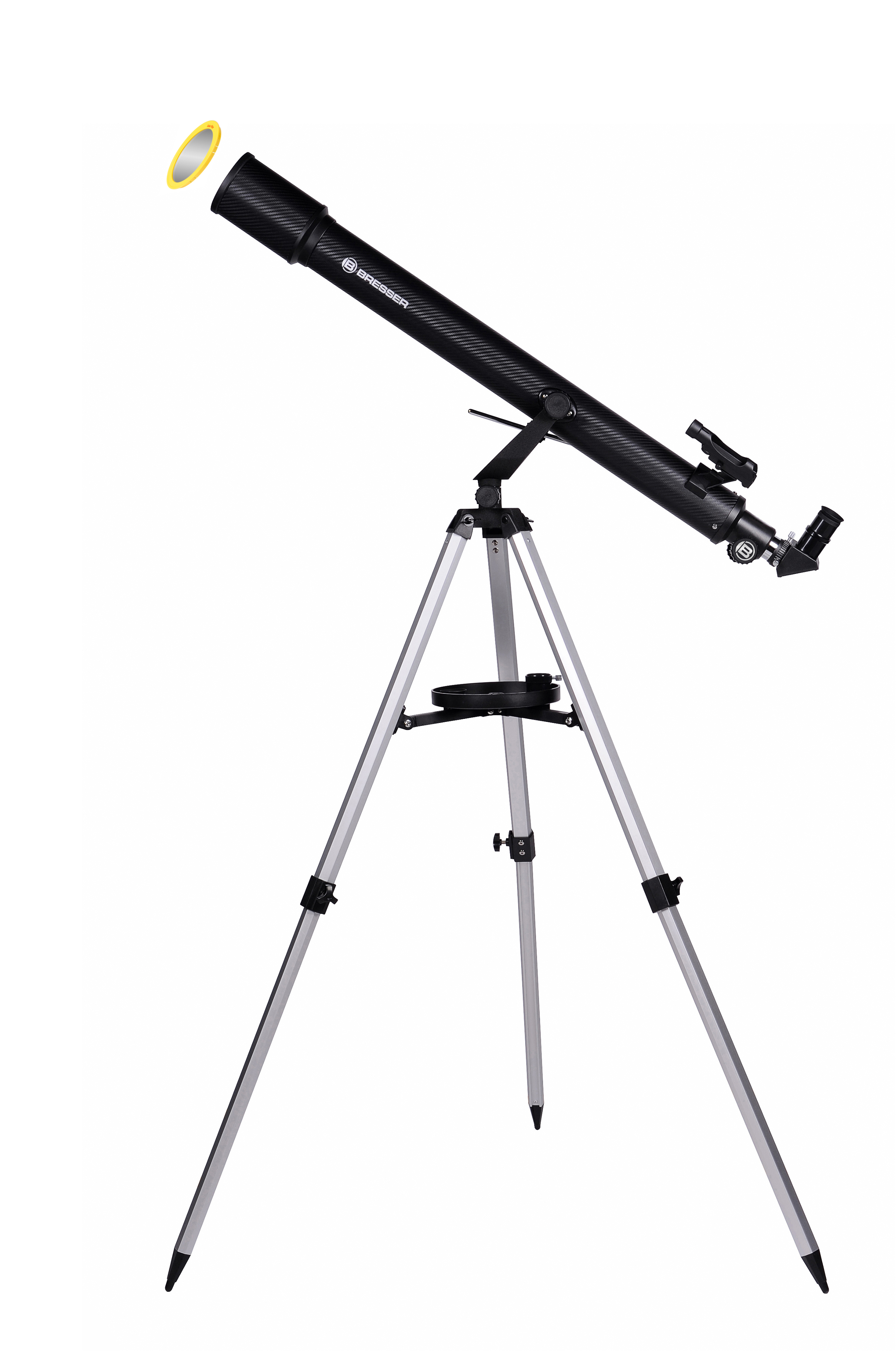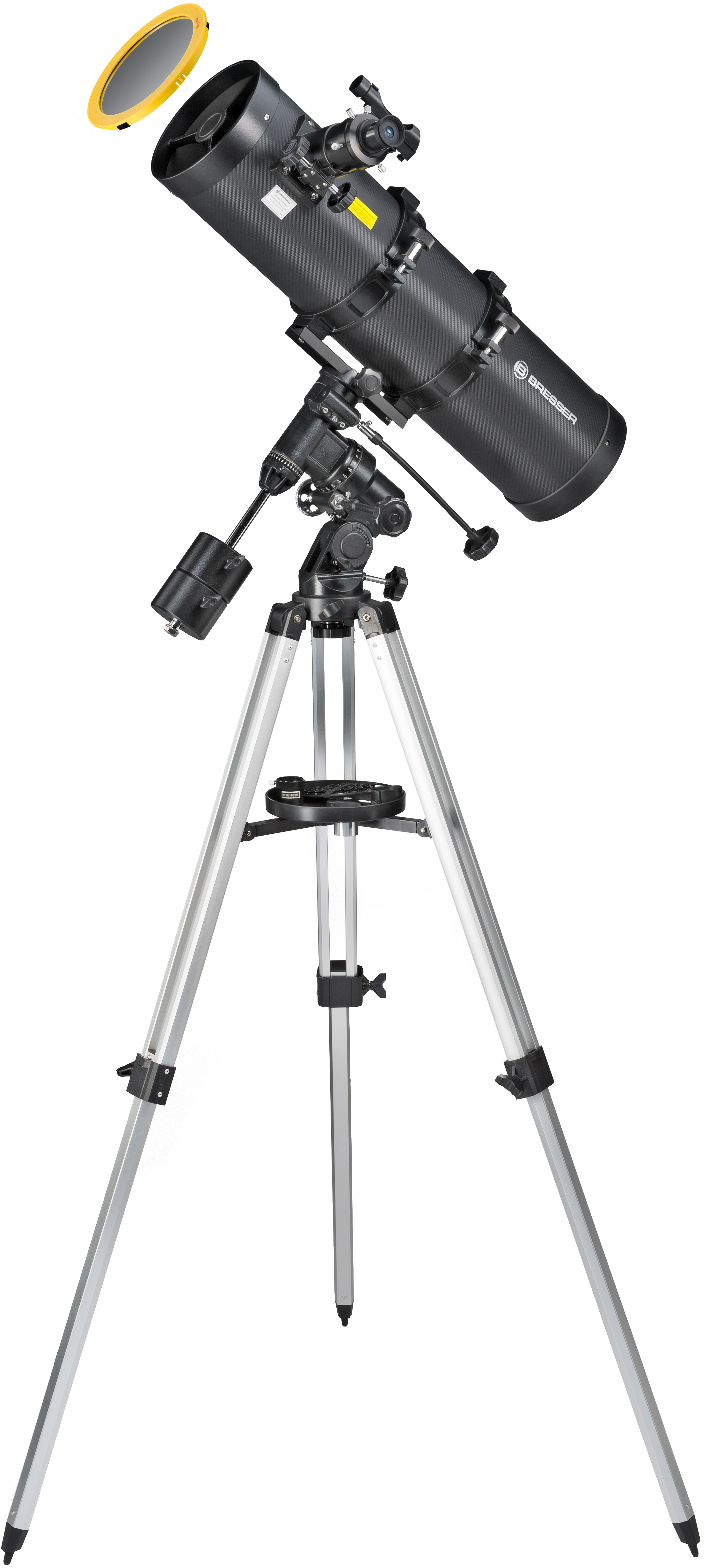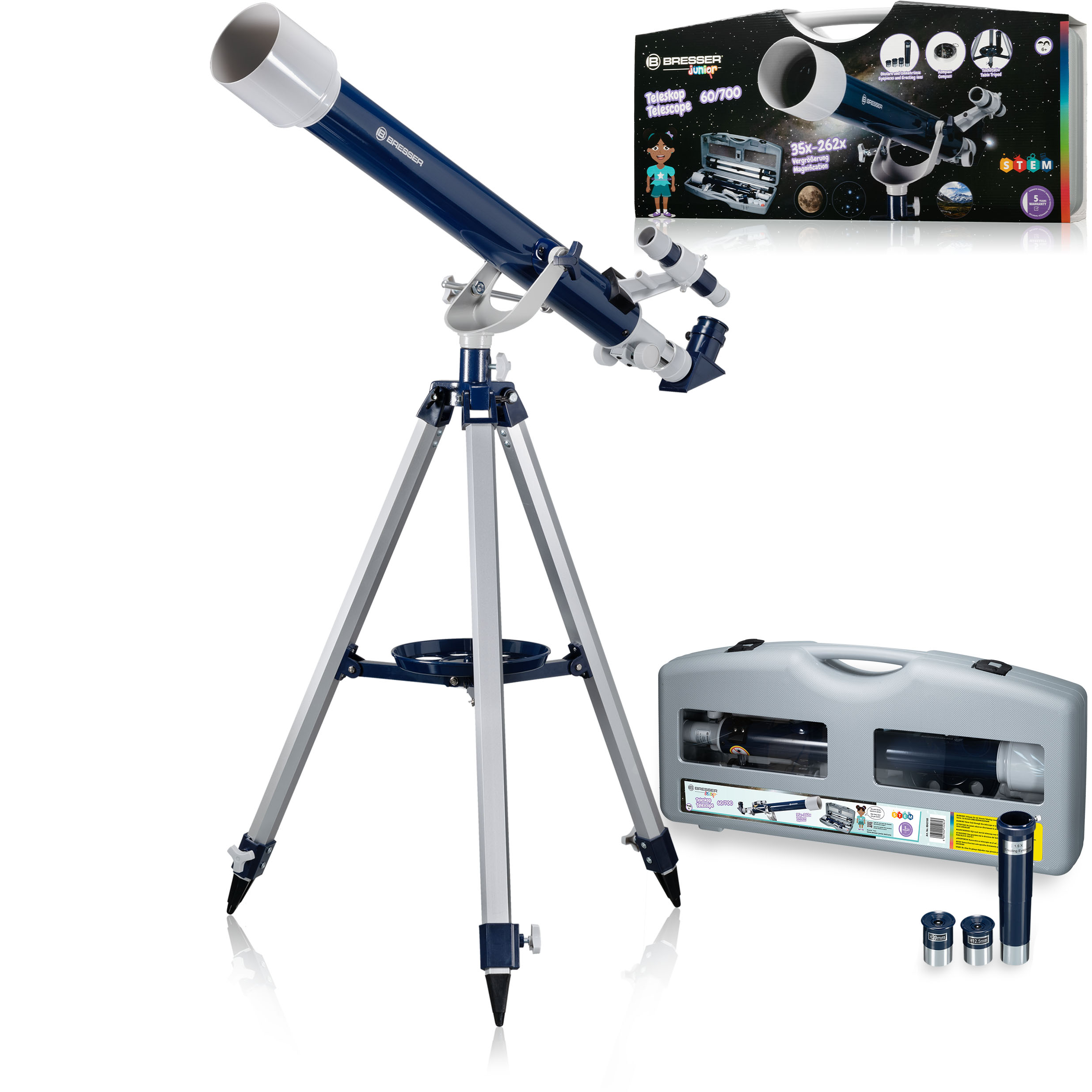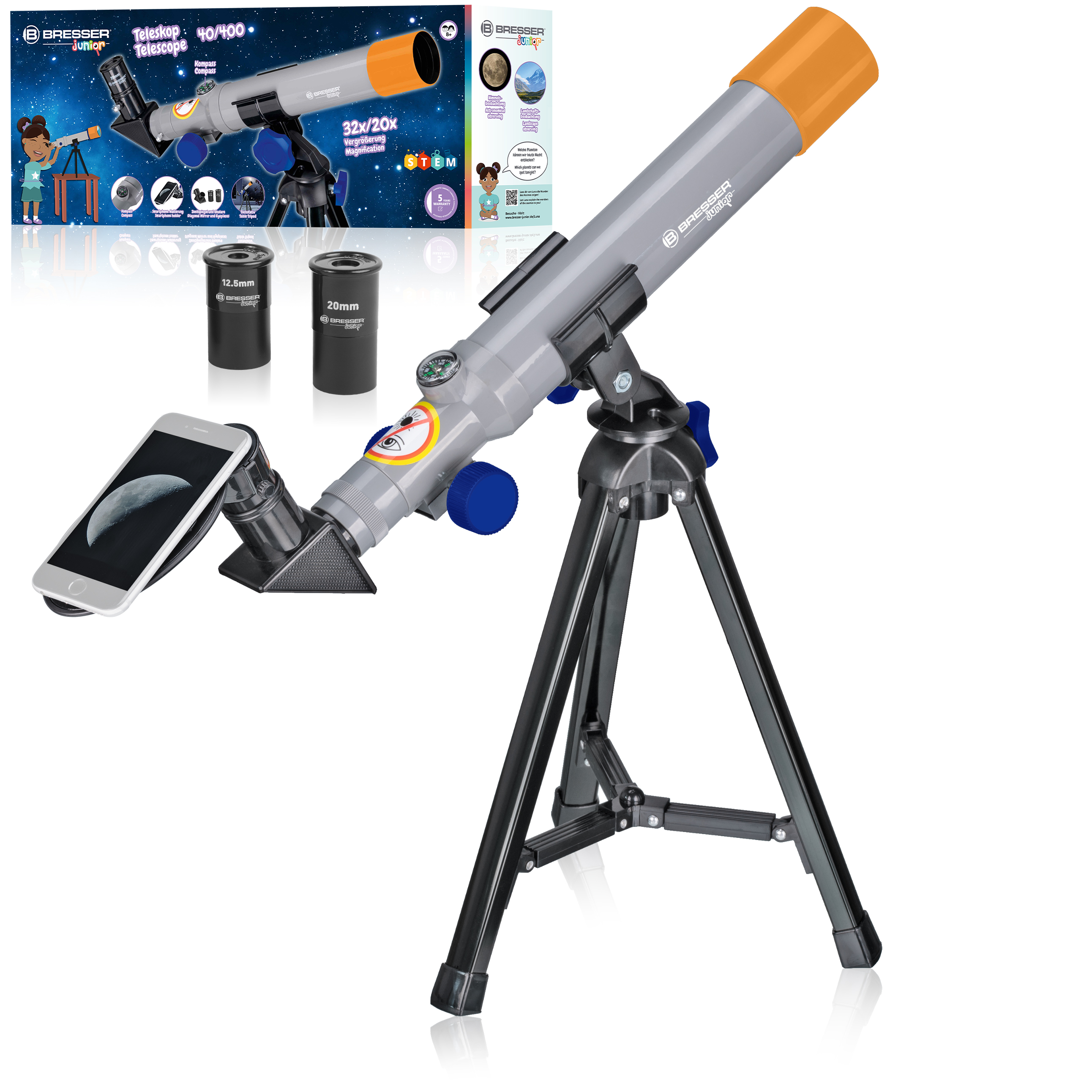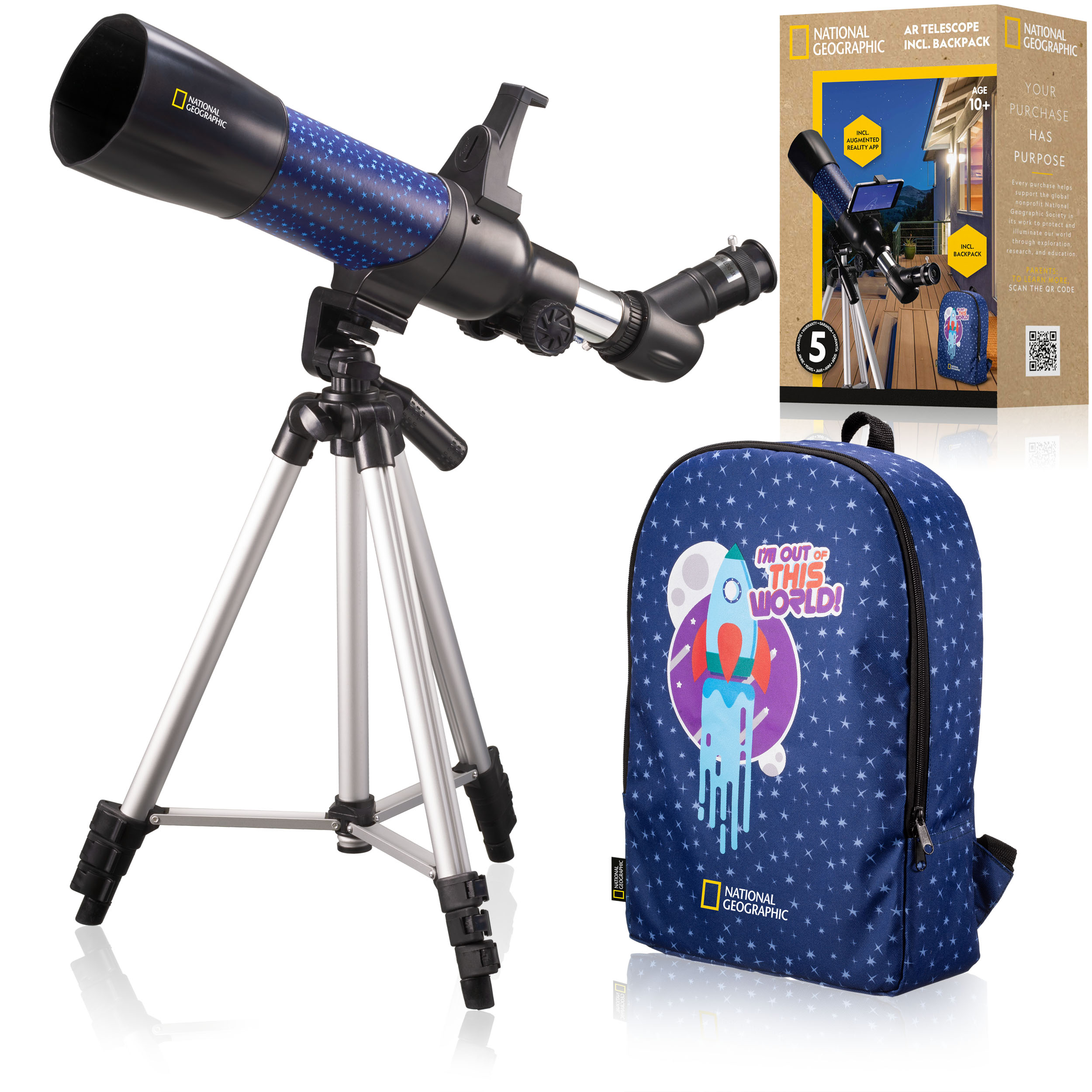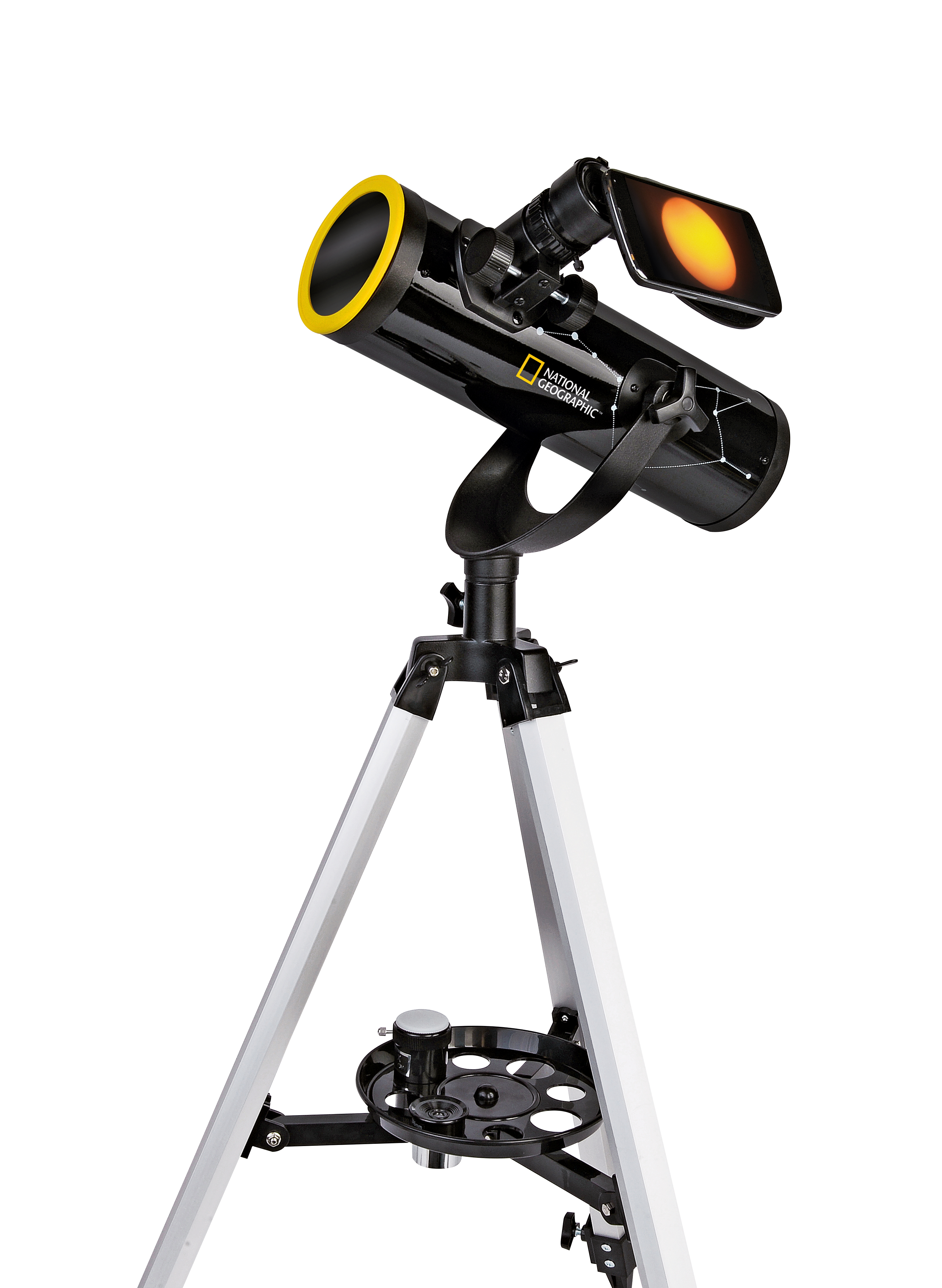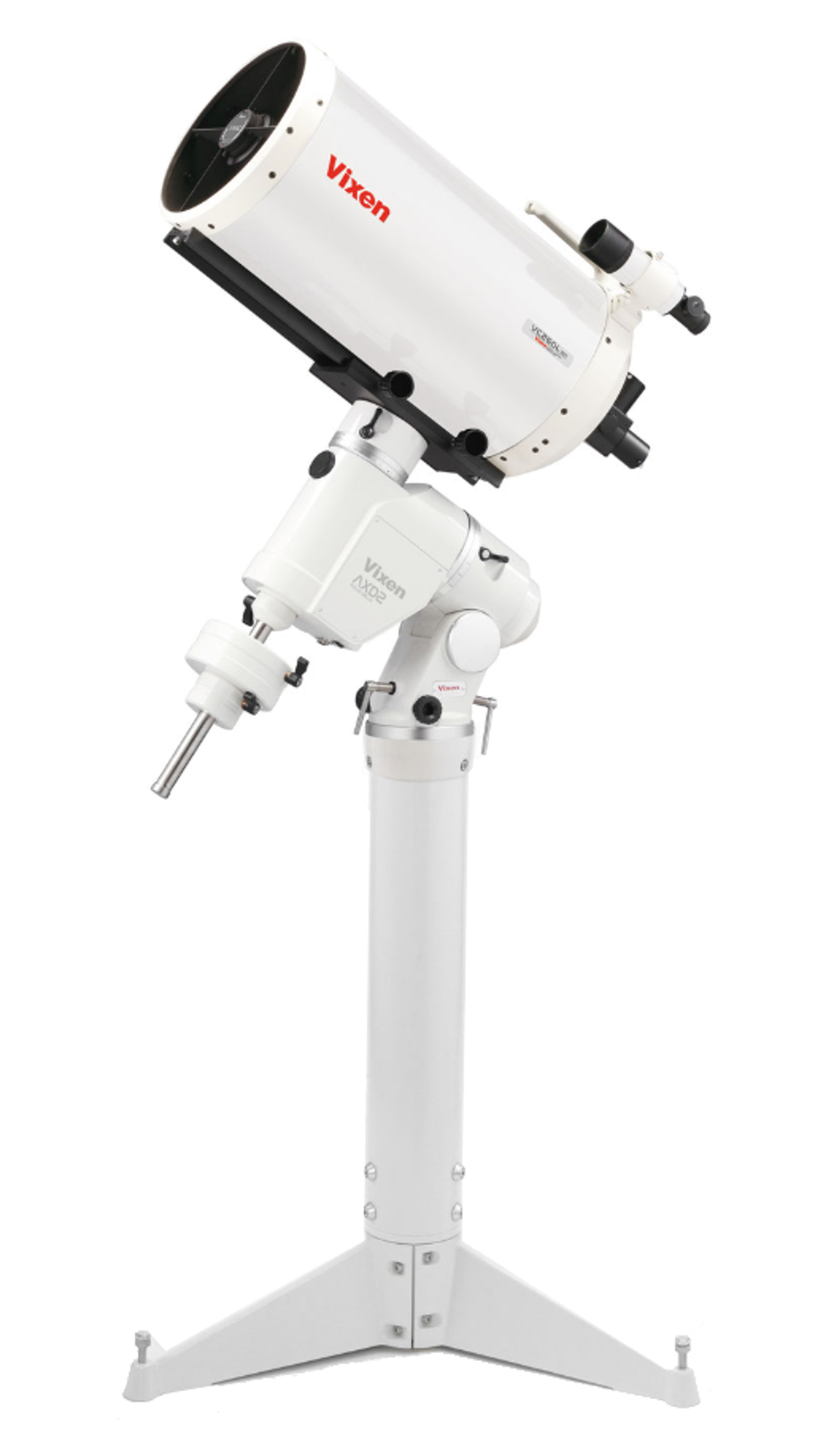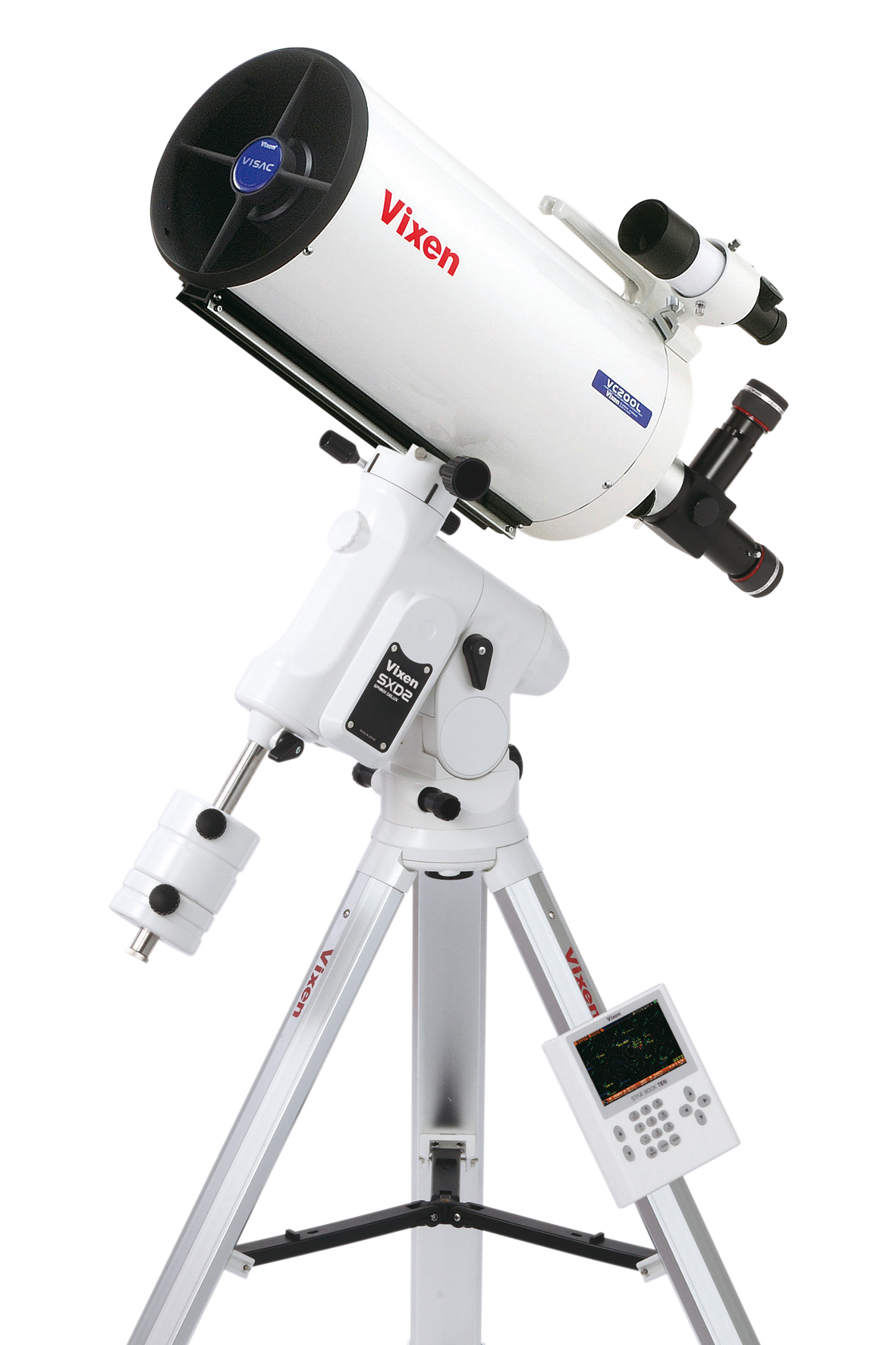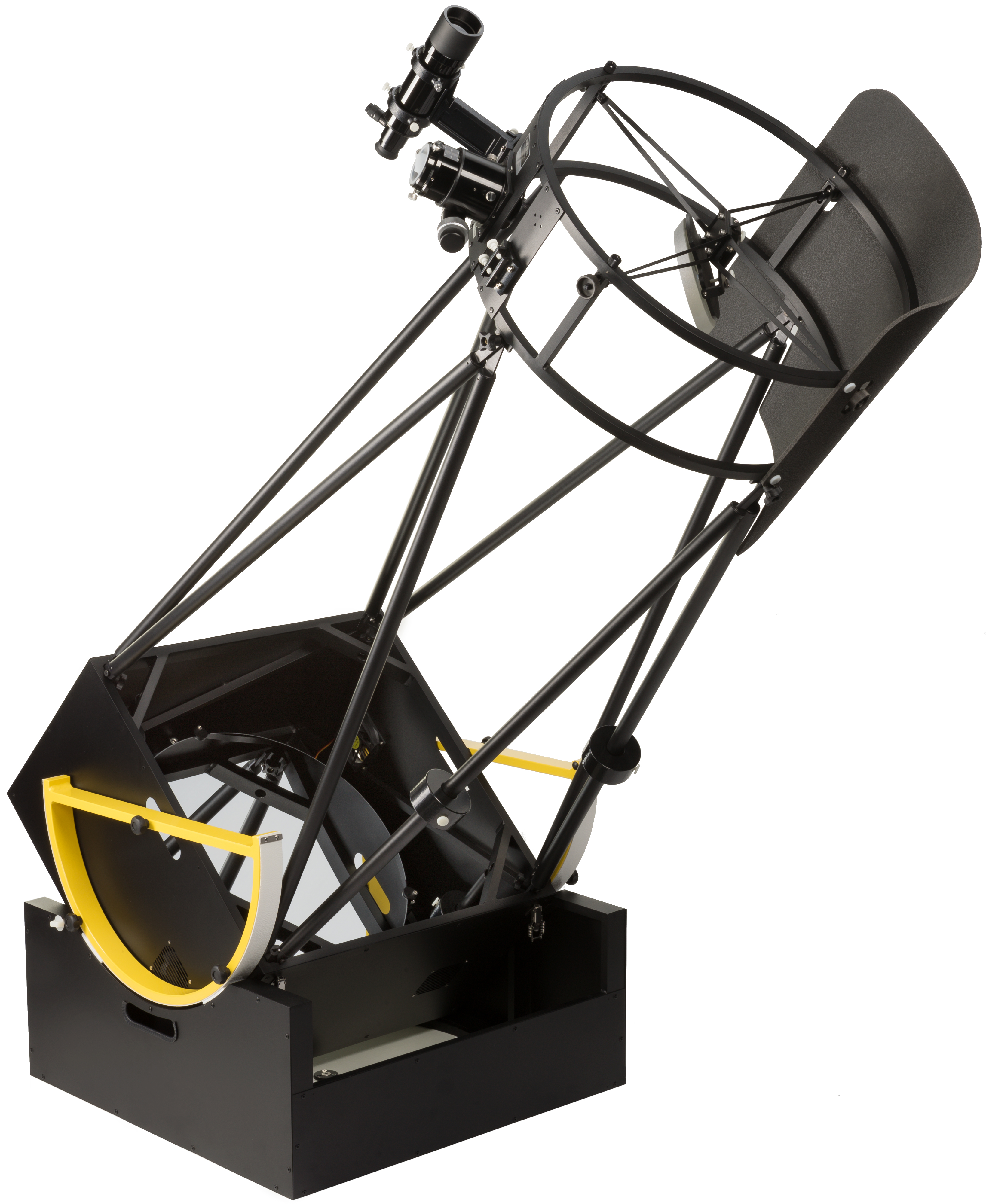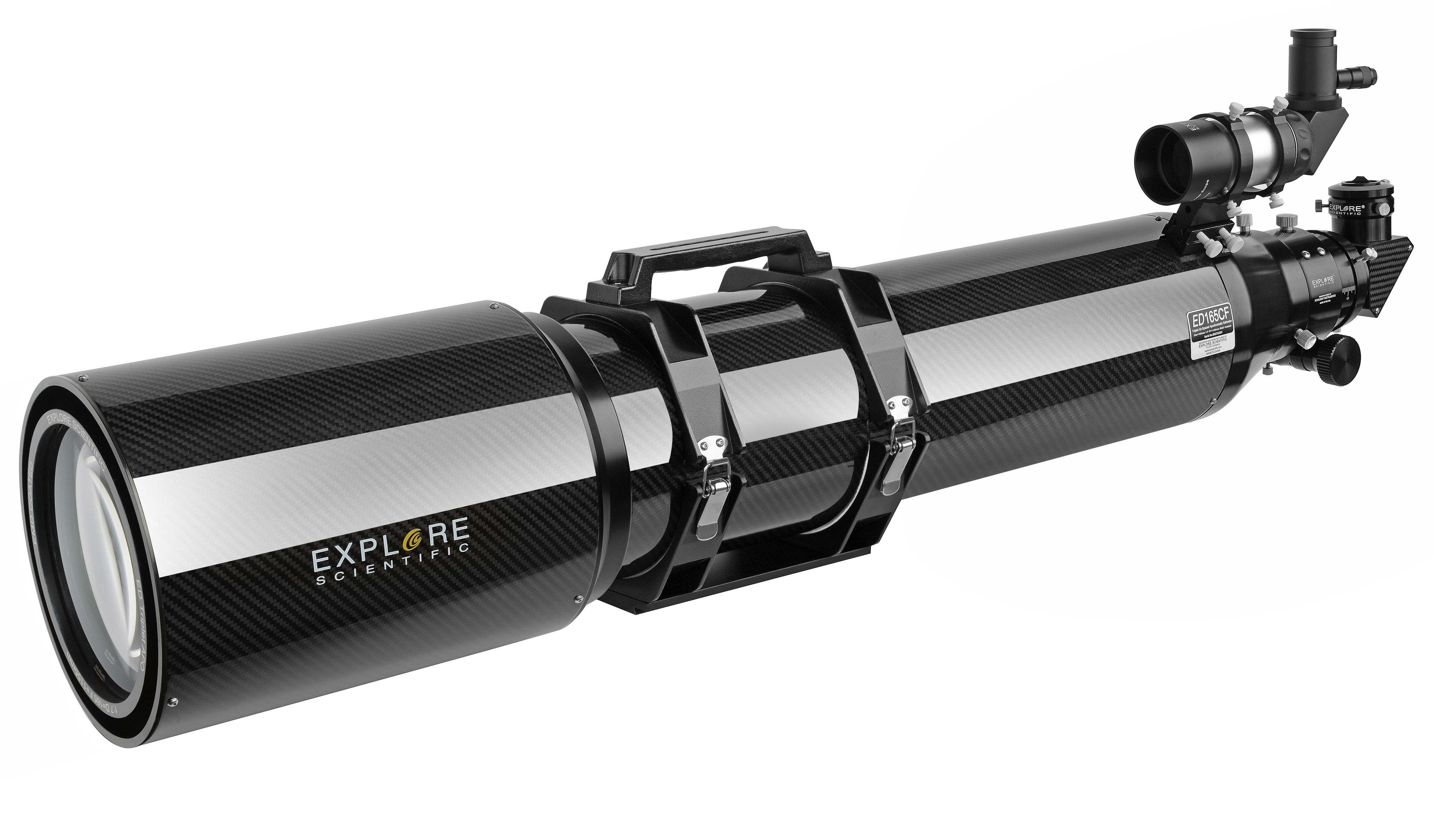
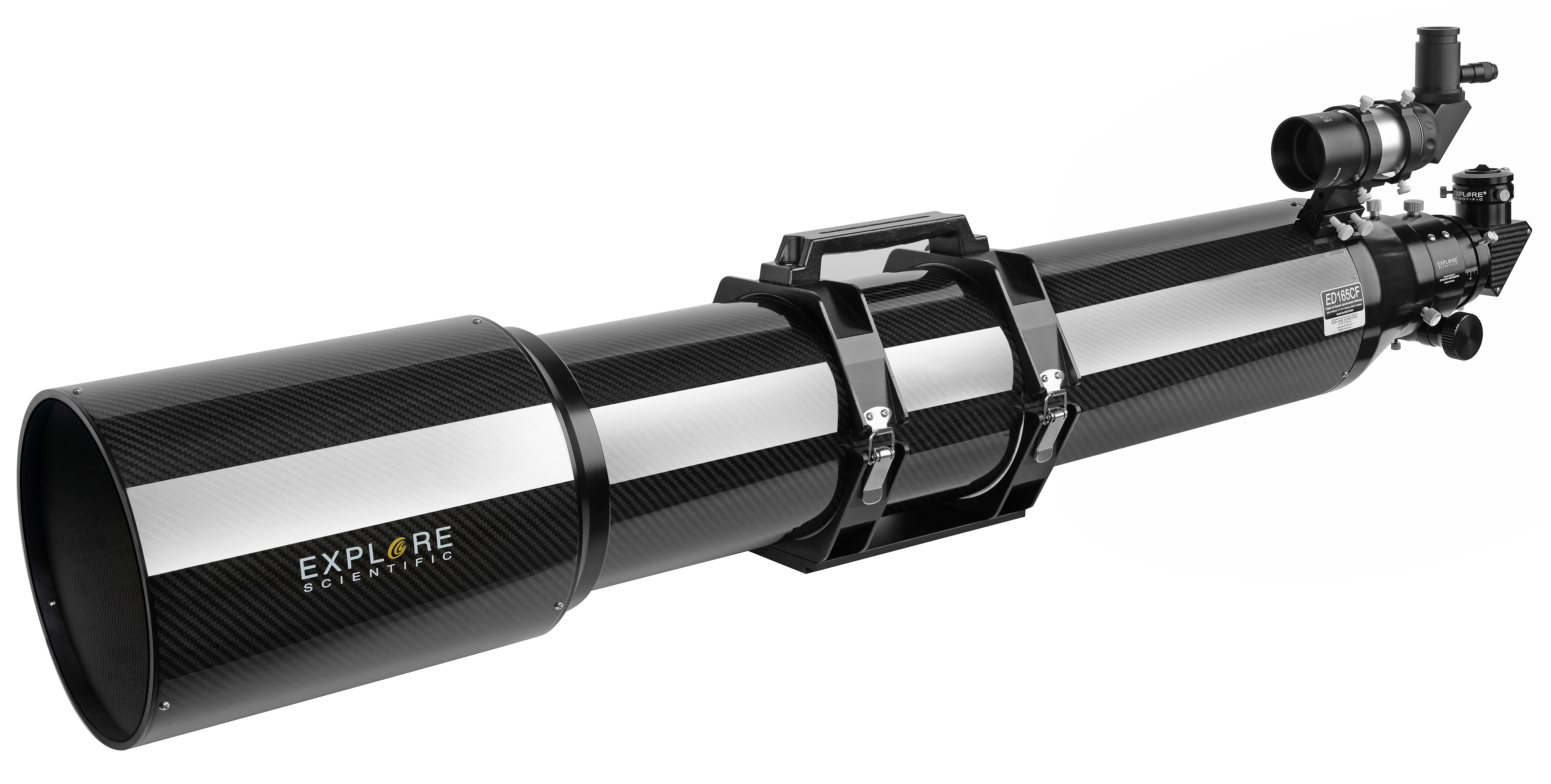
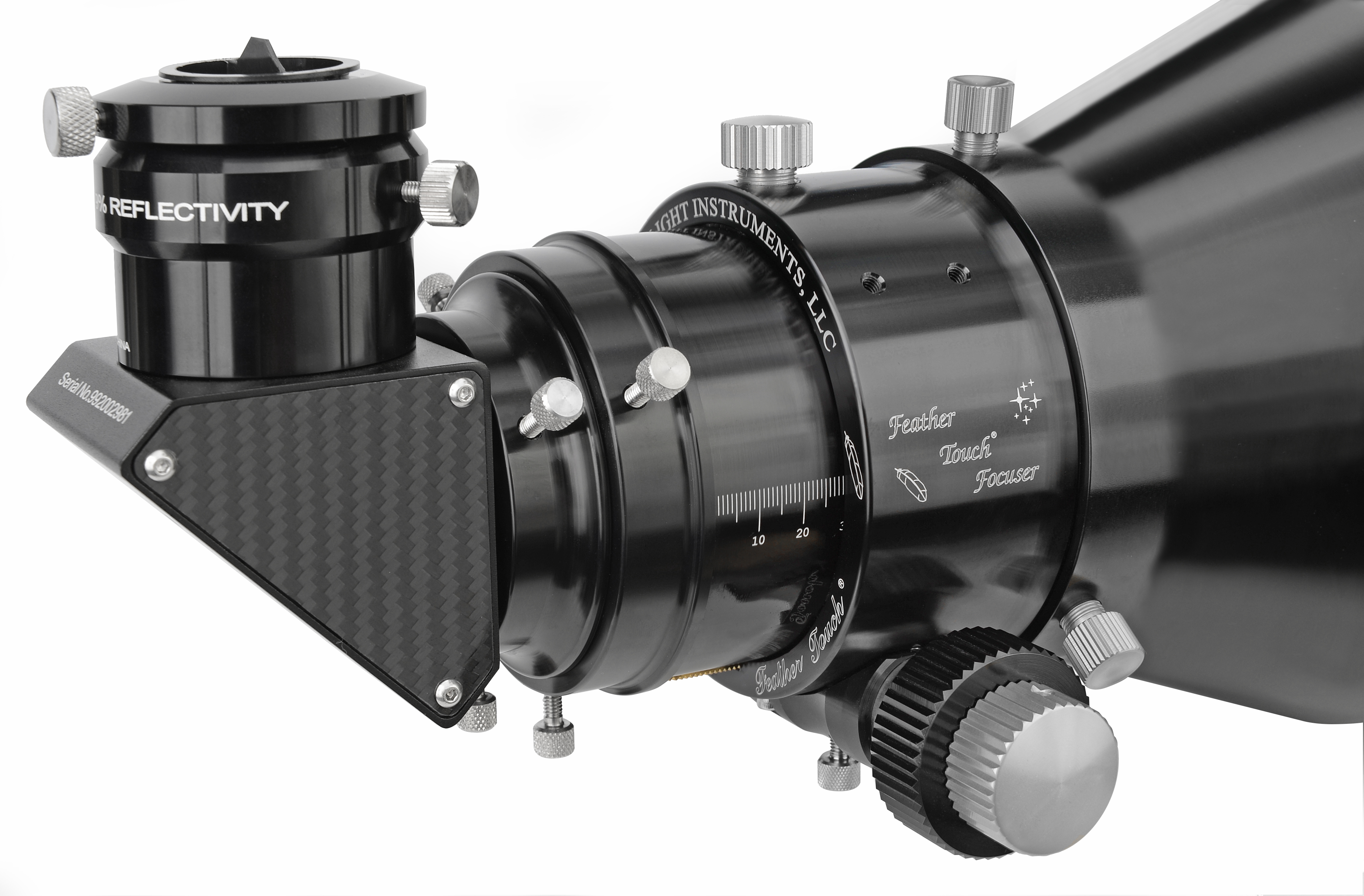
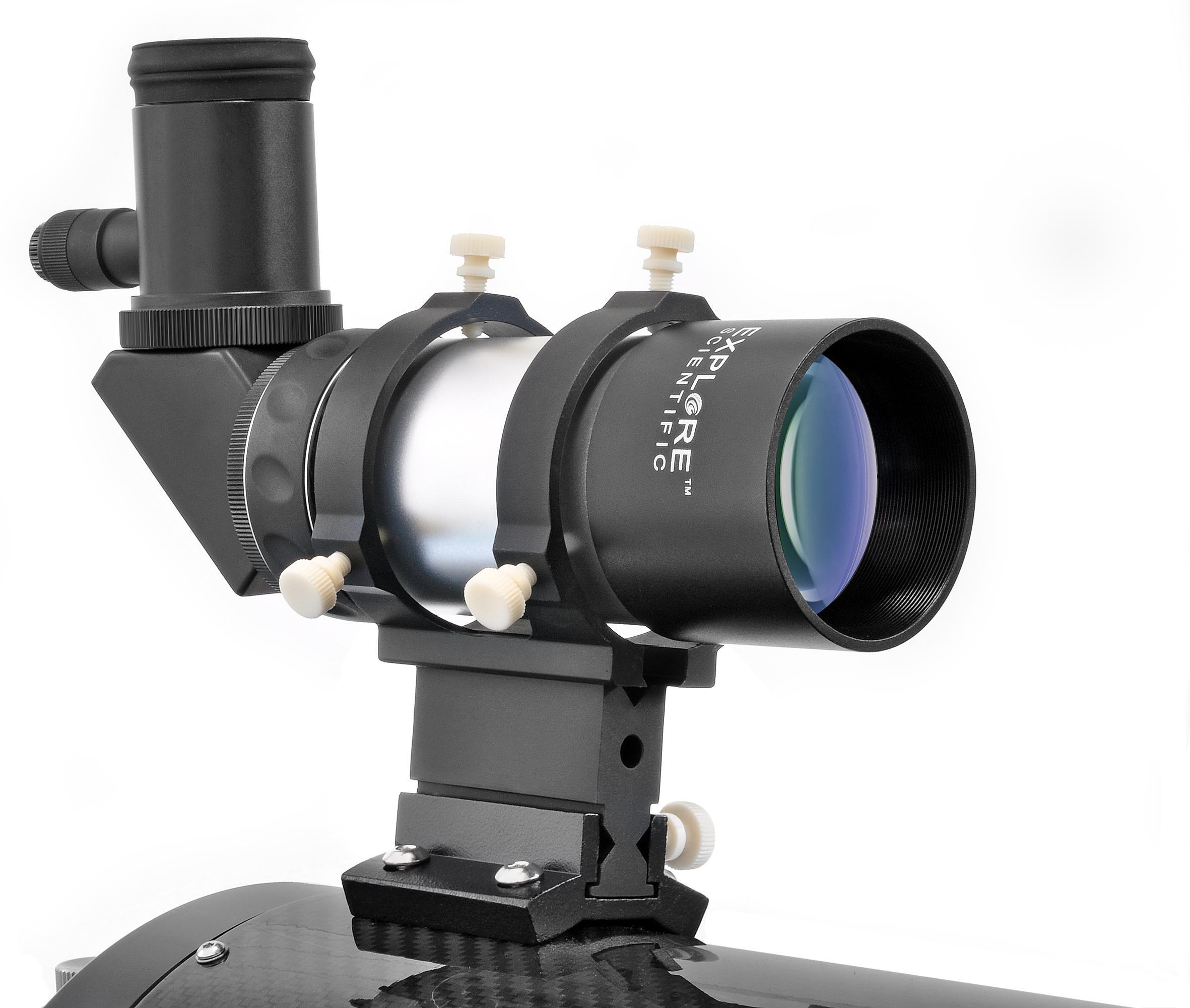
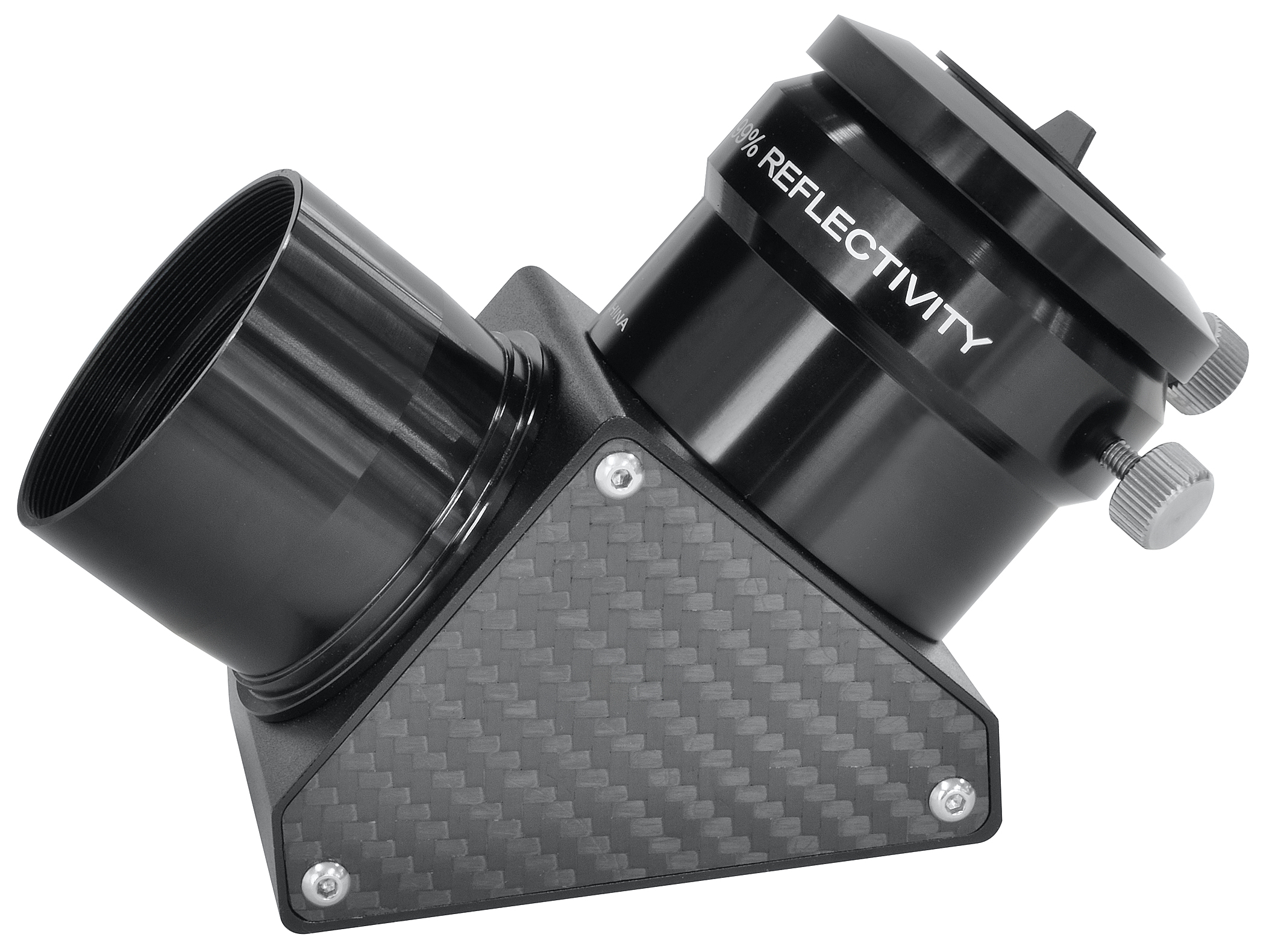
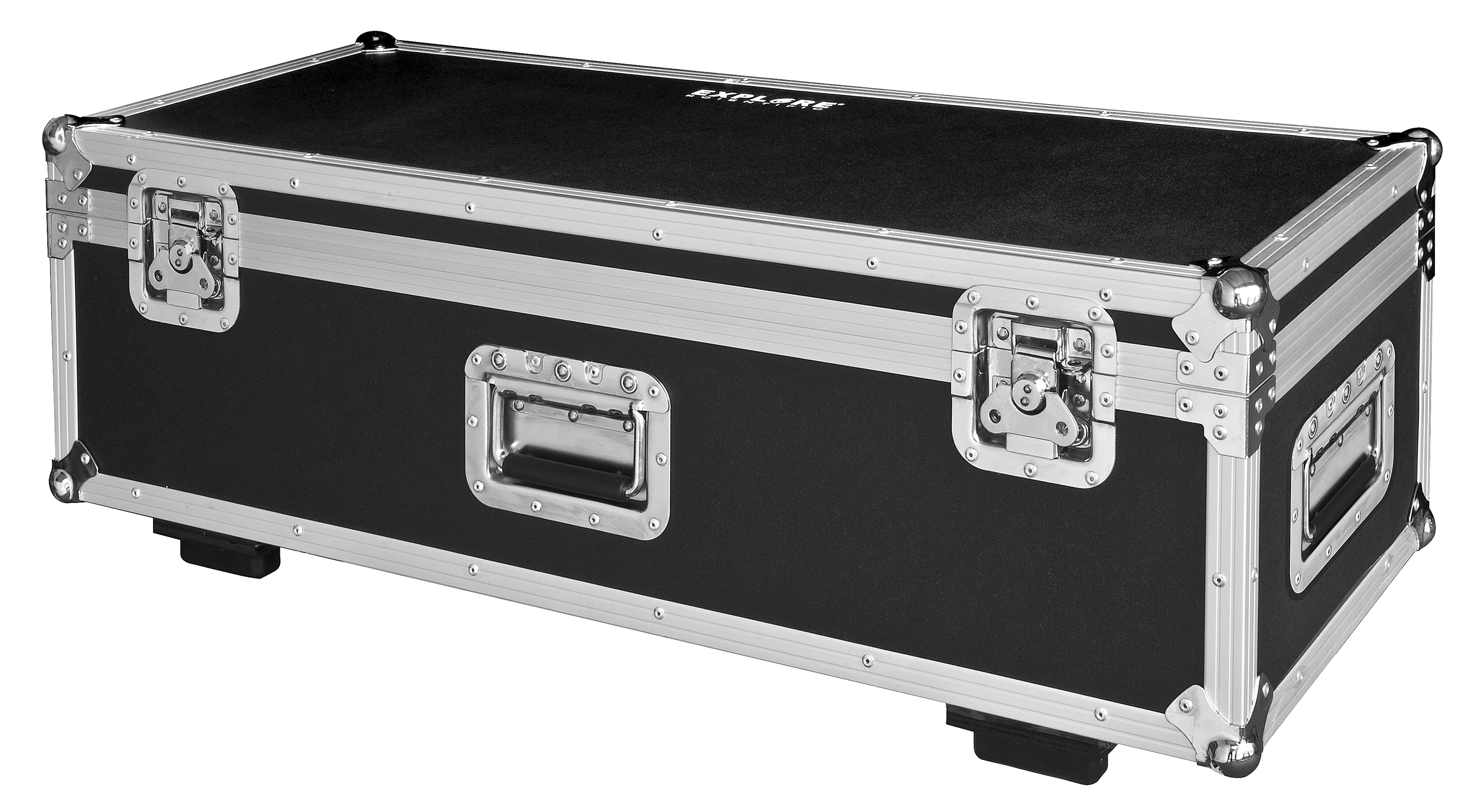
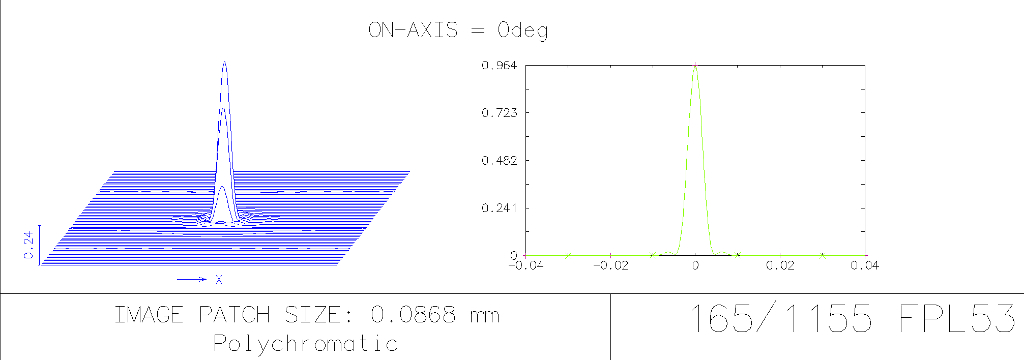





















165mm Reference class apo with carbon fiber tube and 3" Feathertouch focuser
- True color three-lens air spaced apochromat
- Aperture: 165mm; Focal length: 1155mm
- Feather Touch® True 3.0" Dia Dual Speed Focuser
- High end flight case with wheels
- Delivery: Optics with accessories and case
- Tuberings with handle included - handle features mounting place for cameras
- Excellent illuminated 8x50 finderscope with 90° view and erect image
- 3" Losmandy style dovetail plate
With BRESSER, you can enjoy a smooth introduction to the vast world of astronomy. Our detailed information ("Telescope Guide") provides valuable tips for beginners— but even experienced astronomers can use the information we provide (e.g., tables for the geographical latitude of all major world cities) as a reference.
Here is the table of contents of the comprehensive BRESSER Telescope Guide:
With BRESSER, you can enjoy a smooth introduction to the vast world of astronomy. Our detailed information ("Telescope Guide") provides valuable tips for beginners—but even experienced astronomers can use the information we provide (e.g., tables for the geographical latitude of all major world cities) as a reference.
Here is the table of contents of the comprehensive BRESSER Telescope Guide:
- 2. The View into the Starry Sky
- 2.1 Observing with the Naked Eye
- 2.1.1 Observing Constellations with the Naked Eye
- 2.2 Observing with Binoculars
- 2.2.1 Observing Planets and Moons with Binoculars
- 2.2.2 Observing Deep Sky Objects with Binoculars
- 2.2.3 Every Beginning is Easy
- 2.3 Observing with a Telescope
- 2.4 The Moon
- 2.4.1 The Moon Phases
- 2.4.2 The Far Side of the Moon
- 2.4.3 The Moon Map
- 2.4.4 Maria (Seas)
- 2.4.5 Mare
- 2.4.6 Craters
- 2.4.7 The Ray Craters
- 2.5 Observing the Solar System with a Telescope
- 2.5.1 Where are the Planets?
- 2.5.2 Planet Observation
- 2.5.3 The Position of the Planets Relative to the Sun
- 2.5.4 The Planets Introduce Themselves
- 2.5.5 Deep Sky Observation with a Telescope
- 2.6 Practical Observation Tips and Tricks
- 2.6.2 Tips for Optimal Observation Conditions
- 2.7 The Most Beautiful Objects Throughout the Year
- 4. Telescopes
- 4.1 The Telescope as an Observation Instrument
- 4.2 Optics
- 4.2.1 Refractor (Lens Telescope)
- 4.2.2 Reflector (Mirror Telescope)
- 4.3 Mechanics
- 4.3.1 Altazimuth Mount
- 4.3.2 Equatorial Mount
- 4.3.3 Drive Motors
- 4.4 Accessories
- 4.4.1 Eyepieces
- 4.4.2 Important Tips for Eyepiece Selection
- 4.4.3 Filters
- 4.4.4 Photographic Accessories
- 4.4.5 Other Accessories
- 5.1 Which Telescope for Whom?
- 5.1.1 Deep-Sky Observations
- 5.1.2 Observing Closer Planets
- 5.1.3 The Topic of Portability
- 5.1.4 Price Factor When Buying a Telescope
- 6. Useful Tables
- 6.1 Table for the Geographic Latitude of All Major World Cities
- 6.1.1 Observers in the Northern Hemisphere (N):
- 6.1.2 Observers in the Southern Hemisphere (S):
- 6.2 Lookup Table for Notable Stars
- 6.3 Getting Acquainted with the Universe - or: Distances in Space
These very popular EXPLORE SCIENTIFIC Triplet ED APO Refractors we do offer in 3 different product lines:
Essential Line:
HOYA FCD-1 Glass lens, AL-Tube, 2.0" Rack&Pinion Focusser with 1:10, 2.0" Star Diagonal 99% Reflectivity (see Part No. 0112084(AL), 0112106(AL), 0112132(AL)), 0112155(CF + 3"FT))
Professional Line:
HOYA FCD-100 Glas lens, AL/CF-Tube, 2.5" HEXAFOC Focusser with 1:10, 2.0" Star Diagonal 99% Reflectivity (see Part No. 0112086(AL), 0112108(AL), 0112109(CF), 0112134(AL), 0112135(CF))
High-End Line:
OHARA FPL-53 Glass lens, Carbon(CF) Tube, 3.0" Feather-Touch Focusser with 1:10, 2.0" Star Diagonal 99% Reflectivity (see Part No. 0112165(CF))
FEATURES
- excellent color correction
- Retractable dewshield
- Lightweight carbon fiber construction
- 165mm tube CF (165/1155mm (6.5" f/7.0)
- FTF3235B-A Feather Touch® True 3.0" Dia Dual Speed Focuser
- 2” Diagonal mirror with 99% coating
- 06-20160 90° illuminated finderscope with true oriented view
- Tube rings with handle
- 3“ Losmandy-type dovetail
- DeLuxe Flight case with wheels
| Colour: | Carbon Fiber |
|---|---|
| Focus Group [Telescopes]: | Advanced Amateurs, Specialists and Research, Visual enthusiasts |
| Focusing system: | FTF3235B-A Feather Touch® True 3.0" Dia Dual Speed |
| Material: | Carbon fibre |
| Material front lens or corrector plate: | Ohara Japan FPL-53 ED glass |
| Mount Type [Telescopes]: | Optics without Mount |
| Optical design: | Apochomatic Refractor |
| Product Family [Telescopes]: | Refractor telescope |
Accessories
Similar products
Customers also viewed
